|
Find out about 5 core character roles within a novel, and how the purpose they serve ensures the story stays focused.
|
|
Example from published fiction
Kate Hamer, The Girl in the Red Coat, Faber & Faber, 2015 (Kindle edition, Chapter 6) When I wake up in the morning everything's wonderful. For a moment I can't understand why. Then I remember: Mum's said if the weather's good we can go to the storytelling festival and that's today. |
Description beats
They help readers understand what characters are wearing, what they look like, what’s surrounding them, what they can hear, see, smell, touch or taste. That brings the scene alive.
|
Example from published fiction
Harlan Coben, Win, Arrow, 2021 (Kindle edition, Chapter 1) His name is Teddy Lyons. He is one of the too-many assistant coaches on the South State bench. He is six foot eight and beefy, a big slab of aw-shucks farm boy. Big T—that's what he likes to be called—is thirty-three years old, and this is his fourth college coaching job. From what I understand, he is a decent tactician but excels at recruiting talent. |
Dialogue beats
Like action beats, dialogue is an opportunity to bring depth to non-viewpoint characters in limited narrative styles. Their internal opinions and feelings – which we don’t have access to because we’re not in their heads – are revealed to us.
Why mixing up beats makes scenes more interesting
Writers and their publishing teams can use the drafting and editing stages to analyse the prose and evaluate whether there’s sufficient balance.
How to analyse a scene for beat balance
Approach 1
One way of approaching this is to think not in terms of the different types of beats but instead in terms of what they contribute, and whether there’s too much or too little.
And so writers and their editors can ask: Which of the following should the reader experience in this scene, and are they present? Here’s a summary of those elements:
- Sensibility (via emotion beats)
- Movement (via action beats)
- Breathing space (via inaction beats)
- Stability (via description beats)
- Expression (via dialogue beats)
An over-reliance on dialogue – even if it’s extremely well written – leaves a reader with no nudges about the emotions characters are experiencing or the environment they’re operating in. It’s two or more talking heads on a page.
If there should be expression in the scene, but the characters are chattering too much, think how you might turn the volume down, or at least disrupt it.
Consider introducing a few action, description and emotion beats. Or even turn some of the information contained within the speech into narrative.
An over-reliance on objective description – even if it gives the reader a rich sense of the environment – leaves readers with no way of accessing mood. It’s a menu of what’s where.
Description should stabilise the scene, not crush it so that it’s as flat as a pancake.
Help readers get under the skin of the characters and their environment by adding emotion or dialogue, or a little action that gives the scene some movement.
An over-reliance on emotion can be draining and doesn’t give the reader the chance to take a breath. It’s like a counselling session.
If there should be emotion, but a character’s self-absorption is swamping a reader’s ability to make sense of the environment, introduce description and action beats to ground the reader a little more objectively.
|
Approach 2
Another option is to colour-code the text in a scene according to what type of beats are in play. This can help authors and editors evaluate whether one type of beat is overbearing, and where they might add in additional types of beat to disrupt that dominance. It's a powerful way of communicating the problem visually and quickly. |
Summing up
Other resources you might like
- Editing Fiction at Sentence Level: book
- Fiction editing line craft: books
- How to Line Edit for Suspense: multimedia course
- How to Write the Perfect Editorial Report: multimedia course
- Narrative Distance: multimedia course
- Resource library
- Switching to Fiction: multimedia course
She is an Advanced Professional Member of the Chartered Institute of Editing and Proofreading (CIEP), a member of ACES, a Partner Member of The Alliance of Independent Authors (ALLi), and co-hosts The Editing Podcast.
- Get in touch: Louise Harnby | Fiction Editor & Proofreader
- Connect: Twitter at @LouiseHarnby, Facebook and LinkedIn
- Learn: Books and courses
- Discover: Resources for authors and editors
Summary of Episode 96
- What's distinctive about editing crime fiction and thrillers
- What a good line editor needs to look out for
- What new entrants to the field need to study
- Marketing ideas
- Top tips for being a successful freelance editor/proofreader
- Do fiction editors use style guides?
Related resources
Join our Patreon community
Music credit
She is an Advanced Professional Member of the Chartered Institute of Editing and Proofreading (CIEP), a member of ACES, a Partner Member of The Alliance of Independent Authors (ALLi), and co-hosts The Editing Podcast.
- Get in touch: Louise Harnby | Fiction Editor & Proofreader
- Connect: Twitter at @LouiseHarnby, Facebook and LinkedIn
- Learn: Books and courses
- Discover: Resources for authors and editors
What’s in this post ...
- Why the start of a sentence is important.
- What filter words are.
- How filter words reduce momentum.
- How filter words make space for reflection.
Why the start of a sentence is important
While a novel that reads like a Google snippet from start to finish isn’t likely to win any prizes, the principle is worth paying attention to because the information at the start of a novel’s sentence is still what the reader will pay most attention to.
The start of a sentence is therefore valuable real estate. If filter words are being assigned to that top spot too often, more interesting subjects and verbs are likely being demoted.
What are filter words?
- Sunlight filtered through the tree canopy.
- Over the next couple of hours, information about the explosion filtered out of the camp.
- The children filtered through the turnstile and lined up in in yard.
In literature, filter words are verbs that do a similar thing – they slow down the reader’s access to what the viewpoint character is experiencing.
Examples include 'watched', 'saw', 'noticed', 'spotted', 'looked at', 'felt', 'thought', 'wondered', 'heard', 'realised' and 'knew'.
Take a look at this short excerpt from Chapter 2 of Razorblade Tears by S.A. Cosby.
Ike is the viewpoint character, which means we experience the scene from his perspective.
Notice first what’s front-loading those two sentences. The subjects (Ike in the first, ‘she’ – Ike’s wife – in the second) and the verbs ‘let go’ and ‘slumped’.
That front-loading forces our gaze outwards – first towards Ike, then towards the movement of Ike’s wife’s body.
Now let’s introduce a filter word.
Now the second sentence is front-loaded with a new verb – ‘watched’. Our access to the movement (the slumping) has been slowed down. We can’t shift directly to it without taking an extra step that involves centring our gaze for just a second on Ike’s watching.
In that brief moment, we’re no longer looking outward at what Ike’s experiencing. Instead, we’re looking inward at Ike and how he acquires that experience – by watching.
Less experienced writers can be tempted to overuse filter words. Indeed, it’s one of the most common problems I see in my editing studio. At sentence-level revision stage – whether that work’s being done by the writer themselves or with the help of a professional editor – it’s therefore worth watching out for them and assessing whether they’re impeding the novel’s pace.
When filter words reduce momentum
Problematic filter words can appear anywhere in a sentence, but front-loading sentences with them is even more likely to rip the momentum out of the prose. If you want your readers to focus on the action, make sure that any you retain are earning their keep.
Take a look at an excerpt from a published thriller that I’ve fiddled with. It’s a heist scene and the action takes place in a matter of seconds. The viewpoint character is coked up to his eyeballs and desperate, acting on impulse.
Ronnie struck the manager just above her right eye with the butt of the .38. He watched as a divot the width of a popsicle stick appeared above her eye. Blood spewed from the wound like water from a broken faucet.
The three instances of filtering moderate the pace and draw our attention towards the narrator’s doing knowing, thinking and watching, none of which are as interesting as what he knows, thinks and watches. All those filter words act as barriers that the reader has to jump over in order to get to the action.
We could even argue that they introduce a sort of voyeurism – as if Ronnie is reflecting on the impact of his violence, almost in slow motion. But that’s not what’s going on here. Rather, he’s wired, out of control and operating in the moment.
And that’s why the unadulterated version of Blacktop Wasteland (p. 113) – also by S.A. Cosby – is perfect:
|
Under normal circumstances he would never put his hands on a lady. However, these were not normal circumstances. Not by a long shot.
Ronnie struck the manager just above her right eye with the butt of the .38. A divot the width of a popsicle stick appeared above her eye. Blood spewed from the wound like water from a broken faucet. |
The filter words have gone, and with them the unintended pathological introspection, but the momentum is restored. We're in the moment with Ronnie as he lashes out. It's no less violent but the pace of the prose now mirrors the action authentically.
When filter words make space for reflection
Let’s take a look at another example from Cosby’s Razorblade Tears, this one also from Chapter 2.
The filter phrase is ‘looked at’, and it’s important. Ike is looking hard at what’s in front of him. As will be revealed later, this girl is his murdered son’s daughter. Ike recalls something he’d said to his son a few months earlier: ‘But that little girl, she gonna have it hard enough already. She's half Black. Her mama was somebody you paid to carry her, and she got two gay daddies. So now what?’
Ike and his wife will now be raising the little girl. Cosby wants to focus our attention inward for a moment on Ike’s reflection, and the filter word makes space for that.
While filter words can be effective when they’re used to create a sense of introspection, littering prose with them will be disruptive and pull the reader out of the viewpoint character's headspace. In other words, the psychic or narrative distance will be widened and we’ll feel disconnected from the immediacy of the character’s experience.
For that reason, always use filter words judiciously. In the above example, Cosby offers just a single nudge, and it’s enough.
Summing up
- When filter words front-load a sentence, they’re the first thing a reader notices.
- They destroy momentum and so are often best avoided in pacy action scenes, regardless of their position.
- And even if they do serve a purpose – focusing a reader’s attention inwards on how the viewpoint character acquires the experience they’re reporting (by looking, thinking, feeling etc.) – it's worth keeping their use to a bare minimum. One nudge will likely be enough.
Further reading
- For editors: Fiction editing learning centre
- For authors: Line craft learning centre
- Becoming a Fiction Editor (free booklet for editors)
- Blacktop Wasteland, Cosby, S.A., Headline, 2020
- Editing Fiction at Sentence Level (book for editors and authors)
- Filter words in fiction: Purposeful inclusion and dramatic restriction (blog post)
- Making Sense of ‘Show, Don’t Tell’ (book for editors and authors)
- Narrative Distance: A Toolbox for Writers and Editors (course)
- Razorblade Tears, Cosby, S.A., Headline, 2021
- Switching to Fiction (course for editors)
She is an Advanced Professional Member of the Chartered Institute of Editing and Proofreading (CIEP), a member of ACES, a Partner Member of The Alliance of Independent Authors (ALLi), and co-hosts The Editing Podcast.
- Get in touch: Louise Harnby | Fiction Editor & Proofreader
- Connect: Twitter at @LouiseHarnby, Facebook and LinkedIn
- Learn: Books and courses
- Discover: Resources for authors and editors
In this post ...
- Clutter check #1: Reviewing filter words
- Clutter check #2: Reviewing speech tags
- Clutter check #3: Reviewing action beats
Clutter check #1: Review your filter words
Too many filter words that explain this sensory behaviour in action can make prose feel told rather shown, and increase narrative distance.
Examples include ‘noticed’, ‘seemed’, ‘spotted’, ‘saw’, ‘realized’, ‘felt’, ‘thought’, ‘wondered’, ‘believed’, ‘knew’ and ‘decided’.
Removing them focuses the reader’s gaze outwards on what is being experienced.
Sometimes an author wants an inward focus, but it’s often the case that the reader will assume that an odour is being smelled, a view is being seen, a thought is being thought, and knowledge is being known.
Review your narrative and consider whether the removal of a filter word would make the prose shorter and more immersive.
Here are some examples:
|
WITH FILTER
|
FILTER REMOVED
|
|
Danni knew there was a door in the back of the hut that led into the woods. She could make her escape there.
[Reader’s gaze focuses inwards on Danni’s doing the action of knowing.] |
There was a door in the back of the hut that led into the woods. She could make her escape there.
[Reader assumes it’s Danni doing the knowing since she’s the viewpoint character, and focuses outwards on the solution – the door.] |
|
The backdoor – it leads to the woods, Danni thought.
[Reader’s gaze focuses inwards on Danni’s doing the action of thinking.] |
The backdoor – it leads to the woods.
[Reader assumes the thought belongs to Danni, and focuses on the substance of the thought.] The backdoor – it led to the woods. [This alternative uses free indirect style; it frames the thought in the novel’s base tense and narrative style – third-person past.] |
|
He flung open the door and saw the gunman standing over by the window, rifle trained on the street below.
[Reader’s gaze focuses inwards on the man’s doing the action of seeing.] |
He flung open the door.
The gunman stood over by the window, rifle trained on the street below. [Reader assumes it’s the man doing the seeing since he’s the viewpoint character, and focuses outwards on the gunman.] |
Clutter check #2: Review speech tags
Review your dialogue tags and consider the following:
- Is the tag necessary?
- Is the tag taking centre stage?
- Is the tag illogical?
If there are only two characters in a scene, it might be obvious who’s speaking, which gives the author space to introduce reminder nudges only now and then.
|
ALL THE TAGS!
|
REDUCED TAGGING
|
|
‘There’s a door at the back of the hut,’ Danni said.
‘You’re sure it isn’t locked?’ I said. ‘No,’ she said. ‘Trish never locks it. Not since the fire.’ ‘And that’ll get us into the woods?’ I said. ‘Yup. There’s a track. It’s overgrown but I know the way. Used it all the time when I was young and foolish,’ she said. ‘What do you mean was?’ I said. ‘You’re too funny,’ she said, and pulled a face. |
‘There’s a door at the back of the hut,’ Danni said.
‘You’re sure it isn’t locked?’ ‘No. Trish never locks it. Not since the fire.’ ‘And that’ll get us into the woods?’ ‘Yup. There’s a track. It’s overgrown but I know the way. Used it all the time when I was young and foolish.’ ‘What do you mean was?’ I said. Danny pulled a face. ‘You’re too funny.’ |
Showy speech tags scream their presence from the page, and shift the reader’s attention away from the dialogue and onto the tag. They often tell what the dialogue’s already shown, and indicate a lack of trust in the reader to get the speech. Examples include ‘exclaimed’, ‘opined’, ‘commanded’
|
TAG TAKES CENTRE STAGE
|
DIALOGUE TAKES CENTRE STAGE
|
|
‘Watch out!’ Danni warned.
|
‘Watch out!’ Danni said.
|
|
‘Yup. There’s a track. It’s overgrown but I know the way. Used it all the time when I was young and foolish.’
‘What do you mean was?’ I joked. |
‘Yup. There’s a track. It’s overgrown but I know the way. Used it all the time when I was young and foolish.’
‘What do you mean was? |
|
EXPRESSION TAG
|
ACTION BEAT
|
|
‘No,’ Danni grimaced. ‘Trish never locks it. Not since the fire.’
|
‘No.’ Danni grimaced. ‘Trish never locks it. Not since the fire.’
|
|
EXPRESSION TAG
|
SPEECH TAG
|
|
‘Yup. There’s a track. It’s overgrown but I know the way. Used it all the time when I was young and foolish.’
‘What do you mean was?’ I laughed. |
‘Yup. There’s a track. It’s overgrown but I know the way. Used it all the time when I was young and foolish.’
‘What do you mean was?’ I said. |
Clutter check #3: Review action beats
They key to effective use is ensuring they amplify dialogue rather than interrupt it.
Think about movies. On the screen, all the actors movements and gestures are visible. Replicating this detail in a novel can be invasive and pull the reader away from what’s being unveiled through the speech.
While action beats are superb backdoors into the emotional space of non-viewpoint characters, the dialogue should be where the main action is taking place. If it’s not, what might be required is a reworking of the dialogue, not the introduction of more action beats.
Instead of mimicking the screen experience, use action beats to show what the dialogue doesn’t convey. That needn’t mean including them with every turn. Great dialogue doesn’t need to be anchored every time a character opens their mouth. A purposeful nudge now and then will be enough.
Watch out in particular for prose that’s overloaded with mundane action beats – legs stretching, fingers raking through hair, raised eyebrows, arms folding, fingers steepling.
Review your action beats:
- Do they tell the reader something the dialogue doesn’t or are they mundane details that a reader could imagine?
- Are they infrequent nudges or are they littering the dialogue at every turn of speech?
- Could the mood conveyed by the action beat be conveyed better by improving the dialogue?
Getting rid of the dull and redundant ones will reduce your word count. And what’s left on the page will be more engaging.
|
ACTION BEATS THAT INTERRUPT DIALOGUE
|
ACTION BEATS THAT AMPLIFY DIALOGUE
|
|
Danni pointed at the back of the cellar. ‘Over there. The door. It leads to the woods.’
‘You’re sure it isn’t locked?’ Max rubbed his forehead. ‘Maybe we need a Plan B.’ ‘No.’ Her brow furrowed. ‘Trish never locks it. Not since the fire.’ Max tilted his head. ‘The fire? What happened?’ ‘It was years ago.’ She waved his question away and jabbed a finger towards the door again. ‘Out back there’s a track. It’s overgrown but I know the way. Used it all the time when I was young and foolish.’ ‘What do you mean was?’ he said, and smirked. She pulled a face. ‘You’re too funny.’ |
Danni pointed at the back of the cellar. ‘Over there. The door. It leads to the woods.’
‘You’re sure it isn’t locked?’ Max said. ‘I dunno, maybe we need a Plan B.’ ‘No. Trish never locks it. Not since the fire.’ ‘The fire? What—’ ‘It was years ago. Whatever. Focus. Out back there’s a track. It’s overgrown but I know the way. Used it all the time when I was young and foolish.’ ‘What do you mean was?’ She pulled a face. ‘You’re too funny.’ |
Summing up
However, if they’re mundane or interruptive clutter that can be assumed, leave them out so we can focus on the words that really matter.
Related reading
- 3 reasons to use free indirect speech in your crime fiction
- Author writing resources
- Becoming a Fiction Editor (free booklet for editors)
- Dialogue tags and how to use them in fiction writing
- Editing Fiction at Sentence Level (book for editors and authors)
- Filter words in fiction
- Making Sense of ‘Show, Don’t Tell’ (book for editors and authors)
- Switching to Fiction (course for editors)
- Tips on lean writing
- What are action beats and how can you use them in fiction writing?
She is an Advanced Professional Member of the Chartered Institute of Editing and Proofreading (CIEP), a member of ACES, a Partner Member of The Alliance of Independent Authors (ALLi), and co-hosts The Editing Podcast.
- Get in touch: Louise Harnby | Fiction Editor & Proofreader
- Connect: Twitter at @LouiseHarnby, Facebook and LinkedIn
- Learn: Books and courses
- Discover: Resources for authors and editors
Listen to find out more about
- Doing your own narration vs hiring a pro
- How to find a professional voice artist
- Which qualities are important
- The process of working with a professional narrator
- Obstacles to creating audio books
- Costs and time frame
Here's where you can find out more about David Unger's books.
Dig into these related resources
- Author resources
- Book: Editing Fiction at Sentence Level
- The Editing Podcast: 6 ways to use audio for book promotion
- Booklet: How to narrate your own audio book
- Podcast episodes: The indie author collection
- Blog post: Why editors and proofreaders should be using audio
- Blog post: 5 ways to use audio for book marketing and reader engagement
- Blog post: How to go mobile with audio: Book-editor podcasting on the go
Music Credit
‘Vivacity’ Kevin MacLeod (incompetech.com). Licensed under Creative Commons: By Attribution 3.0 License. http://creativecommons.org/licenses/by/3.0/
She is an Advanced Professional Member of the Chartered Institute of Editing and Proofreading (CIEP), a member of ACES, a Partner Member of The Alliance of Independent Authors (ALLi), and co-hosts The Editing Podcast.
Visit her business website at Louise Harnby | Fiction Editor & Proofreader, say hello on Twitter at @LouiseHarnby, connect via Facebook and LinkedIn, and check out her books and courses.
Listen to find out more about
- What made David want to start writing and who inspired him
- Writing an alter ego
- The revision process
- On being edited
Here's where you can find out more about David Unger's books.
Dig into these related resources
- Author resources
- Book: Editing Fiction at Sentence Level
- Blog post: 3 reasons to use free indirect speech in your crime fiction
- Blog post: Crime fiction subgenres: Where does your novel fit?
- Blog post: How to write dialogue that pops
- Blog post: Playing with sentence length in crime fiction. Is it time to trim the fat?
- Blog post: Writing a crime novel – should you plan or go with the flow?
- Podcast episodes: The indie author collection
Music Credit
‘Vivacity’ Kevin MacLeod (incompetech.com). Licensed under Creative Commons: By Attribution 3.0 License. http://creativecommons.org/licenses/by/3.0/
She is an Advanced Professional Member of the Chartered Institute of Editing and Proofreading (CIEP), a member of ACES, a Partner Member of The Alliance of Independent Authors (ALLi), and co-hosts The Editing Podcast.
Visit her business website at Louise Harnby | Fiction Editor & Proofreader, say hello on Twitter at @LouiseHarnby, connect via Facebook and LinkedIn, and check out her books and courses.
Here's what two industry-recognized style guides have to say on the matter.
New Hart’s Rules (Oxford University Press): ‘You might have been taught that it’s not good English to start a sentence with a conjunction such as and or but. It’s not grammatically incorrect to do so, however, and many respected writers use conjunctions at the start of a sentence to create a dramatic or forceful effect.’
Chicago Manual of Style Online, 5.203 (Chicago University Press): ‘There is a widespread belief—one with no historical or grammatical foundation—that it is an error to begin a sentence with a conjunction such as and, but, or so. In fact, a substantial percentage (often as many as 10 percent) of the sentences in first-rate writing begin with conjunctions. It has been so for centuries, and even the most conservative grammarians have followed this practice.'
6 good reasons to start a sentence with ‘And’ or ‘But’
Great! We have the go-ahead from a couple of big hitters to use our two conjunctions at the beginning of a sentence. Now let’s dig a little deeper into why doing so can make fiction more effective. Here are my top six reasons:
- To serve natural speech
- To shorten narrative distance
- To introduce tension and suspense
- To add drama
- To emphasize the unexpected
- To make contrast explicit
Serving natural speech
When we speak in real life, conjunctions are often the first things out of our mouths. So it should be in novels that want to render speech authentically.
Fictional dialogue doesn’t replicate real-life speech completely – that would mean including a lot of boring stuff that one might hear at the bus stop. Rather, it’s a sort of hybrid that has the essence of reality but with the mundanity judiciously removed. It might sound like a cheat but readers thank authors who don’t bore them!
Small nudges towards reality help with the authenticity goal, which is where our conjunctions come in handy. Here are a few examples for you:
|
‘And you will have no hesitation in doing what has to be done? You have no doubts?’ (At Risk, Stella Rimington, p. 187)
‘And where’s he getting the money from? You know the situation as well as I do. He isn’t on leave of absence from a university.’ (The Dream Archipelago, Christopher Priest, p. 227) “But your way makes more sense. So you think Maura was working with Rex?” “I do.” “Doesn’t mean she didn’t set Rex up.” “Right.” “But if she wasn’t involved in the murder, where is she now?” (Don’t Let Go, Harlan Coben, p. 76) |
Shortening narrative distance
Dialogue gives us the character’s speech; narrative gives us the character’s experience. When that’s a first-person narrative, it’s easy to feel close to the narrator. With a third-person narration, the reader can feel separated from the character, as if they’re on the outside looking in.
Authors who want to reduce that space between the reader and the character – called narrative distance or psychic distance – can experiment with a narration style that sounds like natural speech even though it’s not dialogue.
Here’s a lovely example from Blake Crouch’s Recursion (p. 182).
|
There's a part of him that wants to run down there, charge through, and shoot every fucking person he sees inside that hotel, ending with the man who put him in the chair. Meghan’s brain broke because of him. She is dead because of him. Hotel Memory needs to end.
But that would most likely only get him killed. No, he'll call Gwen instead, propose an off-the-books, under-the-radar op with a handful of SWAT colleagues. If she insists, he'll take an affidavit to a judge. |
Notice how the narration style is third person, though it doesn’t feel like it. Instead, we’re right inside the viewpoint character’s head.
The position of the conjunction in this example isn’t the sole reason why the narrative distance feels short – the free indirect speech above and beneath plays a huge part – but it certainly helps to give us a sense of the character’s mentally working out a problem.
Introducing tension and suspense
Take a look at this excerpt from p. 21 of The Matlock Paper by Robert Ludlum.
|
Matlock walked to the small, rectangular window with the wire-enclosed glass. The police station was at the south end of the town of Carlyle, about a half a mile from the campus, the section of town considered industrialized. Still, there were trees along the streets. Carlyle was a very clean town, a neat town. The trees by the station house were pruned and shaped.
And Carlyle was also something else. |
With that one word – the conjunction – Ludlum stops us in our tracks. Yes, we’re thinking, the town’s neat, it’s clean. All well and good. But then we realize that there’s more to it, for beneath the pruned trees lies a dark underbelly.
The ‘And’, positioned right up front, forces us to pay attention to it. It’s not any old conjunction. Rather, it’s loaded with suspense that drives the reader to ask a question that isn’t explicitly answered: What else is that ‘something’?
Adding drama and modifying rhythm
In this excerpt from Parting Shot (p. 433), the author uses the conjunction at the beginning of the sentence to inject drama into a scene.
The new line makes the rhythm of the prose more staccato, but the ‘And’ at the beginning of the final line is what really packs a punch.
The viewpoint character, Cory, is a killer. He ponders almost matter-of-factly who the threats are, and reaches his conclusion as he closes in on the cabin.
|
Dolly Guntner certainly wasn't in a position to say anything bad about him.
Which left Carol Beakman. Carol had seen him. And while she didn't actually see him kill Dolly, if the police ever spoke with her, she'd be able to tell them it couldn't have been anyone else but him. As far as Cory could figure, the only living witness to his crimes was Carol Beakman. He was nearly back to the cabin. It seemed clear what he had to do. And he'd have to do it fast. |
If Linwood Barclay had omitted the conjunction, he’d have introduced a separation between two ideas: realizing what needs to be done, and when the killer is going to do it. Yet these two ideas are very much connected. The ‘And’ therefore fulfils its purpose as a conjunction – a joining word.
But there’s more. If he’d run the two ideas together with a conjunction between (‘It seemed clear what he had to do, and he'd have to do it fast.’), the line would have lost its wallop. The staccato rhythm (one that mirrors the cold calculation taking place in Cory’s head) is gone. Instead, the prose has flatlined; it seems almost mundane, like a stroll in the park rather than the planning of a murder.
However, the ‘And’ reinforces this extra information – the deed must be done fast. The emphasis adds drama to the line. The final line is still connected to the clause it’s related to, but the mood-rich rhythm, and the drama that comes with it, is intact.
Emphasizing the unexpected
An up-front ‘But’ is perfect for the author who want to emphasize the unexpected, surprise or absurdity. Take a look at this excerpt from Terry Pratchett’s Dodger (p. 170).
It’s true that omitting the ‘But’ would leave the meaning intact. However, adding the conjunction reinforces the Dodger’s emotional response to the boy’s suggestion – he’s taken by surprise because in times past, asking a peeler was exactly what he’d have done, without question, without fear.
And so that ‘But’ does more than act as a conjunction. With just three letters, we’re shown character mood.
Making contrast explicit and suspenseful
David Rosenfelt’s New Tricks (p. 92) includes a smashing example how the conjunction at the beginning of the sentence reinforces a contrast with what’s gone before.
|
I won't be able to place this in any kind of context until I go through everything Sam has brought, though he says he didn't see a reply to Jacoby's questions. Certainly the fact that a man who was soon to be a murder victim experimenting in any way with his own DNA is at least curious, and something for me to look into carefully if I stay on the case.
But a nurse comes in and asks me to quickly come to Laurie's room, so right now everything else is going to have to wait. |
That contrast is explicit because the ‘But’ acts as an interrupter. We’re deep in the POV character’s head regarding the murder victim, ruminating with our protagonist. The conjunction then shoves us out of that rumination. It’s not gentle; the ‘But’ is a big one – something’s up with Laurie.
Not that we know what. Rosenfelt doesn’t tell us yet. Instead, he makes us ask the question: Why? And with that question, just as with the Ludlum example above, we have suspense.
Summing up
Feel free to pepper your prose with sentences that begin with ‘And’ and ‘But’. Anyone who tells you you’re on shaky ground grammatically knows less about grammar than you do!
It’s likely that the myth around positioning these conjunctions came about in a bid to nudge people away from stringing together clauses and sentences with no thought to creativity. And while such an intention makes sense, we have to recognize that imposing this zombie rule on writing can actually destroy the magic of prose.
And on that note, I will sign off! (See what I did there?)
More fiction editing guidance
- 3 reasons to use free indirect speech
- Author resources library: Booklets, videos, podcasts and articles for authors
- Commas, conjunctions and rhythm
- Coordinating conjunctions
- Editing Fiction at Sentence Level: My flagship line-editing book
- How to write suspenseful chapter endings
- Rules versus preferences
- Sentence length, pace and tension
- Switching to Fiction: Course for new fiction editors
- Transform Your Fiction guides: My fiction editing series for editors and authors
Cited sources
- At Risk, Stella Rimington, Arrow Books, 2004
- Don’t Let Go, Harlan Coben, Arrow Books, 2017
- Dodger, Terry Pratchett, Corgi, 2012
- Recursion, Blake Crouch, Pan Macmillan, 2019
- The Matlock Paper, Robert Ludlum, Orion, 2010
- The Dream Archipelago, Christopher Priest, Gollancz, 2009
- Parting Shot, Linwood Barclay, Orion, 2017
- New Tricks, David Rosenfelt, Grand Central Publishing, 2009
She is an Advanced Professional Member of the Chartered Institute of Editing and Proofreading (CIEP), a member of ACES, a Partner Member of The Alliance of Independent Authors (ALLi), and co-hosts The Editing Podcast.
Visit her business website at Louise Harnby | Fiction Editor & Proofreader, say hello on Twitter at @LouiseHarnby, connect via Facebook and LinkedIn, and check out her books and courses.
Common examples are:
- there are/is/was/were
- it is/was
Take a look at the following pair. The first sentence is introduced by an expletive.
- There was a car parked outside the house.
- A car was parked outside the house.
When used well, expletives are enrichment tools that allow an author to play with a narrative voice’s register and the rhythm of sentences.
When prose is overloaded with them, it can feel cluttered with filler words that add nothing but ink on the page. At best, they widen the narrative distance between the reader and the POV character; at worst, they flatten a sentence and destroy suspense and tension.
Too much telling of what there is or was can rip the immediacy from a scene and encourage skimming. That’s a problem – it means the reader isn’t engaged and risks missing something.
Furthermore, if they’re not performing their rhythmic or emphasis role, expletives make sentence navigation more difficult because all they're doing is cluttering the prose.
Here's an example. Think I've overworked it? There are published books from mainstream presses with passages just like this made-up one.
It was a tiny room. There was a light switch with rust-coloured smudged fingermarks on the melamine surface. Was that blood? There was a noise coming from beyond on the back wall. It was a high-pitched whimper. Then there was silence. She held her breath and tiptoed forward.
Suddenly there was a scream.
The problem with the expletives in the passage above is that readers are bogged down in what there was rather than the viewpoint character's experience of discovery. Let's revise it to fix the problem.
The room was tiny. Rust-coloured fingermarks smudged the melamine surface of the light switch. Blood maybe. A noise came from beyond a door on the back wall. A high-pitched whimper. Then nothing. She held her breath and tiptoed forward.
A scream shattered the silence.
Notice how the narrative distance has been reduced in the revised passage. Now it's as if we're in the viewpoint character's head, moving with her second by second. We can focus on the room, the dried-blood fingermarks, the whimper, and the scream rather than the being of those things – their was-ness.
Removing the expletives and swapping in stronger verbs (smudged, shattered) enables us to tighten up the prose and introduce immediacy. And now there's no need for the told 'suddenly' – we experience the suddenness through the in-the-moment shattering.
As is always the case, obliterating expletives from a novel would be inappropriate because sometimes they're the perfect tool to help out with rhythm and emphasis.
The opening paragraph of Charles Dickens’s A Tale of Two Cities (p. 1) uses expletives galore, and masterfully at that. The repetition (anaphora) brings a steady rhythm to the passage that ensures the reader gives equal weight to the contrasting extremes – from best and worst to hope and despair.
The expletives introduce a detached sense of reportage that forces us forward rather than allowing us to dwell on any of the heavens or hells on offer. It’s simultaneously mundane and monstrous, and that's why it's magical.
And here’s an example from Dog Tags (p. 1) where omission of the expletive would rip the energy from the opening first line of the chapter and interfere with our understanding of which words we’re supposed to emphasize.
That was the USA Today headline on a piece that ran about me a couple of months ago.
Summing up
Grammatical expletives are a normal part of language and have every right to be in a novel. Overloading can destroy tension and make for a laboured narrative, but a purposeful peppering can amplify character emotion, moderate rhythm, and make space for the introduction of big themes in small spaces without sensory clutter.
Cited works and further reading
- Author resource library (includes links to free webinars)
- A Tale of Two Cities, Charles Dickens, W. W. Norton & Company; Critical edition, 2020
- Dog Tags, David Rosenfelt, Grand Central Publishing, Reprint edition, 2011
- Editing Fiction at Sentence Level: A Guide for Beginner and Developing Writers
- Making Sense of Punctuation: Transform Your Fiction 2
- ‘Playing with sentence length in crime fiction. Is it time to trim the fat?’
- ‘Playing with the rhythm of fiction: commas and conjunctions’
- 'Should I use a comma before coordinating conjunctions and independent clauses in fiction?'
- ‘What is anaphora and how can you use it in fiction writing?’
- 'Why "suddenly" can spoil your crime fiction'
She is an Advanced Professional Member of the Chartered Institute of Editing and Proofreading (CIEP), a member of ACES, a Partner Member of The Alliance of Independent Authors (ALLi), and co-hosts The Editing Podcast.
Visit her business website at Louise Harnby | Fiction Editor & Proofreader, say hello on Twitter at @LouiseHarnby, connect via Facebook and LinkedIn, and check out her books and courses.
Point of view (POV) describes whose head we’re in when we read a book ... from whose perspective we discover what’s going on – and the smells, sounds, sights and emotions involved.
Third-person omniscient POV
This viewpoint is probably the trickiest to master. Omniscient means all-knowing. It’s the most flexible because it gives the reader potential access to every character’s external and internal experiences. It also has the potential to be the least intimate if not handled well.
Imagine a futuristic news helicopter. Inside, our roving reporter shifts her camera from one person to another, and one setting to another. She’s also got some serious kit, stuff that enables her to tap everyone’s phones, TVs and computers. But that’s not all; the characters’ brains are bugged too; our reporter knows what they’re thinking. She can see, hear and smell it all! Says Sophie Playle:
Examples: Deeper knowledge than third-person narration
If you’ve read anything by Neil Gaiman, you’ll see a blatant external narrator in evidence with a depth of knowledge that defies the rules of a third-person viewpoint. Here’s an example from Neverwhere (p. 10).
|
He continued, slowly, by a process of osmosis and white knowledge (which is like white noise, only more informative), to comprehend the city, a process which accelerated when he realized that the actual City of London itself was no bigger than a square mile [...]
Two thousand years before, London had been a little Celtic village on the north shore of the Thames which the Romans had encountered and settled in. London had grown, slowly, until, roughly a thousand years later, it met the tiny Royal City of Westminster [...] London grew into something huge and contradictory. It was a good place, and a fine city, but there is a price to be paid for all good places, and a price that all good places have to pay. After a while, Richard found himself taking London for granted. |
The first ten words might appear to be a third-person viewpoint (‘He’ refers to Richard, the protagonist), but that’s not the case. What follows is a distinct narrative other, a voice that explains ‘white knowledge’.
In the second and third paragraphs, the all-knowing narrator offers historical information. Then in the final paragraph, we’re told more about Richard. The viewpoint was never third-person objective. It was omniscient all along.
In Cormac McCarthy’s The Road, ‘the man’ takes centre stage in most of the sections such that we see what he sees and feel what he feels. It’s almost as if he’s the narrator, and once more we could be forgiven for thinking the viewpoint third person. But there’s more going on here.
In the following extracts, notice the shift beyond what it’s possible for the man to see, think or know.
|
He woke in the morning and turned over in the blanket and looked down the road through the trees the way they’d come in time to see the marchers four abreast. Dressed in clothing of every description, all wearing red scarves at their necks. Red or orange, as close to red as they could find. He put his hand on the boy’s head. Shh, he said. (pp. 95–6)
He wallowed into the ground and lay watching across his forearm. An army in tennis shoes, tramping. Carrying three-foot lengths of pipe with leather wrappings. [...] The phalanx following carried spears or lances tasselled with ribbons, the long blades hammered out of trucksprings in some crude forge upcountry. The boy lay with his face in his arms, terrified. (p. 96) |
In the first extract, only an all-knowing alternative narrator could be privy to the intent behind the marchers’ colour choice of scarves. In the second, the man watches the army, but it’s only an omniscient narrator who can know where their blades were forged and how the boy is feeling. Maybe that narrator is McCarthy; maybe it’s someone else. But it’s not the man.
Example: World-building backstory in a flash
Some genres – science fiction and fantasy for example – lend themselves well to omniscient narrators because they can provide critical world-building backstory quickly. Terry Pratchett’s Wyrd Sisters provides a fine example (pp. 1–2).
|
Through the fathomless deeps of space swims the star turtle Great A’Tuin, bearing on its back the four giant elephants who carry on their shoulders the mass of the Discworld. A tiny sun and moon spin around them, on a complicated orbit to induce seasons, so probably nowhere else in the multiverse is it sometimes necessary for an elephant to cock a leg to allow the sun to go past.
Exactly why this should be may never be known. Possibly, the Creator of the universe got bored with all the usual business of axial inclination, albedos and rotational velocities, and decided to have a bit of fun for once. |
What omniscient is not
An omniscient viewpoint can be powerful but it needs to be controlled and used with purpose. If we’re accessing one character’s thoughts and experiences, and we jump to another character’s viewpoint, it can jar the reader. That's called head-hopping.
Imagine you’re listening to your best friend tell you about a difficult experience. Even though it didn’t happen to you, her description of the event helps you to imagine the challenges she faced, the emotions she grappled with. You’re thoroughly immersed and emotionally connected.
Then someone else barges up to you both and tells you what it was like for them. Your friend butts back in to wrestle the telling back to her.
Would the interruption annoy and frustrate you? Would you feel like your efforts to invest in your friend’s story were being thwarted?
The impact is the same when it occurs in a book’s narrative (though not the dialogue, of course). That viewpoint ping pong is not omniscient POV. It’s third-person limited gone awry.
Recommendation
I recommend caution. The beauty of fiction often lies in the unveiling, in the immersion. Overuse of an omniscient narrator can block this.
The all-seeing eye can be a powerful tool – as demonstrated by the examples above – but less experienced authors, particularly those writing commercial fiction such as thrillers and mysteries, risk accidental head-hopping, which will destroy the tension and distance the reader from the characters.
Cited sources and related reading
- Editing Fiction at Sentence Level, Louise Harnby, Panx Press, 2020
- Making Sense of Point of View (Transform Your Fiction series: 1), Louise Harnby, Panx Press, 2020
- Neverwhere, Neil Gaiman, William Morrow Paperbacks, reprint edition, 2016
- Resources for authors: Library of articles, podcasts, videos and booklets for independent writers
- The Road, Cormac McCarthy, Picador, 2009
- 'What’s the Difference Between Omniscient and Third Person Narration?' Sophie Playle, Liminal Pages
- 'What is head-hopping?'
- Wyrd Sisters, Terry Pratchett, Harper, reprint edition, 2013
She is an Advanced Professional Member of the Chartered Institute of Editing and Proofreading (CIEP), a member of ACES, a Partner Member of The Alliance of Independent Authors (ALLi), and co-hosts The Editing Podcast.
Visit her business website at Louise Harnby | Fiction Editor & Proofreader, say hello on Twitter at @LouiseHarnby, connect via Facebook and LinkedIn, and check out her books and courses.
Dialogue tags, or speech tags, are complementary short phrases that tell the reader who’s talking. They’re not always necessary, particularly if there are only two speakers in a scene, but when they are used, this is what they look like:
- ‘Dump that corpse and don’t ever mention it again,’ the hooded guy whispered.
- “Thanks for holding the gun,” Tom said. “Now pull the trigger.”
- Marg turned. Smirked. Said, ‘Tomorrow. If you’re late, he’s late. Geddit?’
Said is often best because readers are so used to seeing it that it’s pretty much invisible and therefore less interruptive.
What’s the rule about where tags go?
Dialogue tags can be placed after, between or before dialogue. Authors sometimes ask which position is best or whether there’s a rule.
There is no rule. All three positions have advantages and disadvantages, depending on what you want to achieve.
Position: After dialogue
Readers are so used to seeing speech tags like said at the end of dialogue that they’re almost invisible. That allows the dialogue, rather than the speaking of the dialogue, to be the focus.
Below is a wee example from Recursion (p. 292). The speech takes centre stage; the doing of speech (screaming, in this case) comes afterwards.
Furthermore, when the tag comes after the dialogue, it can roll seamlessly into any supporting narrative, as shown in the example from The Ghost Fields (p. 194).
|
“Come on!” he screams.
‘It’s very … evocative,’ says Ruth. This is true. The brushwork may be crude, the planes out of perspective and the figures barely more than stick men, but there’s something about the work of the unknown airman that brings back the past more effectively than any documentary or reconstruction. |
There are a couple of potential disadvantages:
- In longer chunks of dialogue in scenes with more than two speakers, the reader will have to wait until the end of the speech to find out who’s saying what.
- Placement at the end of speech can flatten a one-liner or suspense point in dialogue.
Position: Between dialogue
Placing speech tags between dialogue is also common and unlikely to jar the reader. Here are three reasons why it works:
- The tag breaks up longer streams of dialogue, which is especially handy if a monologue’s rearing its head.
- We’re given an early indication who’s speaking. If there are more than two speakers in a scene, and the reader’s likely to be confused, placement between the speech is an effective solution.
- One-liners, suspense points and shocks get to take centre stage. Adding the speech tag at the end could flatten the tension.
Here are two examples in which the mid placement of the tag means the suspense isn't interfered with. The first is taken from The Ghost Fields (p. 194); the second is something I made up.
In the second example, rejig the sentence so that Tom said comes after all the speech, and notice how this makes the wallop vanish from the line about pulling the trigger.
Position: Before dialogue
Placement of the tag before the dialogue isn’t a no-no but it is a less common option and more noticeable.
A tag tells of speaking; dialogue shows character voice, mood and intention. When the speaker’s announced first, it’s a tap on the shoulder that draws attention to speaking being done. It expands what author and creative-writing expert Emma Darwin calls the ‘psychic distance’ between the reader and the speaker, which can flatten the mood.
And, yet, this can also be its advantage. That tap introduces a more staccato rhythm that can stop a reader in their tracks.
In this extract from Recursion (p. 292), the placement of the tag before the dialogue induces an acute sense of resignation – that dull thump in the pit of one’s stomach when the proverbial’s hit the fan.
Not placing tags: Omission
There’s no need to include a speech tag if it’s adding nothing but clutter. In the following example from Recursion (p. 125), the author has omitted them because there are only two speakers. He lets the dialogue, and its punctuation, inject the voice, mood and intention into the scene rather than telling us who’s speaking and how they’re saying it.
Summing up
Placement of dialogue tags isn’t about rules. It’s about purpose:
- Varying rhythm
- Respecting mood and suspense
- Clarifying who’s speaking
- Avoiding unnecessary clutter
For that reason, mixing up the position of speech tags can be effective.
Let’s end with an extract from Out of Sight (pp. 135–7), which demonstrates the varied ways in which author Elmore Leonard handles his tagging: beginning, between, end, and omission.
|
‘But you think they’re coming back,’ Karen said.
‘Yes, indeed, and we gonna have a surprise party. I want you to take a radio, go down to the lobby and hang out with the folks. You see Foley and this guy Bragg, what do you do?’ ‘Call and tell you.’ ‘And you let them come up. You understand? You don’t try to make the bust yourself.’ Burdon slipping back into his official mode. Karen said, ‘What if they see me?’ ‘You don’t let that happen,’ Burdon said. ‘I want them upstairs.’ |
Cited sources and further reading
- Editing Fiction at Sentence Level, Louise Harnby, Panx Press, 2020
- How to Punctuate Dialogue (free webinar)
- Out of Sight, Elmore Leonard, Weidenfeld & Nicolson, 2017
- Recursion, Blake Crouch, Pan, 2020
- The Ghost Fields, Elly Griffiths, Quercus, 2015
She is an Advanced Professional Member of the Chartered Institute of Editing and Proofreading (CIEP), a member of ACES, a Partner Member of The Alliance of Independent Authors (ALLi), and co-hosts The Editing Podcast.
Visit her business website at Louise Harnby | Fiction Editor & Proofreader, say hello on Twitter at @LouiseHarnby, connect via Facebook and LinkedIn, and check out her books and courses.
Point of view (POV) describes whose head we’re in when we read a book ... from whose perspective we discover what’s going on – and the smells, sounds, sights and emotions involved.
There can be multiple viewpoints in a book, not all of which have to belong to a single character. Plus, editors’ and authors’ opinions differ as to which approach works best, and what jars and why.
My aim is to keep the guidance as straightforward as possible, not because I think you should only do it this way or that way, but because most people (myself included) handle complexity best when they start with the foundations.
Second-person narrative viewpoint
In second-person narrative POVs, the pronoun is ‘you’. This narration is intimate, but strangely so, as if the author is talking directly to the reader as a character.
That intrusive element is both its strength and its weakness. It’s powerful because it places readers at the heart of the story, and yet we – the ‘you’ – know less than the narrator.
That can create a sense of immediacy, but almost amnesiac dislocation. We have to discover what we think, see, know and do. And if we don’t identify with the ‘you’ – if we feel implicated rather than attached – we can be pulled out of the story rather than brought deeper into it.
Still, this controlling aspect of second person can have an advantage. Whereas first-person narrators tell you what they thought and did, second-person narrators tell us what we thought and did.
This witnessing adds a level of reliability (even if we don’t like it). And readers aren’t daft. They know they’re not really the you-character, which means authors could use it as a tool to create surprise when the ‘you’ is unveiled later in the book.
If you want your readers to feel connected but controlled, second-person POV might be just the ticket, but it’s difficult to pull off and rare that authors of contemporary commercial fiction write an entire novel in it (though check out Half Asleep in Frog Pajamas by Tom Robbins if you want to see a good example in action).
More likely, you’ll see shorter-form use: dedicated chapters or other narrative forms such as diary entries, letters or other missives.
In this example from Complicity (p. 9), Iain Banks uses the second-person viewpoint in which a narrator reports on the actions and thoughts of an unnamed serial killer addressed as ‘you’.
|
There is another faint crunching noise as the body spasms once and then goes limp. Blood spreads blackly from his mouth over the collar of his white shirt and starts to drip onto the pale marble of the steps. [...]
You go downstairs and walk through the kitchen, where the two women sit tied to their chairs; you leave via the same window you entered by, walking calmly through the small back garden into the mews where the motorbiked is parked. You hear the first faint, distant screams just as you take the bike’s key from your pocket. You feel suddenly elated. You’re glad you didn’t have to hurt the women. |
Think about how you feel as you read this. It’s as if you’re being addressed, as if you’re complicit. At the very least, the prose arouses curiosity – who is this ‘you’, and how is it that the narrator knows so much about them?
Banks doesn’t present the novel fully in second person; these sections fall between those of a first-person viewpoint character, journalist Cameron Colley. As such, readers are confronted by a juxtaposition of Cameron’s version of events and what was witnessed by the narrator.
Recommendation
By all means, experiment with second-person point of view but understand its implications. If you want to draw your reader into the heart of your story, it’s a good choice. However, that connection can come at a price – a lack of control that could alienate your audience.
For that reason, consider the purpose of this narrative style and the extent to which you employ it. It might be better constrained – limited to chapters inhabited by specific viewpoint characters.
If in doubt, rewrite your scene in an alternative narrative viewpoint so you can evaluate how this affects your perception of the story as a reader.
|
Cited sources and related reading
|
She is an Advanced Professional Member of the Chartered Institute of Editing and Proofreading (CIEP), a member of ACES, a Partner Member of The Alliance of Independent Authors (ALLi), and co-hosts The Editing Podcast.
Visit her business website at Louise Harnby | Fiction Editor & Proofreader, say hello on Twitter at @LouiseHarnby, connect via Facebook and LinkedIn, and check out her books and courses.
Listen to find out more about:
- Being a Hollywood camera operator ... Jurassic Park, Thelma and Louise, and NYPD Blue
- Getting a publishing contract with a major press
- The Mason Collins series
- When publishers are no longer invested
- Moving to independent publishing
- Clawing back book rights
- Using movie experience to craft a novel's scene
- Beyond writing: what indie publishers need to do
- Challenges and benefits of indie publishing
- Being edited
- Useful organizations
- Writing a series versus standalone novels
- Future projects
Top tips From John
- Build a mailing list
- Offer a free short story or novella
- Develop a series
- Use Facebook ads
- Craft a great website
- Engage with your audience
- Get your business head on
- Invest in appropriate editing
Contact John A. Connell
Subscribe to John's newsletter and get a free book:
- Website: John A Connell: Gripping Thrillers With a Historical Twist
- Email: [email protected]
- Facebook author page
- John's books on Amazon US and UK
Editing bites
- Stephen King (video): Masterclass, University of Massachusetts Lowell, 2012
- Joanna Penn: Video marketing for authors
- Mark Dawson's Self-Publishing Formula
- International Thriller Writers
- Mystery Writers of America
- Mark Dawson's Self-Publishing Formula
Ask us a question
The easiest way to ping us a question is via Facebook Messenger: Visit the podcast's Facebook page and click on the SEND MESSAGE button.
Music credit
‘Vivacity’ Kevin MacLeod (incompetech.com). Licensed under Creative Commons: By Attribution 3.0 License.
She is an Advanced Professional Member of the Chartered Institute of Editing and Proofreading (CIEP), a member of ACES, a Partner Member of The Alliance of Independent Authors (ALLi), and co-hosts The Editing Podcast.
Visit her business website at Louise Harnby | Fiction Editor & Proofreader, say hello on Twitter at @LouiseHarnby, connect via Facebook and LinkedIn, and check out her books and courses.
Listen to find out more about:
- Fiction versus non-fiction
- The type of editing
- Subject/genre
Editing bites and other resources
- Storycraft: The Complete Guide to Writing Narrative Nonfiction (Chicago Guides to Writing, Editing, and Publishing), Jack Hart
- ‘The Secrets of Story Structure’, KM Weiland
- The Editing Podcast, S1E1: The different levels of editing
- Switching to Fiction (online course for aspiring fiction editors)
- Research tools for crime and thriller writers (blog post)
- Consulting Cops
Music credit
‘Vivacity’ Kevin MacLeod (incompetech.com). Licensed under Creative Commons: By Attribution 3.0 License.
She is an Advanced Professional Member of the Chartered Institute of Editing and Proofreading (CIEP), a member of ACES, a Partner Member of The Alliance of Independent Authors (ALLi), and co-hosts The Editing Podcast.
Visit her business website at Louise Harnby | Fiction Editor & Proofreader, say hello on Twitter at @LouiseHarnby, connect via Facebook and LinkedIn, and check out her books and courses.
Listen to find out more about:
- ALLi blog: Alliance of Independent Authors
- Ann Handley blog
- Articles: The Writer’s Digest
- Articles: Tim Storm, Storm Writing School
- Bacon Editing blog: Claire Bacon
- Bookbaby blog
- Clarity: Lisa Poisso, Editor and Book Coach
- Denise Cowle Editorial Services blog: Denise Cowle
- Helping Writers become Authors: KM Weiland
- Jane Friedman blog
- LibroEditing blog: Liz Dexter
- Liminal Pages blog: Sophie Playle, Fiction Editor
- The Creative Penn blog: Joanna Penn
- The Editor’s Blog: Beth Hill
- The Itch of Writing: Emma Darwin
- The Editing Blog: Louise Harnby, Fiction Editor
- The Radical Copyeditor blog: Alex Kapitan
- The Subversive Copyeditor blog: Carol Saller
Editing bites and other resources
- Cult Pens
- Stein on Writing, by Sol Stein, Non Basic Stock Line, 2007
Music credit
‘Vivacity’ Kevin MacLeod (incompetech.com). Licensed under Creative Commons: By Attribution 3.0 License.
She is an Advanced Professional Member of the Chartered Institute of Editing and Proofreading (CIEP), a member of ACES, a Partner Member of The Alliance of Independent Authors (ALLi), and co-hosts The Editing Podcast.
Visit her business website at Louise Harnby | Fiction Editor & Proofreader, say hello on Twitter at @LouiseHarnby, connect via Facebook and LinkedIn, and check out her books and courses.
Point of view (POV) describes whose head we’re in when we read a book ... from whose perspective we discover what’s going on – and the smells, sounds, sights and emotions involved.
Third-person limited POV
Along with third-person objective, this viewpoint is the one that most writers find easiest to master at the beginning of their journey. Furthermore, readers are used to encountering it in contemporary fiction. The pronouns of choice are ‘she’, ‘he’, ‘it’ and ‘they’.
Third-person limited is so called because it’s a deeper viewpoint that limits readers to a single character’s experience – what they see, hear, feel and think. Readers get to sit in their skin and that provides an immersive experience. It’s as if we’re them.
Example: Intimacy and getting under the character’s skin
Here are some examples from Mick Herron, Harry Brett and Louise Penny that demonstrate an intimate third-person limited narrative:
|
For almost a minute that was that. Shirley could feel her watch ticking; could feel through the desk’s surface the computer struggling to return to life. Two pairs of feet tracked downstairs. Harper and Guy. She wondered where they were off to. (Dead Lions, p. 17)
His mum pushed past him, bringing a cloud of thick night air seasoned with salt and something he couldn’t place. A perfume perhaps, but not his mother’s normal scent. (Time to Win, p. 321) The blurred figures at the far end of the long corridor seemed almost liquid, or smoke. There, but insubstantial. Fleeting. Fleeing. As she wished she could. This was it. The end of the journey. Not just that day’s journey as she and her husband, Peter, had driven from their little Québec village to the Musée d’Art Contemporain in Montréal, a place they knew well. Intimately. (A Trick of the Light, pp. 1–2) |
The voices are distinctive. It’s not just dialogue that conveys how the viewpoint characters speak and think; it’s the narrative too.
However, it’s called third-person limited for a reason. Strictly speaking, what that character can’t see or know shouldn’t be reported. In the above examples, we’re left with questions – of destination in the first, of the origin of a smell in the second, and of the nature of the journey – because we don’t know any more than the viewpoint characters.
Third-person limited is effective because an author doesn’t want to give everything away at once. The limitations over what can be known, and therefore divulged, allow the writer to control the unveiling of information via the viewpoint character.
Recommendation
I recommend you stick to a single character’s POV per chapter or section to avoid confusion or interruption. Mittelmark and Newman (p. 159) offer this wisdom:
That’s worth heeding. It means the reader’s trust has been lost, that they’ve been pulled out of the story rather than drawn further into it.
Trickier still is narrative ping pong, where within one section we bounce back and forth between the POVs of Character X and Character Y.
Here’s a made-up example that demonstrates how things can go wrong.
‘You okay, Jan?’ said Melody. She’d barely got the words out – her throat was on fire. All she wanted to do was stop, breathe, devour that bottle of water in her backpack bouncing hard against her spine.
‘We’re here,’ Jan said. Thank God. Tears of relief stung her eyes. She’d been worried Mel wouldn’t keep up. Guilt niggled. Would she have gone back for her? She wasn’t sure.
The problem with this kind of setup is that it ‘alienates the reader from both perspectives. She is unable to identify with either because there’s no telling when it will be yanked away’ (Mittelmark and Newman, p. 161).
In other words, the reader has been prevented from immersing themselves in the character’s version of the story. When you stay in the head of one character per chapter or section, you make your writing life and your reader’s journey easier.
Third-person objective POV
If third-person limited provides intimacy – allowing us to explore a character’s emotions and hear their voice – third-person objective offers a more neutral flexibility when we need some distance to look around and beyond objectively.
Like its limited sister, writers find this easiest to master and readers are used to encountering it. The pronouns too are ‘she’, ‘he’, ‘it’ and ‘they’.
It’s a useful viewpoint for the author who wants to convey descriptive information – height, weight, facial expression, environment. If you’re using this POV, practice your observation skills so that you understand how people move from place to place, what they wear, where they live, how they gesture, so that you can show what might be going on in their heads through what can be observed.
The same can be said of the objects in your novel. How does light play on water or a brick building at various times of the day? What sounds might be audible in your environment? How do the seasons affect the flora and fauna?
Third-person objective viewpoints are powerful because they force a writer to show rather than tell what’s being seen. That’s because we don’t have access to the internal thoughts of a character.
Example: A more distant and descriptive narrative
Here’s an example from David Baldacci’s The Fix (p. 3) that demonstrates third-person narration as observable description.
|
Amos Decker trudged along alone. He was six-five and built like the football player he had once been. He’d been on a diet for several months now and had dropped a chunk of weight, but he could stand to lose quite a bit more. He was dressed in khaki pants stained at the cuff and a long, rumpled Ohio State Buckeyes pullover that concealed both his belly and the Glock 41 Gen4 pistol riding in a belt holster on his waistband.
|
Example: Shown-not-told in action
Here are some excerpts from Stephen King’s The Stand that demonstrate a close attention to the way things and people behave when observed.
|
The Chevy jumped like an old dog that had been kicked and plowed away the hi-test pump. It snapped off and rolled away, spilling a few dribbles of gas. The nozzle came unhooked and lay glittering under the fluorescents. (p. 8)
“Clock went red,” the man on the floor grunted, and then began to cough, racking chainlike explosions that send heavy mucus spraying from his mouth in long and ropy splatters. Hap leaned backward, grimacing desperately. (p. 11) She walked softly up behind him and laid both hands on his shoulders. Jess, who had been holding his rocks in his left hand and plunking them into Mother Atlantic with his right, let out a scream and lurched to hit feet. Pebbles scattered everywhere, and he almost knocked Frannie off the side and into the water. He almost went in himself, head first. (p. 16) |
Objectivity allows the writer to explore in detail what would be unnatural for a character to report directly. Remember, we’re not accessing thoughts, opinions and emotions with an objective POV, just the stuff that any onlooker could see, hear or smell.
Objective is the key word here. Third-person objective viewpoints should focus on what could be known by a narrator witnessing that scene. When information is reported that moves beyond a floating camera that’s tracking the immediate environs and into a space where the narrator knows more than could possibly be witnessed by the character or the onlooker, omniscience is in play (more on that below).
In some genres – crime fiction for example – this can be useful because the reader will be forced to reach their own conclusions as to the reasons for, or motivations behind, a particular event or behaviour. In other words, it’s mysterious.
However, it can be distancing if overused and as a result contemporary commercial fiction writers rarely write entire novels from an objective POV because it’s reportage and we can’t get into the characters’ heads. It’s harder to understand what motivates them unless they express it through dialogue. A blend of limited and objective is a more likely choice.
Recommendation
Use third-person objective POV to create suspense, to make your reader wonder, and ask their own questions, and to provide scene-setting information, but blend with a limited viewpoint for deeper emotional engagement.
In the first paragraph of the example below, Baldacci (The Fix, p. 3) uses third-person objective to give us background facts. In the second, he switches to limited to explain the character’s feelings. It’s a lovely fusion:
|
His size fourteen shoes hit the pavement with noisy splats. His hair was, to put it kindly, dishevelled. Decker worked at the FBI on a joint task force. He was on his way to a meeting at the Hoover Building.
He was not looking forward to it. He sensed that a change was coming, and Decker did not like change. He’d experienced enough of it in the last two years to last him a lifetime. He had just settled into a new routine with the FBI and he wanted to keep it that way. |
Cited sources and related reading
- A Trick of the Light, Louise Penny, Three Pines Creations, 2011
- How Not to Write a Novel, Howard Mittelmark and Sandra Newman, Penguin, 2009
- The Fix, David Baldacci, Pan Books, 2017
- The Stand, Stephen King, First Anchor Books, mass-market edition, 2011
- What is a first-person narrative point of view?
- What is a second-person narrative point of view?
- What is an omniscient narrative point of view?
-
What is head-hopping?
- Making Sense of Point of View (Transform Your Fiction series: 1)
She is an Advanced Professional Member of the Chartered Institute of Editing and Proofreading (CIEP), a member of ACES, a Partner Member of The Alliance of Independent Authors (ALLi), and co-hosts The Editing Podcast.
Visit her business website at Louise Harnby | Fiction Editor & Proofreader, say hello on Twitter at @LouiseHarnby, connect via Facebook and LinkedIn, and check out her books and courses.
The impact of ‘before’ and ‘after’ in fiction writing: Tacit and explicit chronology of action
17/2/2020
Here’s what to look out for and how to fix the problem.
Why writers include ‘before’ and ‘after’
The inclusion of ‘before’ and ‘after’ to tell the order of play is not an indication of poor grammar – not at all. There’s nothing grammatically wrong with these constructions.
It’s also why writers sometimes use several adjectives with similar meanings rather than one strong one, or an adverbial phrase to fortify a weak verb.
Some authors also fear that their writing will come across as too ‘plain’ or ‘simple’. Chronological nudges are an attempt to ornament the prose.
Tacit chronology of action
The things that we do occur in a sequence; they have a chronology. This is as much the case in real life as it is on the screen, in an audiobook and in the pages of a novel. That chronology is tacit – we don’t need to explain it because it’s understood.
Take a look at this excerpt from The Devil’s Dice by Roz Watkins (p. 79, HQ, 2019):
Watkins doesn’t tell us explicitly that the shuddering occurred before the laptop was put down, or that the laptop was moved before the character shifted the cat onto their knee. And yet we know. The sequence of events is implied by the order in which she places each clause. It’s tacit.
- First thing that happens: shudders
- Next thing that happens: moves laptop
- Next thing that happens: manoeuvres cat
- Next thing that happens: leans
- Next thing that happens: inhales cat odour
And that’s the thing with strong line craft – it allows the reader to immerse themselves in the chronology of action by showing us, clause by clause, what’s transpiring, instead of tapping us on the shoulder and telling us.
Explicit chronology of action
Let’s recast the Watkins excerpt with some explicit taps on the shoulder:
I see this use of timeline nudges frequently in the fiction writing of less experienced authors, and it’s problematic when overused. Here’s why.
1. Some readers might feel patronized
Not every reader will notice the use of chronology nudges. But some will, and since no author wants to alienate a chunk of their readership, why push the story over a cliff when we can work out the sequence of events from the order of the words?
Telling readers that X was done before doing Y, or after doing Z, is akin to saying: ‘Hey, just in case you’re not clever enough, let me spell it out for you.’
It’s a dumbing-down that readers in the know won’t appreciate.
2. The inclusion is unnecessary
If you’re still not convinced, ask yourself whether the inclusion of ‘before’ or ‘after’ as timeline nudges is necessary. It often isn’t.
If a character’s shuddering occurs at the beginning of a sentence, the reader will assume that shuddering is what’s happening right now. If a new action follows that shuddering, the reader will assume that – just like in real life – the moment has passed and something else is happening in the new now of the novel.
3. The reader is focused on the wrong thing
When writers create immersive fiction, the reader feels as if they are in the moment – this is happening, now that, now the other.
‘Before’ and ‘after’ are distractions that focus the reader on when rather than what’s happening. The former is telling; the latter is showing.
4. There are more words than are necessary
Not enough words leaves readers hungry for clarity. Too many gives them indigestion. The artistry comes in the form of balance.
As long as the sequence of events can be understood by the reader, consider whether timeline nudges such as ‘before’ and ‘after’ are cluttering your prose.
Take a look at these pairs of narrative text, each of which has a shown tacit chronology and an alternative told explicit sequence. Which versions are more suspenseful? Which are most immediate? Which flow better when you read them out loud?
I’ve used examples from published fiction for the tacit versions, and taken a little artistic licence – altering them in ways their authors never intended – for the explicit chronologies.
In the original version, the ‘and’ between the initial breath and the walk into the kitchen is a fine example of the power of a conjunction. It’s almost invisible, which gives us the space to take that breath with the viewpoint character. And having taken it, we’re ready to go into the kitchen with them.
In the edited version, ‘before’ pulls us away from that moment. The tension has fallen out of the sentence.
|
The Dream Archipelago, Christopher Priest, Gollancz, 2009, p. 201
|
In the original version, it’s as if we’re in the room, watching the man as he smiles and leans back. There is space for that action to have its moment. Then he blows the smoke – that’s the new moment; we’ve left the other behind.
In the edited version, ‘after’ shoves us past the leaning back and smiling before we’ve had a chance to savour it. It’s already gone, even though we’re still reading about it.
|
Jurassic Park, Michael Crichton, Arrow, 2006, Prologue from Kindle edition
|
In the original version, Crichton shows us the action. Perhaps, like me, you can hear the chunter of the helicopter blades in the air. Who’s in this helicopter? Men in uniform. They jump out. What will happen next? We’re shown: they fling open the door. There’s a sense of order, of clandestine and militaristic precision.
In the edited version, ‘before’ saps the suspense from the final sentence. We’re focused on the timeline rather than the action.
Summing up
The table below summarizes the impact of tacit and explicit chronology on prose.
|
Tacit chronology
|
Explicit chronology
|
|
Embraces the logic of standard sentence structure
|
Assumes readers don’t understand the word order
|
|
Allows readers to be in the now of the novel
|
Pushes readers into an external time and space
|
|
Shows us the story as it unfolds
|
Tells us the timeline of movement
|
|
Trims the fat
|
Clutters the prose
|
And if you’re worried that your prose will be too plain, think again. Immersive writing allows the reader to decorate the story with their own imagination.
She is an Advanced Professional Member of the Chartered Institute of Editing and Proofreading (CIEP), a member of ACES, a Partner Member of The Alliance of Independent Authors (ALLi), and co-hosts The Editing Podcast.
- Get in touch: Louise Harnby | Fiction Editor & Proofreader
- Connect: Twitter at @LouiseHarnby, Facebook and LinkedIn
- Learn: Books and courses
- Discover: Resources for authors and editors
Take a look at these sentences:
- Jan reached up to switch on the light. The attic was empty. Almost.
- Andrew picked up the phone to call Carla. She answered on the third ring.
- I get out of the car to walk towards the caravan. The curtains are open so I peek through the plastic window. No one’s home.
What’s noticeable in these examples is that the character does X in order to achieve Y. Let’s be clear – there’s nothing wrong with any of the sentences in terms of either grammar or syntax. A proofreader wouldn’t touch them. A line editor, however, would take a closer look.
In all three cases the narrator is describing the intention to act, rather than the act itself. And that can be problematic for a couple of reasons.
- The action is where our attention is supposed to be. That’s how we move through the story at the same pace as the viewpoint character. When intention creeps in instead, the narrative distance – how close the reader feels to the story and the viewpoint character’s place within it at a given moment – widens. The narrative is less immediate.
- We need the action if the prose is to retain its plausibility. It’s essentially a question of logic and whether the infinitive form of the verb allows us to move from A to B.
Now look at what happens when we remove the ‘to’, introduce a conjunction and tweak the conjugation.
- Jan reached up and switched on the light. The attic was empty. Almost.
- Andrew picked up the phone and called Carla. She answered on the third ring.
- I get out of the car and walk over to the caravan. The curtains are open so I peek through the plastic window. No one’s home.
In (1), now we’re moving through the story with Jan. She acts and we go with her. We feel closer to her, as if we are her. In the unedited example, she discovers the empty attic and yet the light never got switched on – all we had was her intention to do it. The ‘and’ fixes that problem.
In (2), Andrew picked up a phone and made a call. We’re doing those things with him. And Carla can now answer on the third ring because Andrew made a call, rather than just picking up the phone with the intention of getting in touch with her.
In (3), readers are focused on my journey to the caravan, not the reason why I get out of the car (to walk over to the caravan). And now that I do walking rather than just car-exiting, I can get to that caravan and peek through the window.
This problematic use of infinitives can be framed in terms of showing and telling. There’s room for both in any story, but, as always, context is everything.
Here are three points to bear in mind when deciding whether to ditch your ‘to’ and recast.
- An infinitive tells us why. A conjunction + verb shows us how.
- An infinitive holds us still – it’s motivation-based. A conjunction + verb shows us movement – it’s action-based.
- An infinitive tells us about what’s impending. A conjunction + verb shows us what’s happening in the now.
Conjunctions aren’t the only option. There are other ways of fixing told motivation-based prose where action is what the author really wants to convey. Let’s revisit one of our earlier examples. Each recast has a slightly different mood, but the ‘to’ has been ditched.
- I get out of the car and walk over to the caravan. The curtains are open so I peek through the plastic window. No one’s home.
- I get out of the car, walk over to the caravan, peek through the plastic window. The curtains are open. No one’s home.
- I get out of the car. Walk over to the caravan. The curtains are open so I peek through the plastic window. No one’s home.
What we mustn’t do is hunt out every example of an infinitive verb form and hit the DELETE button. That would be catastrophic. Instead, during the revision process, check what the following words and phrases are doing to your prose.
- in an attempt to [verb]
- in order to [verb]
- so as to [verb]
- to [verb]
Are they showing motivation or impending action? Is that what you want? And will the logic hold up?
Infinitives can also interfere with point of view. In this case, it’s not immediacy at stake but what it’s possible for the viewpoint character to know.
Take a look at these examples:
- I jump over the wall and land on the soft verge. Dan’s German shepherd greets me. The dog bares its teeth, preparing to bite.
- Matty. The guy was a pain, had done nothing but hold her back all day. Denise shoved him hard in the back. He grabbed the side of the boat to steady himself.
In (1), I’m the viewpoint character. All is well until I meet the dog. It bares its teeth. We’re still good. But then the infinitive slips in, and with it I’m now privy to the dog’s intention – to bite. It’s a step too far. Perhaps the dog’s been trained to snarl. Maybe it’s more a warning than an impending attack.
The scene could demand I get bitten or escape intact. Either way, what matters is that we’re not in the dog’s head so we can’t know its intention. A recast that shows what happens, rather than telling what might, is in order.
- The painful version: The dog bares its teeth, leaps forward and clamps its jaw around my arm, puncturing the skin.
- The injury-free version: I jump over the wall and land on the soft verge. Dan’s German shepherd greets me. The dog bares its teeth and I freeze. It backs off, so I give it a wide berth and trot down the road.
In (2), Denise is the viewpoint character. We have access to her thoughts via the free indirect discourse: The guy was a pain ... That Matty grabbed the side of the boat is fine. In fact, it’s a solid example of shown prose because although we don’t have access to his intentions or motivations (because we’re not in his head) we can make a good guess at what they are from his observable action – grabbing the side of the boat.
The infinitive tells us why he grabbed the side of the boat. And that’s a problem because we can’t know; we’re not in his head. All we can do is see through Denise’s eyes. Yes, it’s likely that he’s steadying himself, but why not let the reader do the work? His actions are enough to show them.
A recast might go like this:
- Matty. The guy was a pain, had done nothing but hold her back all day. Denise shoved him hard in the back and he grabbed the side of the boat.
Or this more staccato version:
- Matty. The guy was a pain, had done nothing but hold her back all day. Denise shoved him hard in the back. He grabbed the side of the boat.
When intention is the intention!
There are times when the infinitive form of a verb is a good choice because intention, purpose or desire is exactly what the author wants to convey, not the action itself.
Here’s an excerpt from Nuala Ellwood’s Day of the Accident (Penguin, 2019, p. 94). The viewpoint character intends to talk but the action never happens. We’re supposed to focus on the intention, so the infinitives – to speak, to defend myself – work.
Here are some additional (made-up) examples of where motivation is the order of the day. The character does X for the purpose of achieving Y, and the infinitive is effective.
- I take deep breaths to calm myself.
- He’d worked his backside off with this parole officer to stay out of trouble.
- Arthur went to pull Excalibur from the stone but Merlin’s scream stopped him in his tracks.
- I’ve made a decision. I’ll fill up her petrol tank with diesel to trash the engine. That’ll teach her.
Summing up
If you want your characters to act, show those actions in your prose rather than telling readers about intention. Replace the infinitives with a conjunction and modify how the verb’s conjugated. Or, for a more staccato feel, try commas, or closing the sentence with a full point and starting a new one.
If it’s motivation you want, a ‘to’ plus a verb has the right to stand.
She is an Advanced Professional Member of the Chartered Institute of Editing and Proofreading (CIEP), a member of ACES, a Partner Member of The Alliance of Independent Authors (ALLi), and co-hosts The Editing Podcast.
Visit her business website at Louise Harnby | Fiction Editor & Proofreader, say hello on Twitter at @LouiseHarnby, connect via Facebook and LinkedIn, and check out her books and courses.
Here’s an overview of the present tense, with basic examples:
- Simple present: I write a novel; he writes a novel
- Present progressive (also called present continuous): I am writing a novel; he is writing a novel
- Present perfect: I have written a novel; he has written a novel
- Present perfect progressive: I have been writing a novel; he has been writing a novel
The present is immediate, and that right-nowness forces the reader to stick close to the viewpoint character. We’re in the moment with them. That’s why it appeals to some fiction authors, and why others find it restrictive.
With second-person viewpoints, the present tense is intensely voyeuristic, invasive even. Here’s an excerpt from Iain Banks’s Complicity (p. 60). This is a transgressor narrative with a difference – the narrator is anonymous, at least until later in the novel:
|
You stand up, reach forward and take the neatly folded handkerchief out of the breast pocket of his jacket, flick it open and wipe the blade of the Marttiini on it until the knife is clean. The knife comes from Finland; that’s why the name has such a strange spelling. It hasn’t occurred to you before, but its nationality seems appropriate now and even funny in a grim sort of way; it’s Finnish and you’ve used it to finish Mr Persimmon.
|
And in this example from a later chapter (p. 90), we’re back with the protagonist. Here, the main narrative tense is present. The viewpoint is first-person:
RECOMMENDATION
The present tense is great if you want to shorten the distance between the reader and the viewpoint character.
Present tense works particularly well for short fiction because space is limited. I use it often in my own shorts and flashes because it enables me to pack an immersive punch quickly.
However, it’s tricky to manage if there are multiple viewpoint-character chapters or sections, all operating in the present tense. You’ll need to keep a close eye on the timelines so that the reader’s clear on what ‘now’ really means. If your plot twist hinges on deliberately duping them via your use of tense rather than story craft, you’ll break their trust.
The present tense can also be tiring for readers because it’s emotionally immersive. If you’re writing a novel, you might consider using it only for certain viewpoint characters – your transgressor or victim, for example.
In Let Me Lie, Clare Mackintosh mixes it up: the Anna-viewpoint chapters are set in first-person present; the Murray-viewpoint chapters are third-person past.
The past tense
Now let’s turn to the past tense, starting with some basic examples:
- Simple past: I wrote a novel; he wrote a novel
- Past progressive: I was writing a novel; he was writing a novel
- Past perfect: I had written a novel; he had written a novel
- Past perfect progressive: I had been writing a novel; he had been writing a novel
- Habitual past: I would write a chapter every week; he would write a chapter every week; I used to write a chapter every week; he used to write a chapter every week
The past tense is the choice of most contemporary commercial fiction writers. What’s interesting is that readers are so used to this style that they can still immerse themselves in a past-tense narrative as though the story is unfolding now.
Here’s an excerpt from T. M. Logan’s 29 Seconds (p. 73). We’re given a past-tense narrative with a third-person limited viewpoint (Sarah’s):
WHEN PAST TENSE FLOPS – UNDERSTANDING PAST PERFECT
Less experienced writers can end up in a pickle when referencing events that happened earlier than their novel’s now.
The crucial thing to remember is that when we set a novel in the past tense, anything that happens in the story’s past will likely need the past perfect, at least when the action is introduced.
|
What you want the reader to experience
|
What tense you should write in
|
|
Now – the present of your novel
|
Simple past or past progressive
(she stood; she was standing) |
|
Something that happened before now (i.e. in the novel’s past)
|
Past perfect
(she had stood; she had been standing) |
|
She stood there for a moment, taking in the white Christmas lights Samantha had wound through the slats of her bed’s headboard, and the fuzzy green-and-blue rug the two of them had found rolled up by the curb of a posh apartment building on Fifth Avenue. “Is someone actually throwing this out?” Samantha had asked.
|
When we’re told that ‘She stood’, that’s the novel’s now. But when the narrator recalls events that happened further back in time (bold) – Samantha’s decorating her bed, and the two women’s procuring a rug – these need to be anchored in the past-perfect tense: had, had been.
When authors fail to anchor past events in a novel whose now is already set in the past tense, the reader will be confused.
RENDERING BYGONE ROUTINE – UNDERSTANDING HABITUAL PAST
Now and then, you might want to reference events from your novel’s past that happened routinely or habitually. This is where the habitual past tense comes into play, and the tools are would and used to.
This excerpt from The Templar's Garden by Catherine Clover illustrates the usage. The narrative is set in third-person past but the viewpoint character is recalling regular journeys taken earlier in her life:
And in Time To Win (p. 62), Harry Brett uses the simple past and past progressive for the most part, but then Frank, the viewpoint character, recalls something he’d done habitually in former times:
|
Tatty was talking to Simon. Frank couldn’t hear what they were saying. He looked down the road, towards the harbour and the dead end, the industrial buildings laid low by the unexpected weight of late summer sun, and somewhere over to his left the top of Nelson’s Monument, clear of cloud for once. He used to enjoy driving down South Denes Road and curving back round onto South Beach Parade, accelerating past the old Pleasure Beach and into a different era.
|
Like the past perfect, the habitual past acts as an anchor, so that readers don’t mix up the reminiscence of a routine event with the novel’s now.
To see that confusion in action, replace ‘used to enjoy’ with the simple past: ‘enjoyed’. It reads as if Frank is enjoying driving down South Denes Road right now.
If you don’t want to use the habitual past, then an alternative anchor is necessary. Here I’ve added an anchoring clause and changed the tense to past perfect (he’d, or he had):
- Back in the day, he’d enjoyed driving down [...]
RECOMMENDATION
The past tense is flexible; it’s easier to shift narrative distance (the distance between the reader and the narrator) than is the case with the present tense, though this does increase the risk of flatter writing. Dramatic scenes – fights, escapes, arguments – could end up laboured if the writing isn’t lean and rich.
Still, it’s traditional and readers are used to it. No one will get tired of reading in the past as long as the line craft is strong.
Do take care, however, with rendering events that have taken place in your novel’s past. Use the past perfect or the habitual past when necessary to ensure your readers know what happened when.
Summing up
Write in the tense you feel most comfortable with, and that you think readers of your genre will be most comfortable reading. The past and the present both have their challenges and their advantages. The most important thing is that readers know where and when they are in the story.
Cited sources
- 29 Seconds, T. M. Logan, Zaffre, 2018
- Complicity, Iain Banks, Abacus, 1994
- The Templar’s Garden, Catherine Clover, The Holywell Press, 2017
- The Wife Between Us, Greer Hendricks and Sarah Pekkanen, Pan, 2018
- Time to Win, Harry Brett, Corsair, 2017
She is an Advanced Professional Member of the Chartered Institute of Editing and Proofreading (CIEP), a member of ACES, a Partner Member of The Alliance of Independent Authors (ALLi), and co-hosts The Editing Podcast.
- Get in touch: Louise Harnby | Fiction Editor & Proofreader
- Connect: Twitter at @LouiseHarnby, Facebook and LinkedIn
- Learn: Books and courses
- Discover: Resources for authors and editors
Here are 9 tips to get you started.
1. Know how a fingerprint is formed
In ‘Introduction to Forensic Science’, Penny Haddrill describes fingerprints as follows:
2. Know your terminology
If you’re seeking authenticity, the terminology you use will be determined by where your novel’s investigators are based. If your fiction is set in the UK at least, ‘fingerprint’ and ‘fingermark’ mean different things:
- PRINT: A fingerprint refers to what is taken from a known/controlled source. For example, if your suspect is arrested, their fingerprints will be taken by the police using specialist equipment. The prints will be of high quality and include all the ridge detail.
- MARK: A fingermark refers to what is taken from an unknown/uncontrolled source. Your investigator might find fingermarks at a crime scene or elsewhere on an object that’s suspected of being related to the crime scene. Fingermarks are the ridge patterns (either full or partial, and from one digit or several) left behind on surfaces. The marks will usually be of lower quality, and might be smudged or otherwise contaminated.
3. Categorize your fingermarks correctly
In Explore Forensics, Jack Claridge offers three categories of mark (though, again, in your novel’s jurisdiction, these might be referred to as prints):
- Impressed marks (visible to the naked eye): These are found when a person’s finger has been pressed into a malleable substance such as wax, clay, or wet paint. They’re sometimes referred to as plastic marks.
- Patent marks (visible to the naked eye): These are found on a surface that’s come into contact with a finger on which there is a residue of, say, blood, oil, dirt, or some other liquid or powder material.
- Latent marks (invisible to the naked eye): The skin secretes sweat from pores. Sweat mixes with external particles in the air, and the body’s natural oils, and sits on the ridges of the fingers. When those fingers come into contact with a surface (particularly something hard or shiny, such as glass) the ridges leave a fingermark that can be exposed under high-intensity light sources or displayed by dusting with a fine powder or chemicals.
4. Understand where the science wobbles
It is believed that no two fingerprints are alike but there is no empirical evidence to prove this.
While it’s true that, to date, identical fingerprint matches have not been found, there are enough similar ‘matching points’ between two people’s prints such that false positives and negatives have occurred.
Says Laura Spinney in Nature:
You might want to bear this in mind when your characters are doing or talking about fingerprint uniqueness.
5. Get the twin stuff right
Identical twins have almost identical DNA because they develop from one zygote (created by one egg and one sperm) that splits into two embryos.
Fingerprints, however, are formed during foetal development. Here's Spinney again:
With that in mind, don’t make the mistake of hanging your plot on murderous monozygotic mayhem created by a couple of trickster twins. Their DNA might be an almost perfect match, but their paw prints won’t be.
6. Acknowledge real-world procedure and bias
The Centre for Forensic Science identifies four separate stages in the methodology of fingermark collection: ACE-V.
- Analysis – all the features of the mark, including any distortions, are analysed by the examiner. Remember, the mark may well be of lower quality than an exemplar fingerprint because it’s smudged or partial or has been contaminated in some way. Marks are analysed in terms of their overall pattern (e.g. loop, regular arch, tented arch, whorl), their ridge characteristics (more detailed ‘minutiae’), and the size, shape and frequency of pores and ridge edges.
- Comparison – the features are compared with a fingerprint in the database.
- Evaluation – the examiner decides whether there’s a match. It might be impossible to conclude either way because a comparison can’t be carried out between a partial mark and a full print.
- Verification – more than one specialist examiner should verify the match.
In Forensics, Val McDermid discusses a miscarriage of justice that occurred because of flawed procedure (pp. 134–7). A partial fingermark left at the scene of a horrific bombing in Madrid in 2004 was analysed in comparison with a suspect’s fingerprints.
In other words, the A and C were not separate procedures. The examiner went looking for points of similarity rather than taking into account the differences, even though only a partial fingermark was available. This introduced unacceptable bias and led to erroneous findings. She summarizes the FBI’s later conclusions:
|
'First of all the expert should analyse the mark in detail, describing as many minutiae as she can. Only afterwards should she examine possible matches and carry out a comparison. When analysis and comparison happen simultaneously, experts run the risk of finding matching minutiae [ridge characteristics) because they are looking for them.’
|
Does this mean you can’t have flawed procedure in your novel? Not at all – it could be a great plot point.
Just bear in mind that the issue of bias is on the agenda for the forensics community internationally. Read ‘A Review of the FBI’s Handling of the Brandon Mayfield Case’ in its entirety if you want more insights into the challenges of fingerprint forensics.
Furthermore, many police forces are having to endure budget cuts. Stretched resources can lead to corner-cutting. How might that affect your story?
7. Familiarize yourself with processing and enhancement
Latent fingermarks are currently processed using the following techniques. To find out more, read Dr Chris Lennard’s paper, ‘The detection and enhancement of latent fingerprints’, presented at the 13th INTERPOL Forensic Science Symposium.
- Powder suspension – enhances latent marks on non-porous surfaces. A suspension of coloured metal and detergent is painted onto the surface, then washed off, leaving the fingermark exposed. The mark is photographed.
- Powders – enhances latent marks on non-porous surfaces. Coloured metal powder – aluminium for glass; black powder for UPVC – is brushed onto the surface, exposing the mark. The mark is photographed or lifted using tape.
- Cyanoacrylate – enhances latent marks on non-porous surfaces. This compound is found in superglue. The vapour reacts with some marks, producing white crystals on the mark’s ridges. The crystalline can be dyed or dusted with dark powder to further enhance the mark. The mark is then photographed.
- Ninhydrin – enhances latent marks on porous surfaces. The surface is covered with the chemical then baked. It reacts with amino acids in the finger mark and turns purple. The mark is photographed.
Exemplar fingerprints – those taken directly from an individual in controlled circumstances – are captured via two methods:
- Ink-rolling (called Tenprints in the UK) – the fingertips and palms are rolled in ink and re-rolled onto card, then photographed.
- Scanning (called Livescan in the UK and US) – the fingertips and palms are scanned electronically.
Read about how two law-enforcement organizations – one in the UK and one in the US – use ink and scanning technology here:
- FBI: Recording legible fingerprints
- Northumbria Police: Tenprints
8. Use the right fingerprint databases
Images of fingermarks extracted from a crime scene can be uploaded to databases containing both fingerprints (and other biometrics) of known individuals and fingermarks that have yet to be identified.
The main fingerprint databases are:
- UK: IDENT1
- US: IAFIS – Integrated Automated Fingerprint Identification System
- Australia: National Automated Fingerprint Identification System
- Eurodac – specifically for identifying asylum seekers and illegal immigrants
- INTERPOL fingerprints database
9. Decide how far to bend the rules
Do you need to worry about any of this? After all, it’s fiction!
It depends on the subgenre of your writing, and how your readers are likely to respond to deviations from reality. If your novel is set in an alternative world or in the future, you can play it however you want.
If, however, you’re writing a realistic procedural, you could alienate sticklers if you get it wrong, especially those who are police officers, forensic scientists, scene-of-crime officers, and fingerprint examiners.
TV shows like Silent Witness and CSI offer audiences a single viewpoint. Most viewers accept that the real world involves more complex investigations with many more players. Books, like TV shows, entertain us, so readers too will indulge writers who bend the rules to a degree.
Even if you don’t want to go for maximum authenticity, consider sprinkling your narrative with factual information that grounds your investigation just enough to head off those whose fingers are hovering over the one-star button in Amazon’s review pane!
Further reading and related resources
- 3 reasons to use free indirect speech in crime fiction
- A Review of the FBI’s Handling of the Brandon Mayfield Case, US Department of Justice, 2006
- Crime writing resources for indie authors
- Fingerprint Examination – Terminology, Definitions and Acronyms, Forensic Science Regulator, 2013
- Forensics: The Anatomy of Crime, by Val McDermid. Wellcome Collection, 2015
- Introduction to Forensic Science (online course), with Penny Haddrill, Centre for Forensic Science, University of Strathclyde, 2018
- Latent Prints, by Jack Claridge. Explore Forensics, 2017
- Playing with sentence length in crime fiction. Is it time to trim the fat?
- Playing with the rhythm of fiction: commas and conjunctions
- Science in court: The fine print, by Laura Spinney. Nature 464, 344–6, 2010
- The Detection and Enhancement of Latent Fingerprints, presented at the 13th INTERPOL Forensic Science Symposium, by Dr Chris Lennard, 2001
- Why ‘suddenly’ can spoil your crime fiction: Advice for new writers
She is an Advanced Professional Member of the Chartered Institute of Editing and Proofreading (CIEP), a member of ACES, a Partner Member of The Alliance of Independent Authors (ALLi), and co-hosts The Editing Podcast.
- Get in touch: Louise Harnby | Fiction Editor & Proofreader
- Connect: Twitter at @LouiseHarnby, Facebook and LinkedIn
- Learn: Books and courses
- Discover: Resources for authors and editors
Reporting the outcome of violence after the fact can be a superb alternative to detailed descriptions that might upset or sicken authors and their readers. This technique is used on the screen too.
In Series 5, Episode 3 of Line of Duty (BBC1), the perpetrator breaks into the home of a core character’s ex-wife. The transgressor proceeds to torture the victim. There’s a drill involved and lots of screaming. It’s gross. Well, it would be if we saw it. But we don’t. All we see is the outcome.
The ex-wife lies in a hospital bed, bandaged from head to toe. We glimpse patches of skin, her flesh swollen and angry. Her face is physically untouched though trauma is etched into it. And even the slightest movement results in a whimper and a wince; despite the medication, she’s in pain. All we know so far is that something awful has happened to her but we don’t know what.
The scene cuts to two police officers listening to an audio file of the torture. Now we hear the drill and the screams. The officers play a little of the audio then switch it off and express their horror. A phone conversation with the victim’s husband ensues and we discover a little more about what’s been done to the woman. They finish the call and discuss the crime between themselves. Then the audio’s back and we hear a few more snatches. Off again, and there’s more analysis.
It’s a powerful rendition of extreme violence that protects viewers from the gory detail but leaves us in no doubt about the suffering that’s been endured.
This method can work just as beautifully in a novel. It’s not that the violence is diminished but that we access less of it.
Harlan Coben’s Run Away (Century, 2019, pp. 68–9) provides an excellent example. Aaron, a corrupt and possessive junkie, has been murdered. Coben elects not to show us the violence as it plays out. Instead, we learn what happened via a later conversation between Simon and Ingrid.
|
“The murder,” Simon said. “It was gruesome.”
Ingrid wore a long thin coat. She dug her hands into her pockets. “Go on.” “Aaron was mutilated.” “How?” “Do you really need the details?” he asked. [...] “According to Hester’s source, the killer slit Aaron’s throat, though she said that’s a tame way of putting it. The knife went deep into his neck. Almost took off his head. They sliced off three fingers. They also cut off ...” “Pre- or post-mortem?” Ingrid asked in her physician tone. “The amputations. Was he still alive for them?” “I don’t know,” Simon said. “Does it matter?” |
Two things stand out about this scene:
- The question that Simon asks Ingrid (‘Do you really need the details?’) is the same one Coben’s asking his readers. He decides to give us just enough to shake us up, but not so much that we’re hurling into a bucket. The ellipsis is a well-placed pause that forces us to do some of the work. Overall, it’s lean but rich. The author doesn’t over-egg it for the sake of grossing us out.
- The violence is not diluted, yet Ingrid’s clinical detachment – she’s gone into doctor mode – gives us a breather and contrasts with Simon’s higher emotional state. The dialogue acts as a framework within which the horror is divulged; but it also gives us insights into the characters’ personalities. In other words, it’s not all about the murder.
Cosies are a subgenre that bend particularly well to compressed after-the-fact reporting. Yes, people get hurt and die in grisly ways but most of the horror is left to the imagination.
Here’s an example from Emily Brightwell’s The Inspector and Mrs Jeffries (C&R Crime, 2013, pp. 1–3):
|
Witherspoon leaned forward and examined the dead man. It was not a chore he relished. The fact was, he was rather squeamish about dead people, but as corpses went, this was a rather nice one. At least it wasn’t covered in blood.
[…] “The doctor was obviously reading when death occurred,” Witherspoon said. “See how his head is resting on that book. Except for the rather peculiar way his arms are flopped out, one each side, you’d think he was merely taking a nap.” “Well he isn’t napping,” snapped the doctor, glaring at Witherspoon. “He’s dead and the circumstances are very suspicious.” “Suspicious?” Witherspoon echoed. He didn’t think there was anything suspicious about a dead person in a doctor’s surgery. Mind you there were more dead people in hospitals, but surely, if one couldn’t die in a hospital, a surgery was the next best place. […] “Inspector Witherspoon,” Hightower began slowly, as though talking to a thick-skulled child, “if you’d trouble yourself to lift Dr. Slocum’s head, you’ll see why I considered his death suspicious.” Witherspoon swallowed hard and rolled the dead man’s head to one side. He tried not to shudder as a pair of open, beady gray eyes gazed up at him. The face surrounding those eyes was puffed up like bread dough, and the flesh was flushed a bright pink. A hideously swollen tongue protruded from between lips that had been stretched in a horrible parody of a smile. Inspector Witherspoon quickly turned the face away and stepped back. “As you can see, he’s swelled up like a bullfrog,” Hightower continued. “He may well have actually died of heart failure, but I assure you, it was brought on by something else. […] Dr. Slocum’s been poisoned.” |
Brightwell focuses on the impact of the poison on the body; unlike in the Line of Duty screen example, there’s nothing that tells us about the suffering endured. That’s the cosy way.
And as with the Coben example, the implied violence is balanced by dialogue that unveils character personality. It’s not just the readers who shy away from the horror; Inspector Witherspoon does too. We also learn how he’s perceived by others in the scene – as a bumbling buffoon who can’t see the obvious. This sets the scene nicely for Mrs Jeffries’ more capable intervention later on in the novel.
Showing it all as it happens
Some acts of violence – such as fight scenes – work best when we’re shown everything as it plays out. Rendering a fight after the fact (as in the examples above) would destroy the dramatic tension.
Still, a fight scene needs to hold the reader’s attention. That means paying attention to pacing and providing just enough stage direction to enable the reader to understand the choreography.
This extract from The Poison Artist by Jonathan Moore (Orion, 2014, pp. 244–5) appealed to me because it avoids high-octane, kickass tropes. Rather, the author captures the transgressor’s mysterious sensuality in the violent narrative. Her psychotically calm speech and composed movements have an ethereal quality. In sharp contrast, the protagonist’s actions are punctuated with sentence fragments that elevate the pace and introduce tension.
|
He bent forward, suddenly, and caught himself with one hand on his knee. Like a runner who hits his limit. Winded and beaten. When Kennon looked up, Caleb could see veins and tendons bulging in his neck. Their eyes met.
“Don’t move,” Kennon said. This time, his voice wasn’t much more than a whisper. Emmeline stood to her full height and took a step toward Kennon. He fired the gun at her. Caleb didn’t know if he was trying to hit her or not. A candle inside a glass sphere exploded three feet from Emmeline’s ankle. Closer, in fact, to Caleb’s head. Behind her, the man on the mattress went on twitching. The device clamped to his face was made of iron. Thumbscrews ran along both its sides in double rows. “Inspector, you’ll hit somebody,” Emmeline said. She kept coming toward him. Her dress was cut long in the back, so that its hem trailed on the floor behind her, a black train. Emmeline stepped carefully between the candles, but her dress swept over them. They tipped, spelling wax, sending up smoke as they went out. Caleb got to his back and struggled until his cuffed hands were behind his thighs. He didn’t take his eyes of Emmeline. “You look sick, Inspector,” Emmeline said. “I could get you something to drink. A glass of water, maybe? Something a little stronger?” Kennon fired again and Emmeline didn’t even flinch. The bullet missed her by ten feet, punching a hole in the back of the building. “Stop—” “You should be more careful what you touch,” Emmeline said. “Some things can go right through the skin.” Kennon fell onto his knees. His face was purple. |
Moore, like Coben, doesn’t overwork it. The scene never drags even though the pace changes depending on who we’re watching.
Here’s a high-octane example from Robert Ludlum’s The Matlock Paper (Orion, 1973/2005, pp. 268–9). Ludlum never bores us, just tells us straight. The pace is quick and every word counts.
|
But the man came closer. He wasn’t sure. And closer. The beam of light was just above Matlock now. Then it moved to his midsection and Matlock could see the large barrel of the ugly black automatic.
It was the second, the instant he’d waited for. He whipped his right hand up towards the weapon, simultaneously springing his whole body against the legs of the man in the raincoat. He held the automatic’s barrel, forcing it with all his strength toward the ground. The gun fired twice, the impact of the explosions nearly shattering Matlock’s hand, the sounds partially muted by wet earth and the slashing rain. The man was beneath him now, twisting on his side, thrashing with his legs and free arm against the heavier Matlock. Matlock flung himself on the pinned arm and sank his teeth into the wrist above the hand holding the weapon. He bit into the flesh until he could feel the blood spurting out, mingled with the cold rain. The man released the automatic, screaming in anguish. Matlock grabbed for the gun, wrested it free, and smashed it repeatedly into the man’s face. |
Ludlum keeps the stage direction lean and the pace consistent. But I also love how he introduces the earth and rain into the narrative, but only briefly. The weather doesn’t distract us. The mentions are just enough to ground the violence in a physical environment that can be felt and heard; the men aren’t fighting in white space.
Lean is good but not too lean! Omitting the detail would render the scene inauthentic.
Imagine reading this:
Really? So how did he manage that? Was is that easy? Jack Reacher’s good but he’s human. Readers still need to know how he won the day, how he was challenged, what obstacles he had to overcome. That way we can rally behind him.
Here’s the real extract from Lee Child’s Bad Luck and Trouble (Bantam, 2007, p. 492). Child gives us the detail, shows us the choreography of the fight, but it’s focused. None of the steps are repeated so we don’t get bored.
|
Lamaison saw his chance, and he took it. He pushed himself up into a sitting position and scrabbled his heels on the carpet, trying to get his feet under him. But Reacher was ready. Readier than he had ever been. He kicked Lamaison hard in the side and swung an elbow that caught him on the ear. Wrestled him face down on the floor and got a knee between his shoulder blades and jammed the SIG against the top of his spine. Lamaison’s head was up and Reacher knew he was staring out into the void. He feet were drumming on the carpet. He was screaming. Reacher could hear him clearly over the noise. He could feel his chest heaving.
Too late, Reacher thought. You reap what you sow. |
Child uses sentence fragments to accelerate the pace, and polysyndeton to introduce a sense of rampancy. And he deepens our interest by shifting the narrative distance – we move from observers in the wings to right inside Reacher’s head.
Summing up
For showing-it-all violence:
- Provide stage direction and choreography but avoid repetition.
- Play with narrative distance (using thoughts and free indirect speech).
- Experiment with commas and conjunctions (asyndetic and polysyndetic constructions) for rhythmic effect and to introduce tension.
- Alter sentence length and evaluate the impact on pace.
- Don’t forget the environment – will glimpses of it enrich a reader’s experience of the violence?
For reporting-after-the-fact violence:
- Focus on outcomes. Even if we haven’t followed the violence as it occurred, what are the after-effects? Think bodily injury, emotional trauma, and damage to the environment (though consider genre).
- Use dialogue to explore the violence through other characters’ perceptions of and responses to it. Might you introduce contrasting emotions to unveil character traits?
- Keep it short. While a show-it-all fight scene might fall over one or two pages, trust your reader to do more of the work in this case. Give them nudges that enable them to join the dots.
A final word. If your scenes of violence include weapons or specialist fighting techniques, do your research. Some of your readers will know their guns and martial arts. Placing suppressors on pistols that don’t take them or getting your martial arts moves wrong will pull readers out of your story and provide the pedants with excuses to knock stars off your Amazon reviews.
Further reading
- Dialogue tags: How to show who’s speaking
- How to convey accents
- How to punctuate dialogue
- How to use free indirect speech
- How to write novels for readers, not viewers
- How to write thoughts
- Physical description with style
- Playing with sentence length
- Playing with the rhythm of fiction: commas and conjunctions
- Using adverbs in fiction writing
She is an Advanced Professional Member of the Society for Editors and Proofreaders (SfEP), a member of ACES, a Partner Member of The Alliance of Independent Authors (ALLi), and an Associate Member of the Crime Writers’ Association (CWA).
Filter words are verbs that increase the narrative distance, reminding us that what we’re reading is being told by someone rather than experienced, or shown, through the eyes of the character.
Examples include noticed, seemed, spotted, saw, realized, felt, thought, wondered, believed, knew, decided.
I see more extensive filtering in books written by less experienced novelists who’ve not yet learned to trust their characters’ voices, who are uncomfortable about playing with devices such as free indirect style, or who are still learning the craft of injecting drama into narrative.
I’ve taken some examples from published fiction and introduced filtering so you can see the difference, and how by avoiding filter words the writers have brought immediacy to their narratives:
|
ORIGINAL UNFILTERED
|
FILTERED BY ME
|
|
When the dark mellowed, he shuffled inside and sank onto the seat that a long-dead troglodyte had hewn into the cave wall. The familiar coldness seeped through his trousers and into his flesh.
Roz Watkins, The Devil’s Dice, p. 1 |
When he saw that the dark had mellowed, he shuffled inside and sank onto the seat that a long-dead troglodyte had hewn into the cave wall. He felt the familiar coldness seeping through his trousers and into his flesh.
|
|
The address is typed on a sticker, the postmark a smudge of ink in the top right-hand corner.
Clare Mackintosh, Let Me Lie, p. 15 |
I notice the address and realize it’s typed on a sticker, the postmark a smudge of ink in the top right-hand corner.
|
|
Earlier that morning, she’d groaned at the invasive ringtone from her partner’s iPhone. […] How could such a small slab of silicone produce so much noise?
Val McDermid, Insidious Intent, p. 14 |
Earlier that morning, she’d groaned at the invasive ringtone from her partner’s iPhone. […] She wondered how such a small slab of silicone could produce so much noise.
|
Filter words – particularly when they’re used as a narrative staple – tap the reader on the shoulder and say, ‘You’re not in this book. Someone else is experiencing this.’ They’re a reminder that doing is being done.
Of course, we as readers know this to be true. Still, there’s nothing like immersing yourself in a character’s journey.
Here’s an extreme example I made up:
He recalled their most recent argument and felt himself shudder. He’d looked on as she’d screamed abuse at him, seen the spittle fly from her mouth. He’d felt sadness at first but that had turned to fear when he’d seen her pick up a knife from the table.
The text is horribly laboured – overly cluttered with doing being done. When confronted with a novel filled with filtering, readers will be tempted to skim, which means they might miss something crucial. A worst-case scenario is that they’ll give up because it’s not an enjoyable experience.
Now let’s tighten it up by removing the filter words:
He shuddered, recalling their most recent argument. At first, there’d been only sadness as she screamed abuse at him, spittle flying from her mouth, but that had turned to fear when she’d reached for the knife on the table.
We’ve lost none of the detail but now the prose is more emotionally immersive. We can better feel John’s predicament because we’re not repeatedly told that he’s doing the doing. It’s narration that feels less narrated.
When filter words add texture
I’m not suggesting you ban all filter words. When used intentionally they have a layering effect that can enrich a novel.
- You might want to pepper your narrative style with some telling filters to mix things up.
- Perhaps the narrative distance in much of the surrounding text is close and you want to ease the tension and pull the reader back.
- You might use filter words to introduce a different mood, for example, more enquiring or deliberative.
- You might even need them so that your prose makes sense – sometimes a character does realize or watch or think something, and we need to know that.
- Filter words can deepen character voice, especially in a first-person narrative.
The Mackintosh example above is in first person. I think my filtered version works; it’s just different. Or perhaps it would be stronger with only one of the filters. Either way, one might argue that it imparts a deeper sense of the character’s scouring the envelope for clues.
I still prefer Mackintosh’s approach because I like my crime fiction on the nose, but the experiment demonstrates that filter words aren’t wrong or right, but rather devices you can use to play with the reader’s experience of your story and the characters moving around within it.
Here’s an example from Philip Prowse’s Hellyer’s Trip, p. 194:
Prowse uses a filter word here: knew. He then follows through with free indirect style to close the narrative distance and take us right inside the character’s head while still maintaining a third-person viewpoint.
So let’s look at what happens when we remove ‘He knew’.
I think the unfiltered version works very well but it does change the feel of the writing. Gone is the sense of deliberation. All four sentences are immediate. To my ear, the rhythm accelerates. And although there’s a feel of telling with the inclusion of ‘He knew’ in the published version, there’s also an increased sense of despondency, as if the character has had time to think this over and arrive at this knowledge.
I mentioned character voice above. Here are two examples from Play Dead by David Rosenfelt:
Rosenfelt’s writing is tight. He never drops a beat. When he uses a filter word it’s with intention. Those who’ve read the Andy Carpenter series will know that this fictional attorney’s voice drips with a delicious acerbity, and the character thinks, acts and speaks with purpose.
When we’re told he realizes something it’s because the author wants us to have a sense of dawning awareness, not because he couldn’t be bothered to cast the sentence in a way that avoided it.
Most of the time, Rosenfelt avoids filter words: ‘I’m so pissed …’ not ‘I feel so pissed …’; ‘He spends most of the time …’ not ‘I listen to him …’. However, he chooses to tag ‘I don’t think’ onto the beginning of the final sentence rather than going with something like ‘My silent treatment isn’t bringing him to his knees.’ And, actually, the protagonist’s thinking is what deepens the voice and the immediacy.
Summing up
To keep your prose tight, look out for filter words that tell of doing being done. Then consider whether a gentle recast without them will improve your prose. How does the revised text make you feel? Is the meaning still clear? Is the mood you’re seeking evident?
If the prose feels more dramatic and immersive, you’ve done your novel and your readers a favour. If you lose something in the revision, like voice, mood or intention, reintroduce your filters at the appropriate points.
She is an Advanced Professional Member of the Chartered Institute of Editing and Proofreading (CIEP), a member of ACES, a Partner Member of The Alliance of Independent Authors (ALLi), and co-hosts The Editing Podcast.
Visit her business website at Louise Harnby | Fiction Editor & Proofreader, say hello on Twitter at @LouiseHarnby, connect via Facebook and LinkedIn, and check out her books and courses.
Action beats enrich characters’ voices by telling us about their emotions, their movements and their intentions while they’re speaking. They can even tell us who’s speaking and whether their speech is reliable or not. And they can ensure that readers don’t become bored.
In that sense, we can think of them as alternative narrative ‘voices’ that enrich our perceptions of, or engagement with, the characters.
1. The voice breaker
Long chunks of dialogue can be off-putting. Action beats can act as rhythm moderators that break up the speech and its tagging.
|
‘So do I,’ said Banks. After a short pause he went on. ‘Anyway, I seem to remember you told me you went to Silver Royd girls’ school in Wortley.’
‘That’s right. Why?’ ‘Does the name Wendy Vincent mean anything to you?’ ‘Yes, of course. She was the girl who was murdered when I was at school. [...] It was terrible.’ Banks looked away. He couldn’t help it, knowing the things that had happened to Linda, but she seemed unfazed. ‘That’s right,’ he said. ‘And there was something about her in the papers a couple of years ago. The fiftieth anniversary. Right?’ ‘That’s the one.’ ‘It seems a strange sort of anniversary to celebrate. A murder.’ ‘Media. What can I say? It wasn’t a [...]’ (Sleeping in the Ground by Peter Robinson, pp. 273–4) |
2. The emotional voice
Action beats can be mood indicators. In real life, we express what we’re feeling or sensing – for example, sadness, pain and frustration – with our bodies as much as our voices. Emotions manifest physically.
In fiction, complementary action beats can enrich the reader’s understanding of character emotions but without clumsy dialogue tags or adverbial modifiers that distract from the dialogue.
Here are some examples:
|
‘I wanted to believe he could love me the way I loved him. And then I heard him ask Sophie to marry him, and … and …’ She dissolved into weeping.
(Closed Casket by Sophie Hannah, p. 165) ‘See these?’ She jangled the keys inches from my face then lobbed them over the fence. ‘Not taking them. No way. It’s bribery.’ ‘Right, that list of names – you said there were eighteen.’ ‘Eighty. Not eighteen. Sorry.’ I closed my eyes, massaging my aching temples. ‘Go on then. Take it from the top.’ |
3. The physical voice
Perhaps you’ve heard of the term ‘talking heads syndrome’. When there’s a lot of dialogue, the reader can end up dislocated from the environment, as if the characters are speaking in a vacuum or floating in white space.
In ‘The Dreaded “Talking Heads Syndrome”’, writer James Boyle discusses an example from a writer in his critique group:
‘... [they] wrote a scene for a mystery story in which a detective is arguing with her boss. Though somewhat trite, the dialogue was realistic and believable, but there was virtually no description of their surroundings, no description of how the characters react to their environment.’
Action beats ground the dialogue by quickly giving it physicality – a geographical region, a room, a time of day, the weather conditions, even a body. They keep the reader grounded in the scene, which helps retain immersion.
Here are a few more examples:
|
He bends down and starts fiddling with the dial. “Hank asked me to hold something for him.”
(Don’t Let Go by Harlan Coben, p. 201). ‘Just cuts and bruising?’ ‘Yes. The smaller ones had already healed by the time I was found, but this one …’ He placed a finger against chin. I could see star-shaped stitch marks tracing the line of the scar. ‘This one became pretty badly infected. The middle of my face was swollen and there was pus coming out of the wound. I got some sort of bone infection off the back of it as well. It was bad.’ (I Am Missing by Tim Weaver, p. 13) Dave glanced at the signature tattoo on the Matt’s hand. ‘That looks familiar. Who inked you?’ ‘How do you think we should play this?’ I walked over to the window and watched the evening rush-hour traffic. ‘Low profile or head on?’ |
4. The alternative voice
What a character says via dialogue and what they mean or think might be very different. Action beats can act as an alternative voice that indicates reticence or unreliability. They say what the character can’t or won’t.
The examples below show you how it works:
Margot relaxed her grip on the knife and pushed herself against me. I flinched at the stench of acrid sweat and stale smoke as she tucked her head into the side of my neck.
‘Promise you’ll never leave me,’ she said.
‘Never.’ I sized up the door and the window. ‘I love you. We’ll always be together.’ The window looked flimsier, jumpable.
5. The voice indicator
Action beats and dialogue run on from each other because they’re connected. That means we can use beats instead of tags; they tell the reader who’s speaking.
Once more, I've given you some examples below:
|
Ray studied his drink and narrowed his eyes. ‘You can be cruel sometimes, you know. I don’t know where you got it from. “How sharper than a serpent’s tooth …” Your mother didn’t have a cruel bone in her body.’
(Sleeping in the Ground by Peter Robinson, p. 261) Laura shrugged. “If you came equipped with a bone saw—” “Door opens, silenced 9mm in the brain, killer closes the door, cuts off Young’s hand and bags it, leaves the musical score in the other hand and gets out of there in, say, under five minutes?” “It’s possible.” I turned to Crabbie. “And the rest of the house was untouched. No trophies taken, no money, nothing like that.” “What are you thinking?” he asked. (The Cold Cold Ground by Adrian McKinty, p. 117) James pressed two fingers to his cheek and winced. ‘I’m heading off to the dentist.’ |
How to lay out action beats and dialogue
Because action beats relate to dialogue, we run them on rather than creating a paragraph return.
Here’s an example from Alexander McCall Smith’s The No.1 Ladies’ Detective Agency (p.125):
‘What is this terrible thing?’ she asked. [New para: Dialogue > tag]
Mma Pekwane lowered her voice. ‘He has stolen a car.’ [...] [New para: Action beat > dialogue]
Mma Ramotswe laughed. ‘Do men really think they can fool us that easily?’ she said. ‘Do they think we’re fools?’ [New para: Action beat > dialogue > tag > dialogue]
‘I think they do,’ said Mma Pekwane. [New para: Dialogue > tag]
How to punctuate and format actions beats
Before the dialogue
The action beat ends with a full point. An opening speech mark follows. The first word of the dialogue takes a capital letter.
- He jabbed at the chintz curtain. ‘This is the problem. My gran thought this was modern. That was in 1978.’
Note that I’ve styled this with single quotation marks, but doubles might be your preference, especially if you’re writing in US English.
After the dialogue
The dialogue finishes with a full point followed by a closing speech mark. The first word of the action beat takes a capital letter.
- ‘This is the problem. My gran thought this was modern. That was in 1978.’ He jabbed at the chintz curtain.
Again, I’ve used single quotation marks, but doubles are fine too. It’s a style choice.
Within the dialogue
You have several choices about how to handle this depending on where the beat goes and what punctuation style you choose.
Example 1: Mid-sentence
In this case, the beat interrupts the dialogue mid-sentence, which lends emphasis to the word ‘This’.
If you’re writing in British English style, you might prefer spaced en dashes and single quotation marks. This is how it looks:
- ‘This’ – he jabbed at the chintz curtain – ‘is the problem. My gran thought this was modern. That was in 1978.’
If you’re writing in US English style, you might go with closed-up em dashes and double quotation marks. This is how it looks:
- “This”—he jabbed at the chintz curtain—“is the problem. My gran thought this was modern. That was in 1978.”
Notice the lack of initial capital letters and the omission of commas in both examples.
Example 2: Between complete sentences
In this case, the beat interrupts the dialogue between sentences. This is how it works:
- ‘This is the problem.’ He jabbed at the chintz curtain. ‘My gran thought this was modern. That was in 1978.’
Notice that because the sentences in the dialogue are complete, we punctuate and capitalize according to the Before the dialogue and After the dialogue examples above.
Overuse, repetition and cliché
As is always the case with good writing, devices such as action beats, free indirect speech, dialogue tags, and anaphora work best when the reader can’t identify a writing pattern. Instead, mix things up so that your reader doesn’t guess which literary tool’s coming.
Pay attention to whether you repeat particular action beats, particularly clichéd ones. If your characters often purse their lips, furrow their brows, rake their hands through their hair, spit on the ground, or roll their eyes while they’re speaking, it’s time to think of alternative ways to express despair, disgruntlement or annoyance.
Summing up
Use action beats to enrich the emotionality of your characters’ speech and add interest to your writing. Think about how they can anchor the dialogue in a physical space, and whether they’ll provide an alternative to a speech tag so we know who’s saying what. However, watch out for oft-repeated phrases that turn beats from pop to pattern.
Cited sources
- Closed Casket by Sophie Hannah. Harper, 2017
- Don't Let Go by Harlan Coben. Arrow, 2018
- Sleeping in the Ground by Peter Robinson. Hodder & Stoughton, 2018
- The Cold Cold Ground by Adrian McKinty. Serpent's Tail, 2012
- The Dreaded 'Talking Heads Syndrome', James Boyle, 2014
She is an Advanced Professional Member of the Society for Editors and Proofreaders (SfEP), a member of ACES, a Partner Member of The Alliance of Independent Authors (ALLi), and an Associate Member of the Crime Writers’ Association (CWA).
Visit her business website at Louise Harnby | Proofreader & Copyeditor, say hello on Twitter at @LouiseHarnby, or connect via Facebook and LinkedIn.
Use them purposefully in your writing when they bring clarity, but remove them when they create clunk.
The fiction writer – and the fiction editor – who takes a formulaic approach to the treatment of adverbs is heading for trouble.
A note on form
Not all adverbs end in –ly (e.g. backwards, inside) and not all words ending in –ly are adverbs (e.g. deadly is an adjective and anomaly is a noun).
That’s one good reason not to eradicate all –ly words from your writing.
To work out whether a word or phrase is behaving adverbially, focus on what it’s modifying not on how it’s spelled.
Verb and adverbs – a quick refresher
A verb is a doing word; it describes a physical or mental action or state of being.
- He swam in the sea.
- That young boy believes in fairies.
- My throat hurts.
- She considered the question and responded accordingly.
- It appeared from nowhere.
- ‘It was a joke, you fool.’
An adverb is a word that describes a verb (just as an adjective describes a noun).
- To boldly go where no one has gone before.
- Mr Bradshaw died suddenly.
- He spoke eloquently.
- ‘James, sit there.’
- She blinked rapidly.
- Roy leaned backwards into the chair.
An adverbial phrase behaves in the same way but uses two or more words to describe the verb (or verb phrase).
- Jonas sat in silence.
- He laughed like a hyena.
- The guy’s been shot in the back.
- Maria stomps her feet in fury.
- We strolled under the light of the silvery moon.
Clunk: Telling us what we already know from dialogue
Here are four examples where the adverb (in bold) attached to the speech tag is redundant because the information in the dialogue does the same job:
- ‘Hand over the fifty thou by Thursday or I’m telling your wife,’ she said threateningly.
- ‘That’s your final warning, son,’ said Jake in a cautionary tone.
- ‘I mean, really, it’s a privilege to breathe the same air as you!’ he said gushingly.
- ‘Take it or leave it – I couldn’t care less,’ said John dismissively.
These aren’t rules but guidelines. Test it. Remove the adverb and read the sentence aloud. Is the intention still clear from the dialogue you’ve written? If so, great – you can lose the adverb. If it’s not, can you recast the dialogue? Consider the following:
- ‘Take it or leave it,’ said John.
- ‘Take it or leave it,’ said John dismissively.
- ‘Take it or leave it – I couldn’t care less,’ said John.
- ‘Take it or leave it – I couldn’t care less,’ said John dismissively.
In (1), dialogue and supporting speech tag seem a little flat. In (2), the adverb helps us to understand John’s mood. In (3), we lose the adverb but the mood intention is supplied by the additional dialogue. In (4), the adverb repeats the mood intention.
None of above four examples is grammatically incorrect, but (1) is possibly underwritten and (4) is definitely overwritten.
Context is everything though. If you’re writing a high-octane crime-thriller scene in which the pace is fast and furious, (1) might just be perfect, (2) and (3) would slow the reader down, and (4) would still be a non-starter.
Clunk: Telling us what we already know from the speech tag
Here are three examples where the adverb (in bold) is redundant because the verb (in italic) provides the same information:
- ‘I love you,’ she whispered softly.
- ‘Stop it at once!’ she yelled loudly.
- ‘I don’t understand. Are you sure that’s right?’ she asked questioningly.
‘Said’ is a rather delicious speech tag because it’s almost invisible. (For an examination of tagging, read: ‘Dialogue tags and how to use them in fiction writing’.)
Readers are so used to seeing ‘said’ that they slide over it without a glance. And that means they stay immersed in the conversation on the page, which if you’re writing dialogue is exactly where you want them.
Clunk: Telling us what we already know from the verb
Here are three examples where the adverb or adverbial phrase (in bold) is redundant because the verb (in italic) provides similar information in the narrative:
- Magne galloped quickly across the heath.
- She inched step by step down the narrow alley.
- He gasped breathily as Mark’s lips grazed his neck.
Slips like these can occur because the writer is still learning to trust their reader. They fear there are too few words or that the description isn’t rich enough. And sometimes writers just run away with themselves, so deeply are they immersed in the world they’ve created and what their characters are experiencing.
This is why drafting and redrafting are so important, and why a fresh set of professional eyes can give the writer courage. I hire people to check most of my own writing because I know that even when I’m writing educational non-fiction I’m so desperate to get my point across that I can sometimes end up in a right old tangle!
Self-editing is hard – professional editors know this. Don’t beat yourself up if you’re prone to double tells – you’re only human. Instead, cross-check your adverbs against your verbs to make sure you’re not repeating yourself.
Clunk: Dragging us away from immediacy
Some adverbs like suddenly, immediately and instantly can do the opposite of what's intended. Overuse can make the action less sudden, less instant. I cover this in detail in Why ‘suddenly’ can spoil your crime fiction: Advice for new writers.
In brief, these adverbs can act like taps on the shoulder that prevent the reader from moving through a story at the same pace as the character. The suddenness of the action is told to us first instead of being experienced by us.
Compare these examples. They demonstrate how removing the adverbs can leave the immediacy of events intact.
A damp mist had settled but he was snug enough. The parka would keep the edge off until the sun rose.
Suddenly, the phone trilled in his pocket, jolting him.
WITHOUT:
A damp mist had settled but he was snug enough. The parka would keep the edge off until the sun rose.
The phone trilled in his pocket, jolting him.
WITH:
Jimmy immediately slammed on the brake, fighting with the wheel as the car careened around the corner.
WITHOUT:
Jimmy slammed on the brake, fighting with the wheel as the car careened around the corner.
Purposeful adverbs
Adverbs, used well, can show motivation, indicate mood, and enrich our imagining of a scene.
I love books that tell it straight because every word pushes me forward. David Rosenfelt is a writer who never disappoints. His Andy Carpenter series features a tenacious lawyer with a dry wit.
The author’s prose is sharp as a knife. Does he use adverbs? Absolutely, though sparingly and they’re always purpose-filled.
|
‘Most of that time we’ve been in my house, which I’ve selfishly insisted on because that’s where Laurie is. Kevin had no objections, because it’s comfortable and because Laurie is cooking our meals.’
(Play Dead, p. 119. Grand Central Publishing; Reprint edition, 2009) |
MOTIVATION:
The adverb tells us about the emotional motivation behind Carpenter’s insistence (Laurie is his lover), which contrasts with Kevin’s motivation: convenience. |
|
‘I accept his offer of a glass of Swedish mineral water and then ask him about his business relationship with Walter Timmerman. He smiles condescendingly and then shakes his head.’
(New Tricks, p. 110. Grand Central Publishing; Reissue edition, 2010) |
MOOD:
Removing the adverb might lead us down the path of thinking that Jacoby, the smiler, is being congenial. He’s not. The scene is confrontational, though measured. |
|
‘Milo is digging furiously in some brush and dirt. The area has gotten muddy because of the rain, but he doesn’t seem to mind.’
(Dog Tags, p. 291. Grand Central Publishing; Reprint edition, 2011) |
SCENE ENRICHMENT:
The adverb enables us to imagine how manic the dog is – we can see his legs pumping, muck flying everywhere, perhaps some doggy drool swinging from the corners of his mouth. That single modifier enriches the narrative. |
Use adverbs when they help your reader understand more than they would have without them. A well-placed adverb or adverbial phrase will help you keep your prose leaner because it will nudge a reader towards imagining the action, the mood of the characters and what their intentions are.
If they’re repetitive clutter that add nothing we couldn’t have guessed, get rid of them. If the narrative or dialogue feels flat, head for a thesaurus and find alternative verbs that will bring your prose to life.
She is an Advanced Professional Member of the Chartered Institute of Editing and Proofreading (CIEP), a member of ACES, a Partner Member of The Alliance of Independent Authors (ALLi), and co-hosts The Editing Podcast.
- Get in touch: Louise Harnby | Fiction Editor & Proofreader
- Connect: Twitter at @LouiseHarnby, Facebook and LinkedIn
- Learn: Books and courses
- Discover: Resources for authors and editors
I’d set myself a tight deadline – to write, edit, and publish a book in a year – which, when you have no idea what you’re doing and you’re a one-woman band working a full-time job, is pretty insane.
Fast-forward to now, and I’ve published four books and have a somewhat better idea of what I’m doing. I’m no expert, but I have come to accept that my writing process changes as I mature as a writer, as I grow as a person, and as my circumstances in life change.
So let’s take a look at what's changed, and what you can learn from my ever-changing writing process ...
I never used to plan my writing. My dissertation tutor tried to convince me of the importance of planning, but I wouldn’t listen to him. (Pro tip: always listen to people more experienced than you, especially when you’re paying them.)
When I started writing a book with multiple points of view and several spin-offs involved, his advice finally sunk in.
Now, I don’t write anything without at least the hint of a plan first. Sometimes that plan is simply what the ending will be. Other times it’s so elaborate that there’s no room for missteps.
It’s important to plan properly, though.
A few years ago, I took part in NaNoWriMo. I was so excited that I’d planned my novel weeks in advance. When I went to write it in the October, I discovered – to my horror – that I hadn’t planned it very well at all. The Big Reveal scene was described as ‘Poppy finds out who the murderer is’. That was it. I’d spent all that time planning but hadn’t actually worked out the most important detail in a crime novel. Insert face palm here.
The draft ended up being all over the place. I forced myself to hit the NaNoWriMo word count, but hated the piece so much that I almost quit writing fiction all together. (Another lesson learnt: don’t force yourself to finish a piece that you really, really don’t like any more. Not unless there’s someone else’s money on the line.)
You don’t need to know every step along the way when you plan. I like to see it as akin to planning a journey: you know the destination and what stops you’ll make along the way, but you don’t know the other cars, the scenery, or the people you’ll come across.
Planning is your friend, folks. It doesn’t dampen the creativity; it just stops you from digging yourself into a massive hole.
This may seem like an odd thing to say in a post about writing, but as someone with six chronic health issues, I really do need to listen to my body.
Too much stress exacerbates my fibromyalgia, which then means I’m too tired and in too much pain to function. It’s therefore imperative that when I start to feel weak, the pain gets too much, or the room starts spinning, I go to bed and close my eyes.
Sometimes that rest is a couple of hours; other times it’s days. Either way, if I didn’t rest, I’d end up in a much worse state and wouldn’t be able to write or publish at all.
So many people come to me and say, ‘I feel tired all the time’. If you fall into this category, I have three pieces of advice:
- Listen to your body. It’s telling you to sleep, so sleep. Lack of sleep does nothing but make you more ill.
- Talk to your doctor because chronic tiredness can be a sign of anything from a vitamin D deficiency to chronic fatigue syndrome.
- This is the perfect time to write! When you’re half asleep you’re too tired to self-edit, which means you’re less critical of your ideas. You should never, ever write and edit as you go along because these are two very different skills that require very different mindsets. The one upside to being tired all the time is that your brain just doesn’t have the attention span to write and edit. It’s easier for you to tap into your subconscious, making it easier to write and harder to be critical.
It’s amazing how many things you can spot when you’ve taken a break from working on something. The longer you leave something in the drawer for, the more you’ll spot and the easier it is to work through any issues that you may or may not know about.
I didn’t have much time to do this when working on What Happens in New York, but with more recent books I’ve written a first draft, then gone on to write another first draft of something else before going back to it. This means I’m working on first drafts while in a writing mindset; then I can switch to an editor’s mindset.
Switching rapidly between writing and editing can be difficult, which is why I like to do them in bulk for longer projects. It strengthens my skills in both as I’m in that mindset for longer. It also means I’m less likely to overthink things during the crucial (but ugly) first-draft stage.
My local writing community has been pivotal to my growth as a writer. Whenever I get stuck on a particular issue, there’s always someone who can help. I have one friend in particular who’s brilliant at fixing plot holes, and so when I was unsure of something in my most recent book, she was the first person I went to. She helped me to figure everything out, and suddenly the book wasn’t so intimidating any more.
I can’t emphasize enough the importance of a support network. Even if your support network doesn’t consist of other writers or editors (although it helps), having people in your corner that you go to for help when you need it makes a huge difference to your growth and your confidence as a writer.
If you don’t have access to a physical writing community, there are plenty available online. Facebook, Twitter, and even Second Life have writing communities, and there are a plethora of websites that are dedicated to writing, too.
When I set myself a 12-month deadline to publish What Happens in New York, I had no idea how much work was involved in self-publishing (unless one has a budget that far exceeds my monthly salary). Had I known, I would’ve set myself a different deadline.
I ended up rushing a lot of processes early on and making rookie mistakes that make me cringe when I look back on them.
Nowadays, I don’t put anything up for pre-order until the book is in a state that I’m happy with and only requires one last read-through to check for any niggling issues that might have been missed.
Having a public deadline definitely helped to motivate me. Had I not had it, I may well have kept procrastinating, coming up with an abundance of excuses why I shouldn’t hit the ‘Submit for pre-order’ button.
These days I don’t make my deadlines quite so public – I tell a few close friends that I know will hold me accountable instead. These are both fans of my writing and fans of me, which encourages me to keep going while also offering moral support when things go wrong.
The less you know, the more room you have to grow.
The more room you have to grow, the more you can succeed.
Everyone knows something that you don’t know, which is why it’s important to take advice from as many sources as you can. If someone has said something mean, acknowledge it, then ignore it. But if someone offers constructive criticism, take some time to think about their comments. It may be hurtful, but often the greatest pain comes from the greatest truths.
No one likes their writing to be criticized, but it’s the only way you’ll improve as a writer.
If those comments come from your target audience, it’s especially important to listen since they’re the ones that will download your book. If they don’t like something, they’re the ones you really need to pay attention to before you do something that could dampen your sales.
As time goes on, you’ll learn the difference between constructive feedback and someone who's just got an axe to grind and you just happened to be their unfortunate target.
In the end ...
Everyone’s writing process is different. That’s part of what I find most fascinating about writing. I love hearing how different people write in different ways. I have some friends who plan their books in so much depth that they only need one or two edits. I have others who love editing but can’t stand first-draft stage.
What really matters is that you find a writing process that works for you. Your writing process will change as you grow, and as your circumstances in life change. That’s natural. When you accept that, it becomes a lot easier to get your writing done.
It also means you’re kinder to yourself, which means that you’re more relaxed. When you’re more relaxed, you can write better because you’re not putting too much pressure on yourself. Then, when you write better, you achieve more. And in the end, isn’t that what we all want?
BLOG ALERTS
TESTIMONIALS
Dare Rogers
'Louise uses her expertise to hone a story until it's razor sharp, while still allowing the author’s voice to remain dominant.'
Jeff Carson
'I wholeheartedly recommend her services ... Just don’t hire her when I need her.'
J B Turner
'Sincere thanks for a beautiful and elegant piece of work. First class.'
Ayshe Gemedzhy
'What makes her stand out and shine is her ability to immerse herself in your story.'
Salt Publishing
'A million thanks – your mark-up is perfect, as always.'
CATEGORIES
All
Around The World
Audio Books
Author Chat
Author Interviews
Author Platform
Author Resources
Blogging
Book Marketing
Books
Branding
Business Tips
Choosing An Editor
Client Talk
Conscious Language
Core Editorial Skills
Crime Writing
Design And Layout
Dialogue
Editing
Editorial Tips
Editorial Tools
Editors On The Blog
Erotica
Fiction
Fiction Editing
Freelancing
Free Stuff
Getting Noticed
Getting Work
Grammar Links
Guest Writers
Indexing
Indie Authors
Lean Writing
Line Craft
Link Of The Week
Macro Chat
Marketing Tips
Money Talk
Mood And Rhythm
More Macros And Add Ins
Networking
Online Courses
PDF Markup
Podcasting
POV
Proofreading
Proofreading Marks
Publishing
Punctuation
Q&A With Louise
Resources
Roundups
Self Editing
Self Publishing Authors
Sentence Editing
Showing And Telling
Software
Stamps
Starting Out
Story Craft
The Editing Podcast
Training
Types Of Editing
Using Word
Website Tips
Work Choices
Working Onscreen
Working Smart
Writer Resources
Writing
Writing Tips
Writing Tools
ARCHIVES
July 2024
June 2024
May 2024
April 2024
March 2024
October 2023
August 2023
July 2023
June 2023
May 2023
April 2023
March 2023
January 2023
December 2022
November 2022
October 2022
September 2022
August 2022
July 2022
June 2022
May 2022
April 2022
March 2022
February 2022
January 2022
December 2021
November 2021
October 2021
September 2021
August 2021
July 2021
June 2021
May 2021
April 2021
March 2021
February 2021
January 2021
December 2020
November 2020
October 2020
September 2020
August 2020
July 2020
June 2020
May 2020
April 2020
March 2020
February 2020
January 2020
December 2019
November 2019
October 2019
September 2019
August 2019
July 2019
June 2019
May 2019
April 2019
March 2019
February 2019
January 2019
December 2018
November 2018
October 2018
September 2018
August 2018
July 2018
June 2018
May 2018
April 2018
March 2018
February 2018
January 2018
December 2017
November 2017
October 2017
September 2017
August 2017
July 2017
June 2017
May 2017
April 2017
March 2017
February 2017
January 2017
December 2016
November 2016
October 2016
September 2016
June 2016
May 2016
April 2016
March 2016
February 2016
January 2016
December 2015
November 2015
October 2015
September 2015
July 2015
June 2015
May 2015
March 2015
February 2015
January 2015
November 2014
October 2014
September 2014
August 2014
July 2014
June 2014
March 2014
January 2014
November 2013
October 2013
September 2013
August 2013
June 2013
February 2013
January 2013
November 2012
October 2012
September 2012
August 2012
July 2012
June 2012
May 2012
April 2012
March 2012
February 2012
January 2012
December 2011
|
|
|





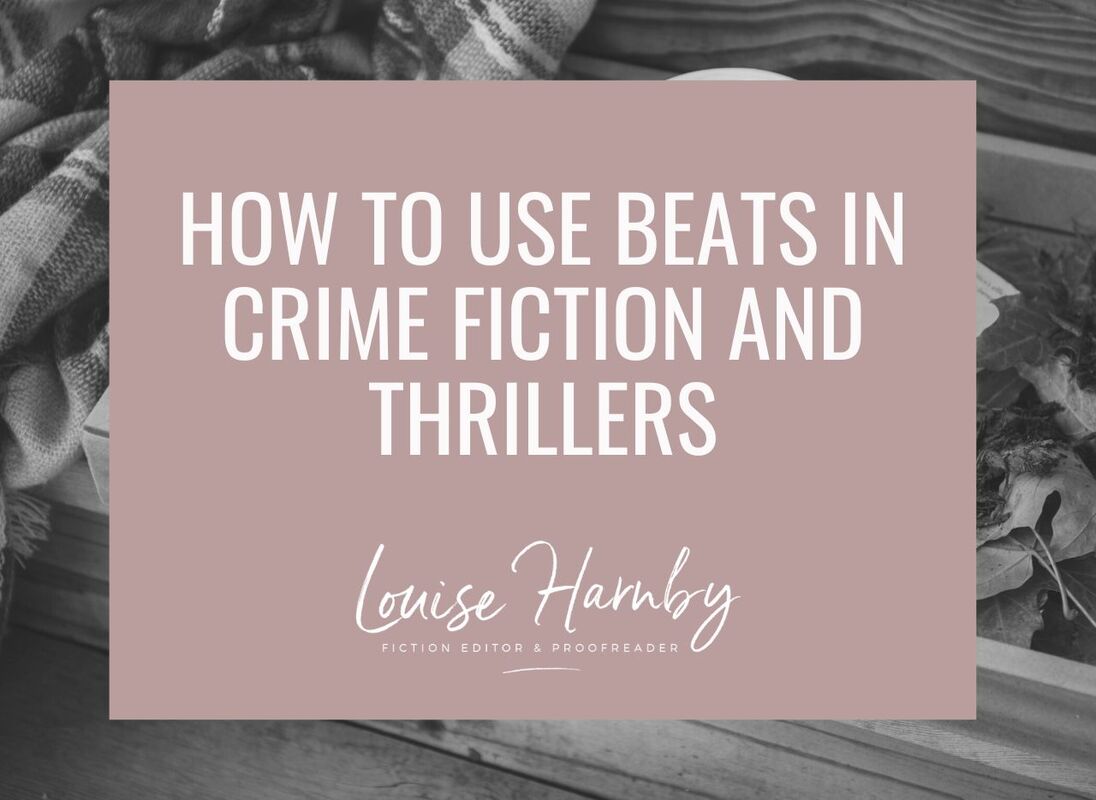
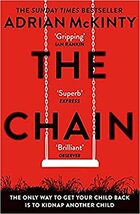
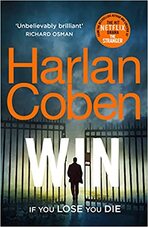
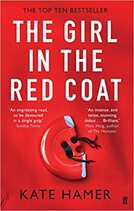
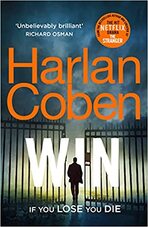
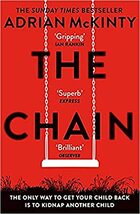
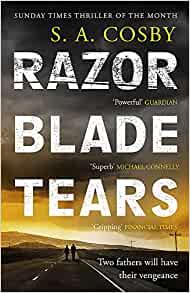
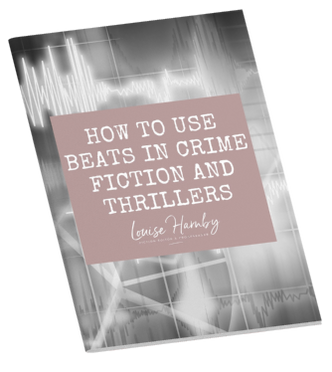


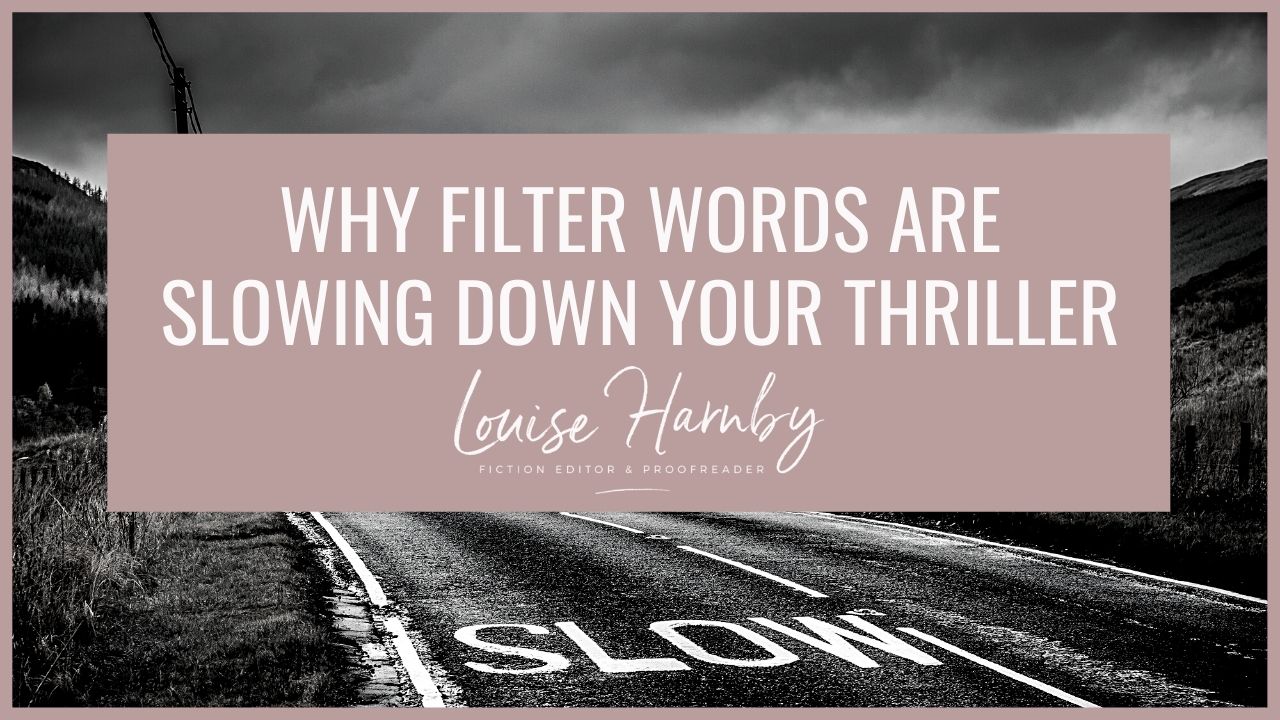


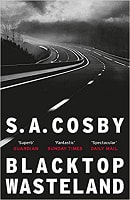
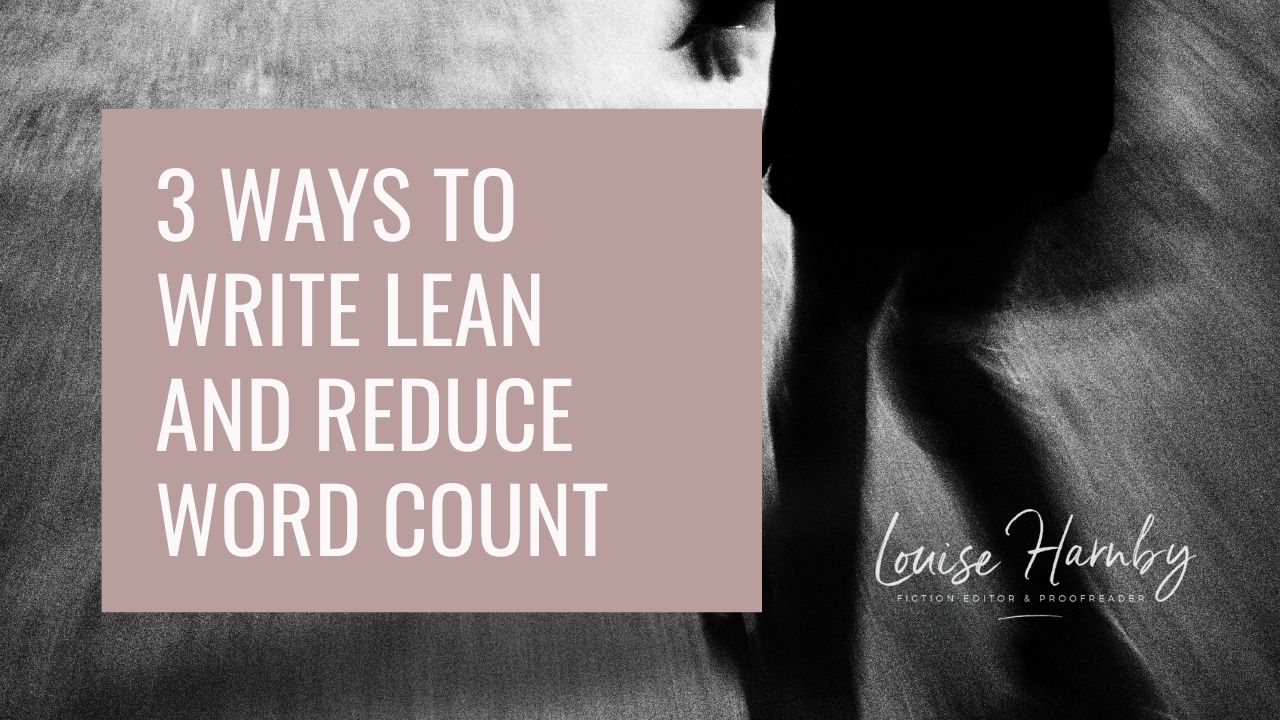
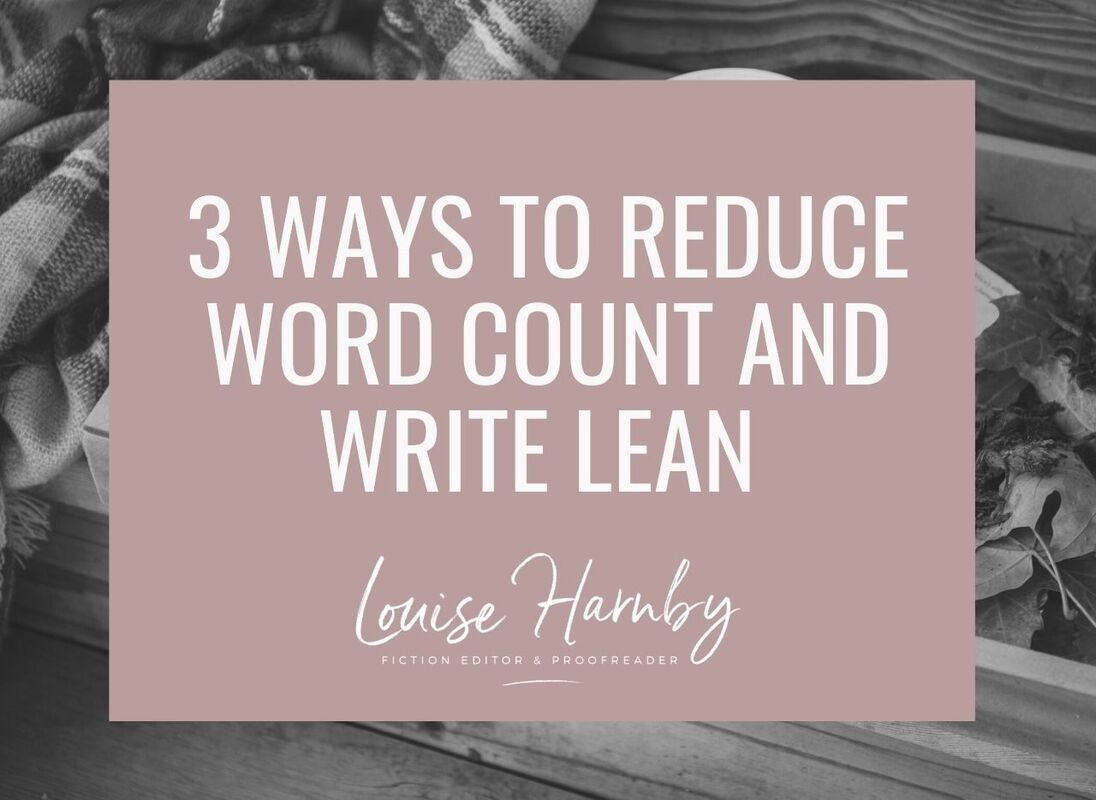
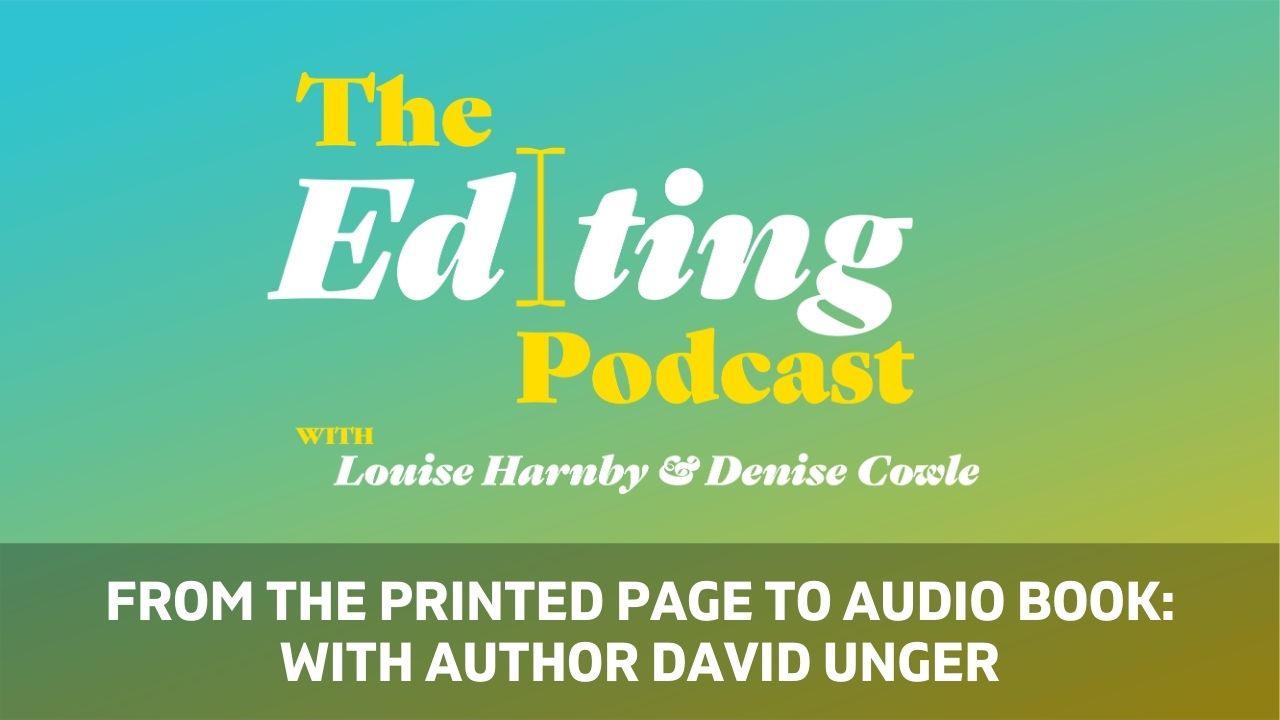
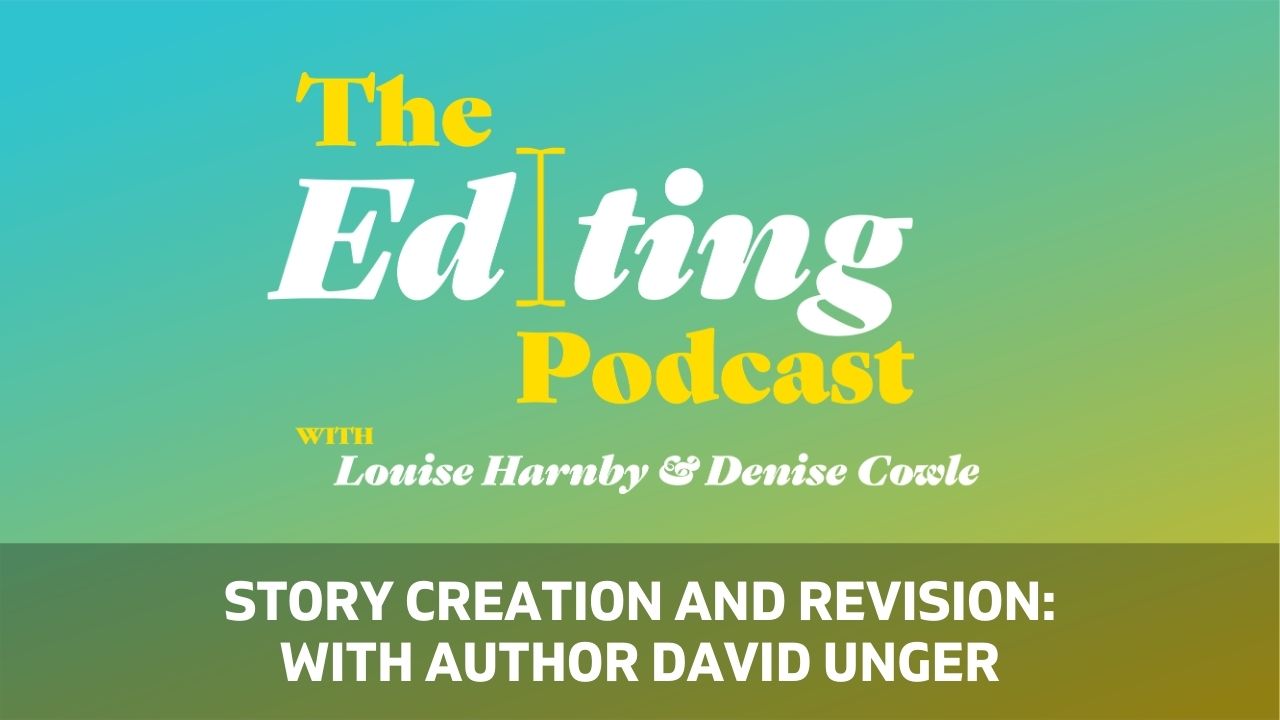
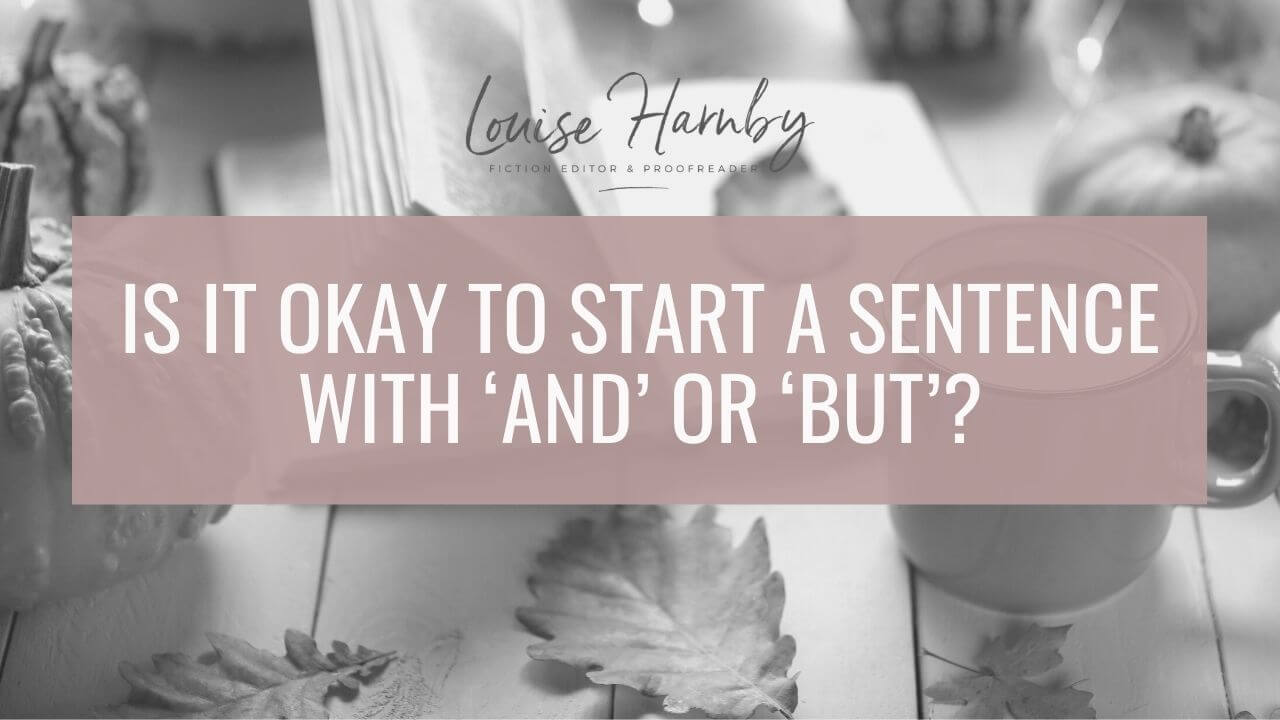









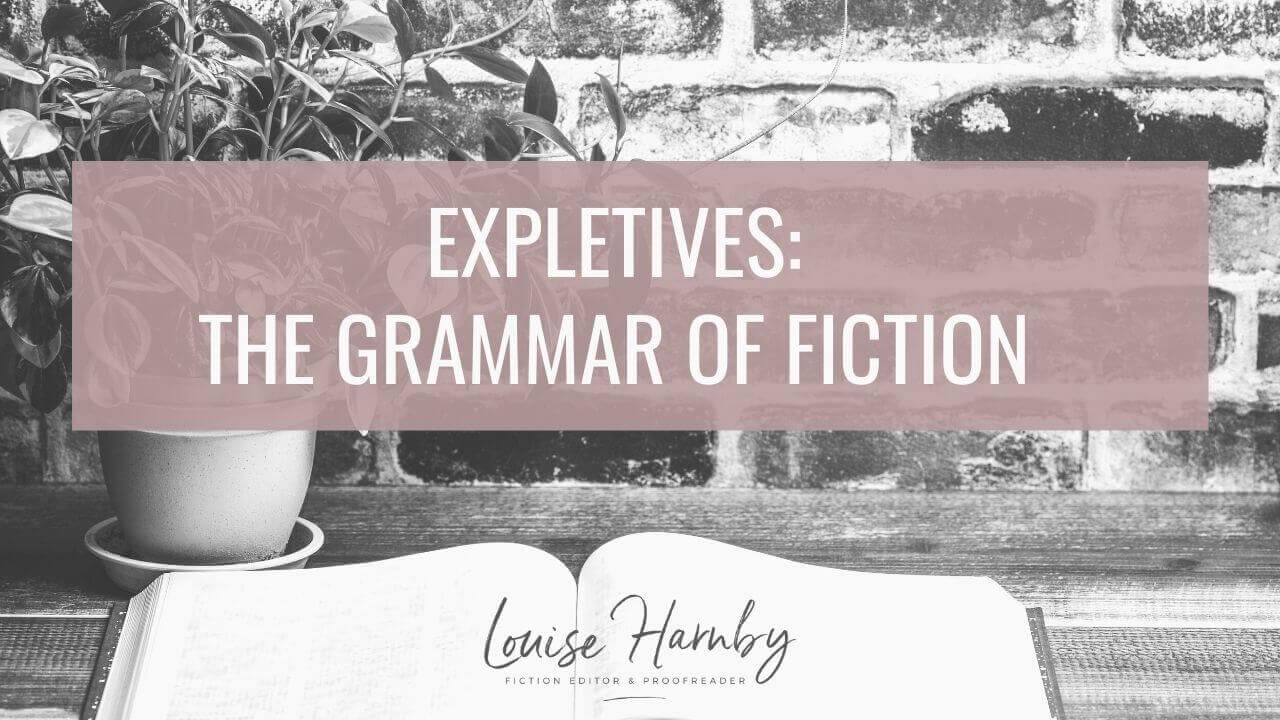
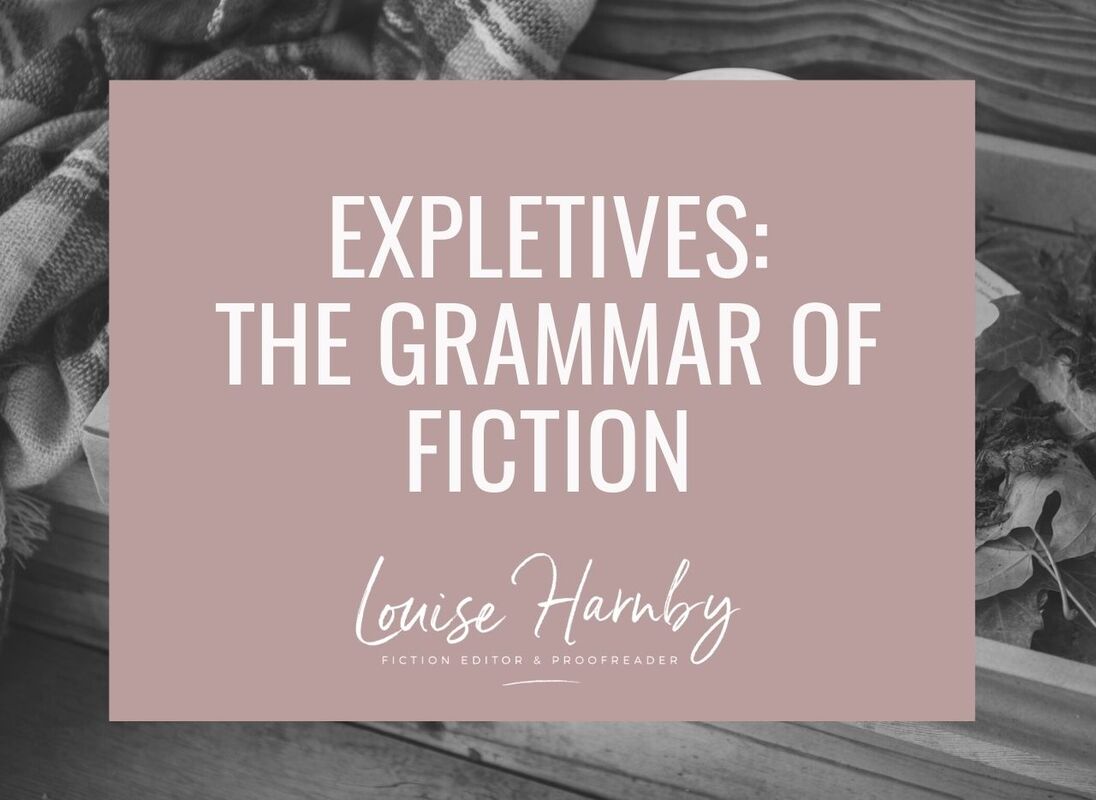


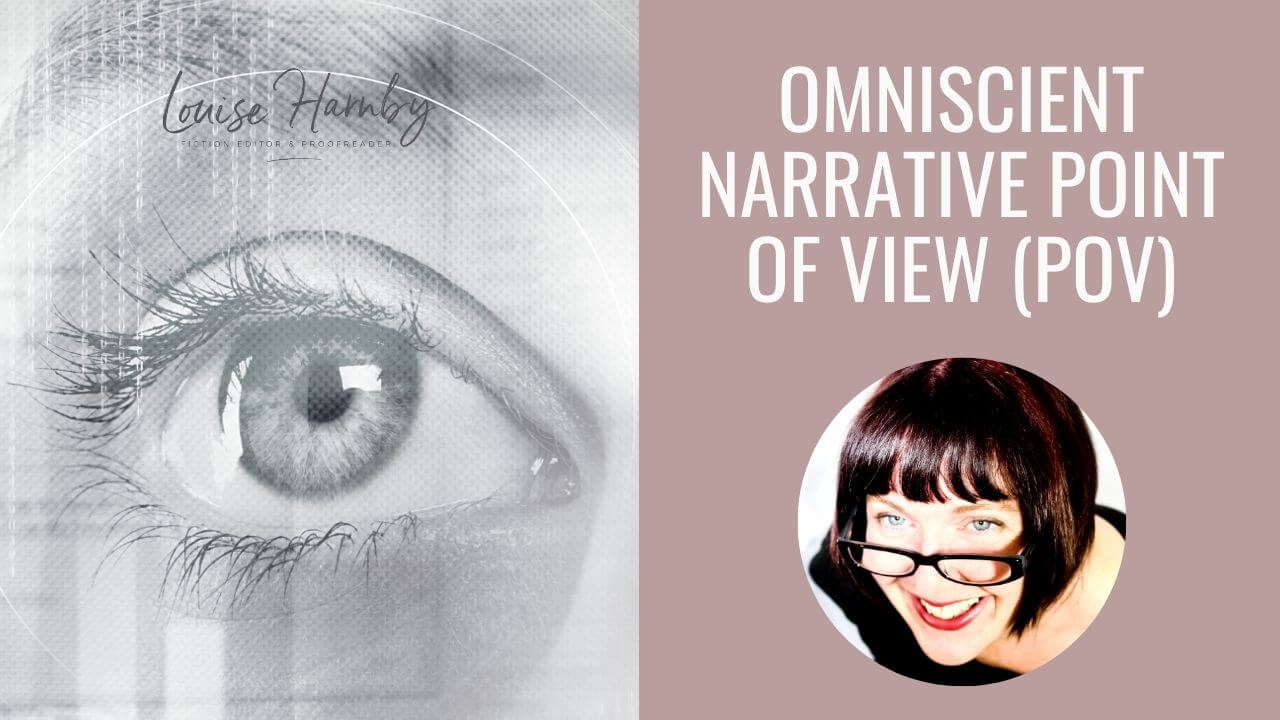
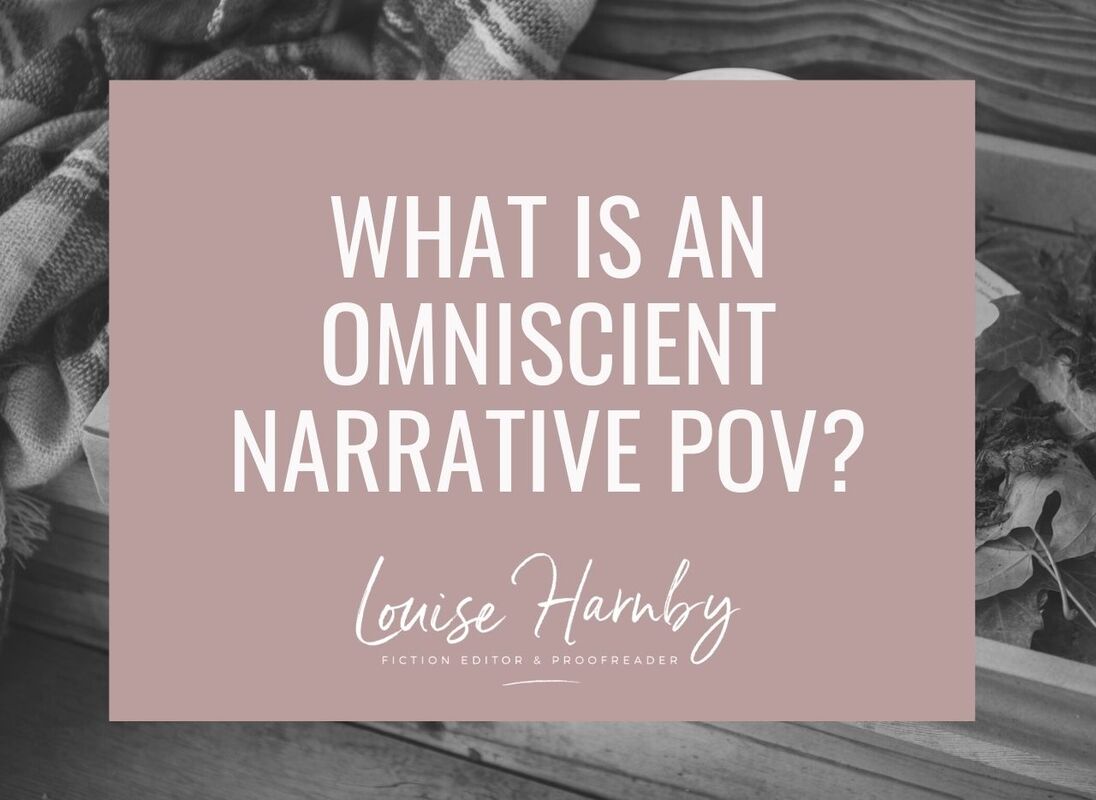
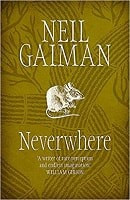
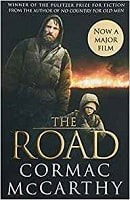
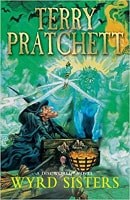
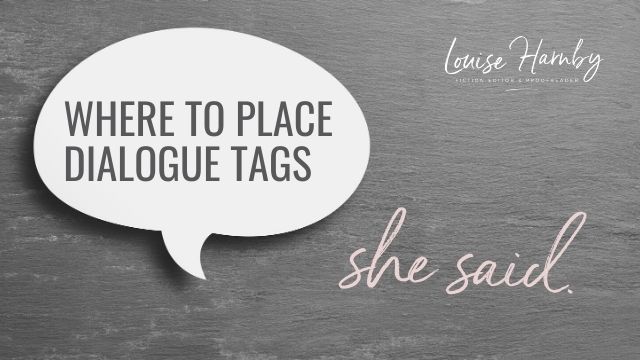
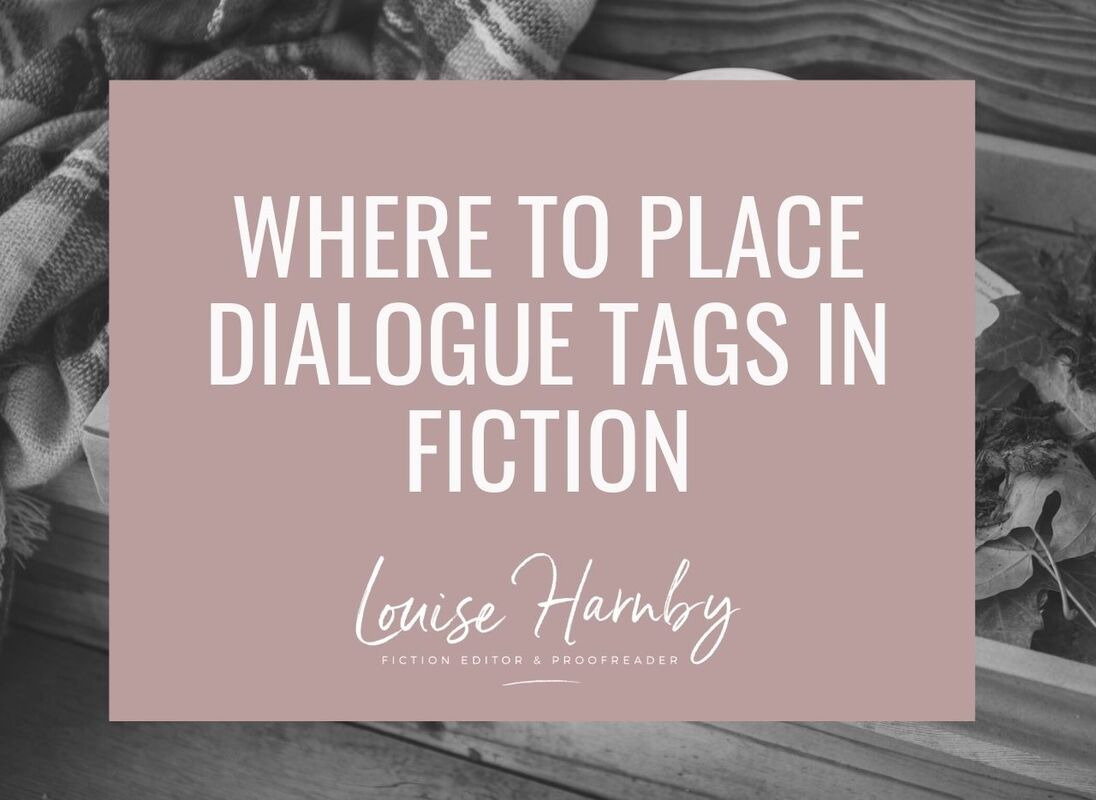

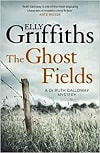
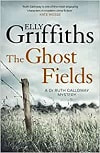

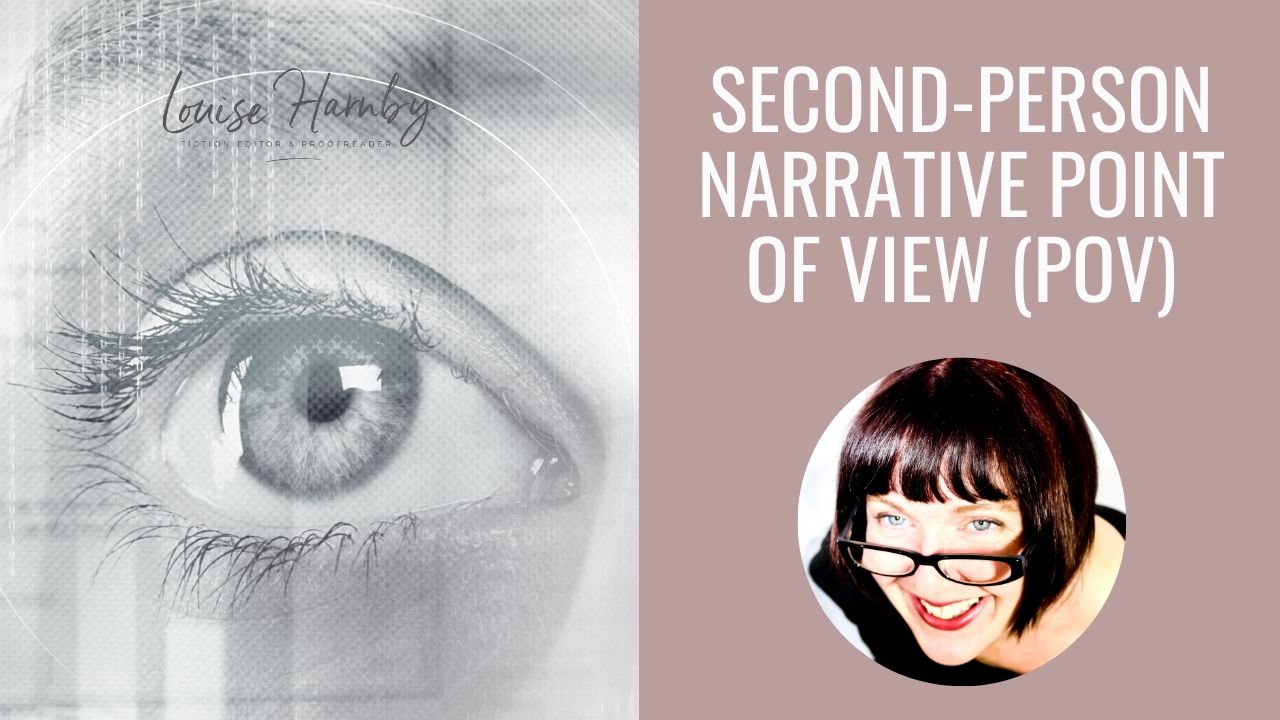
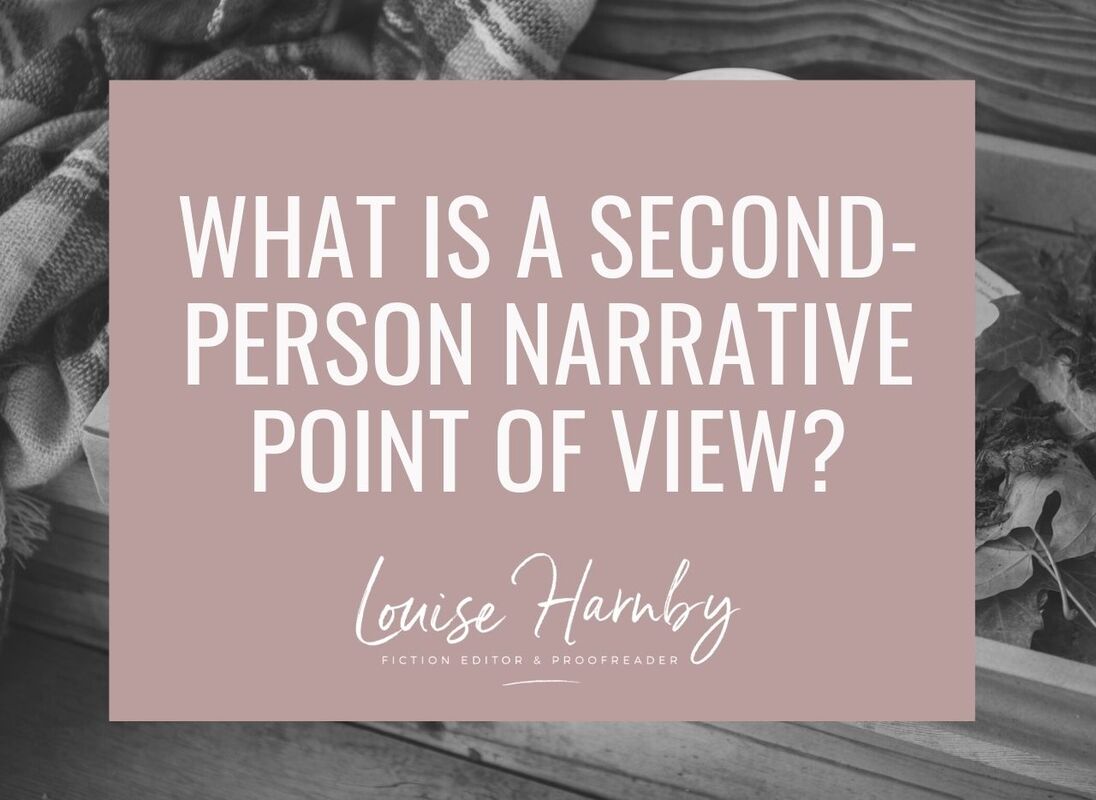
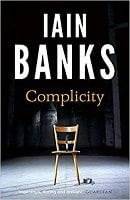

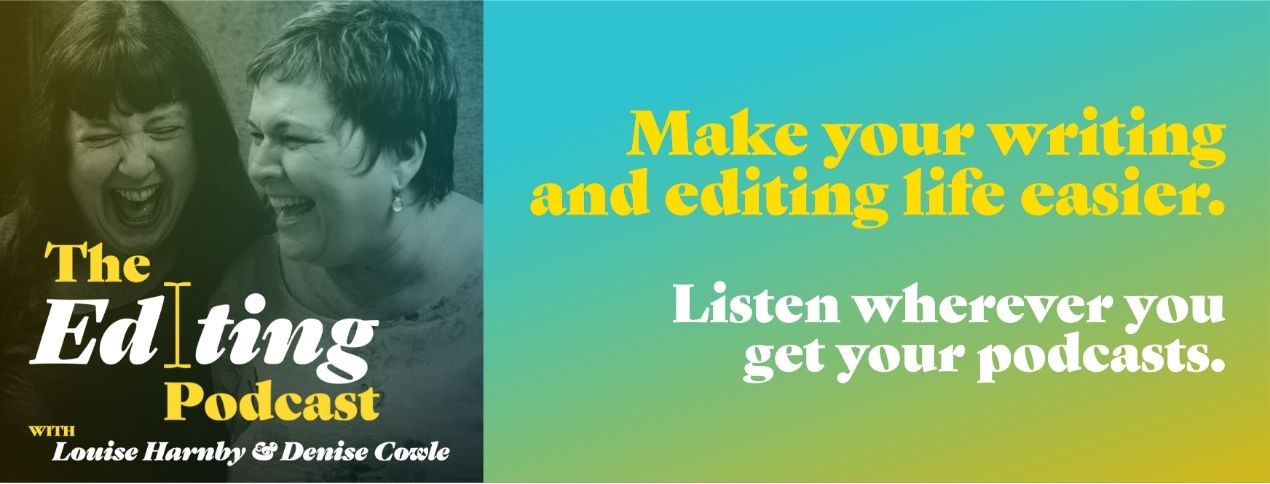
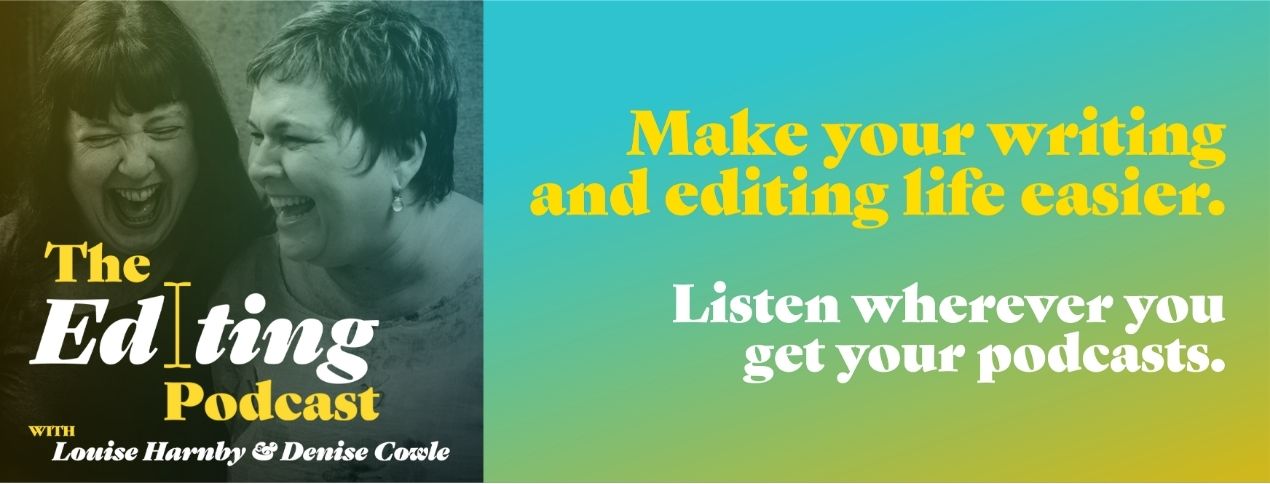
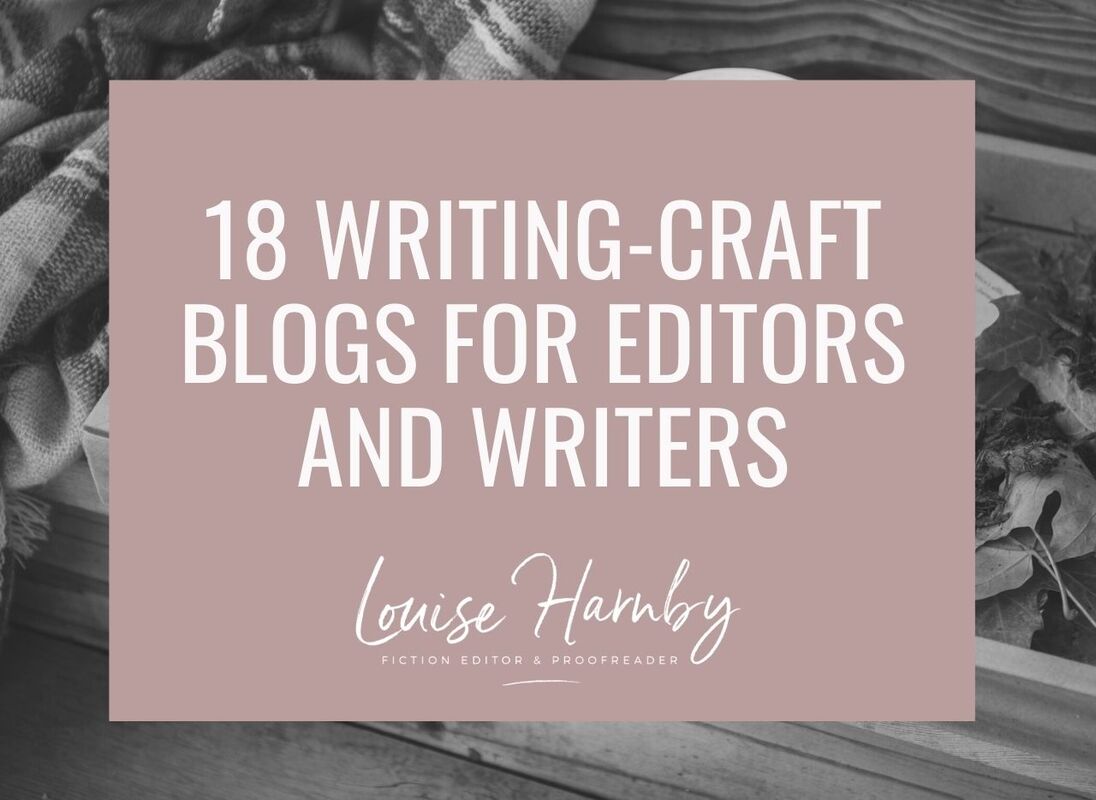
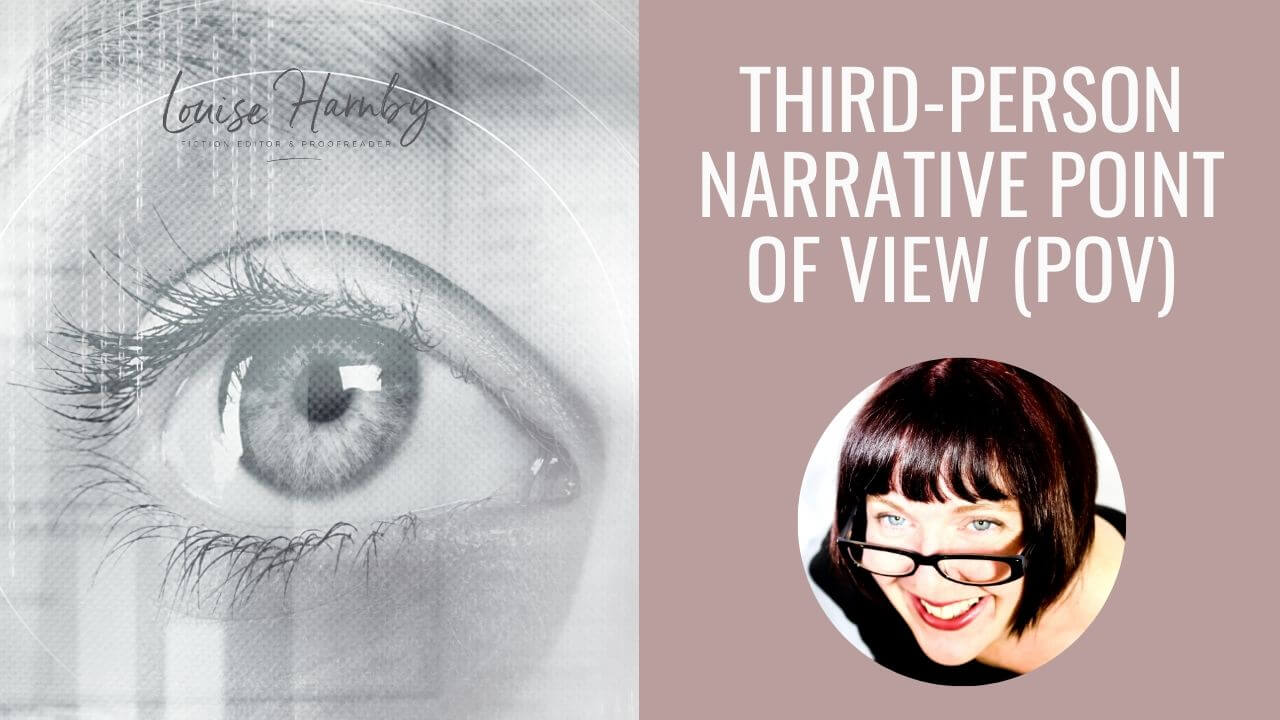
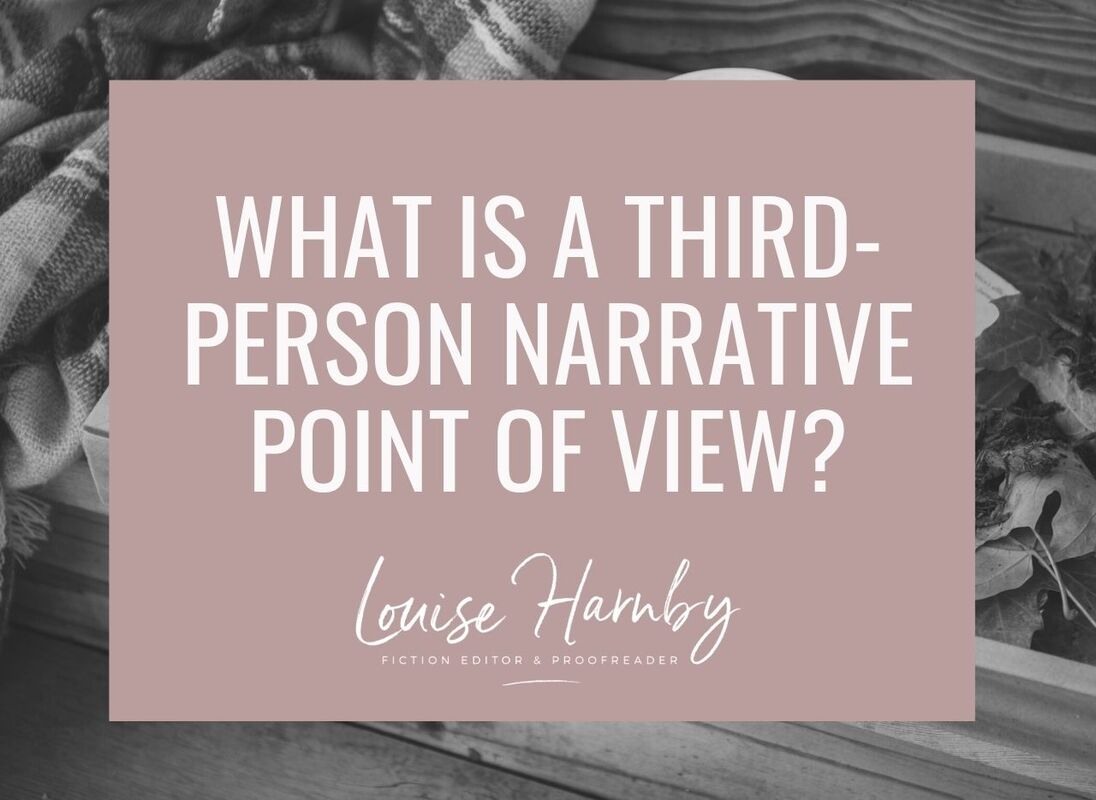
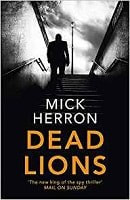
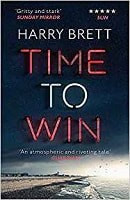
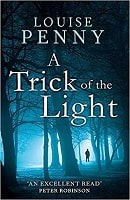
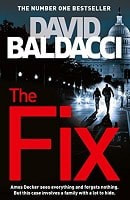
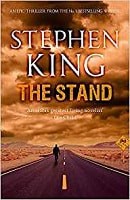
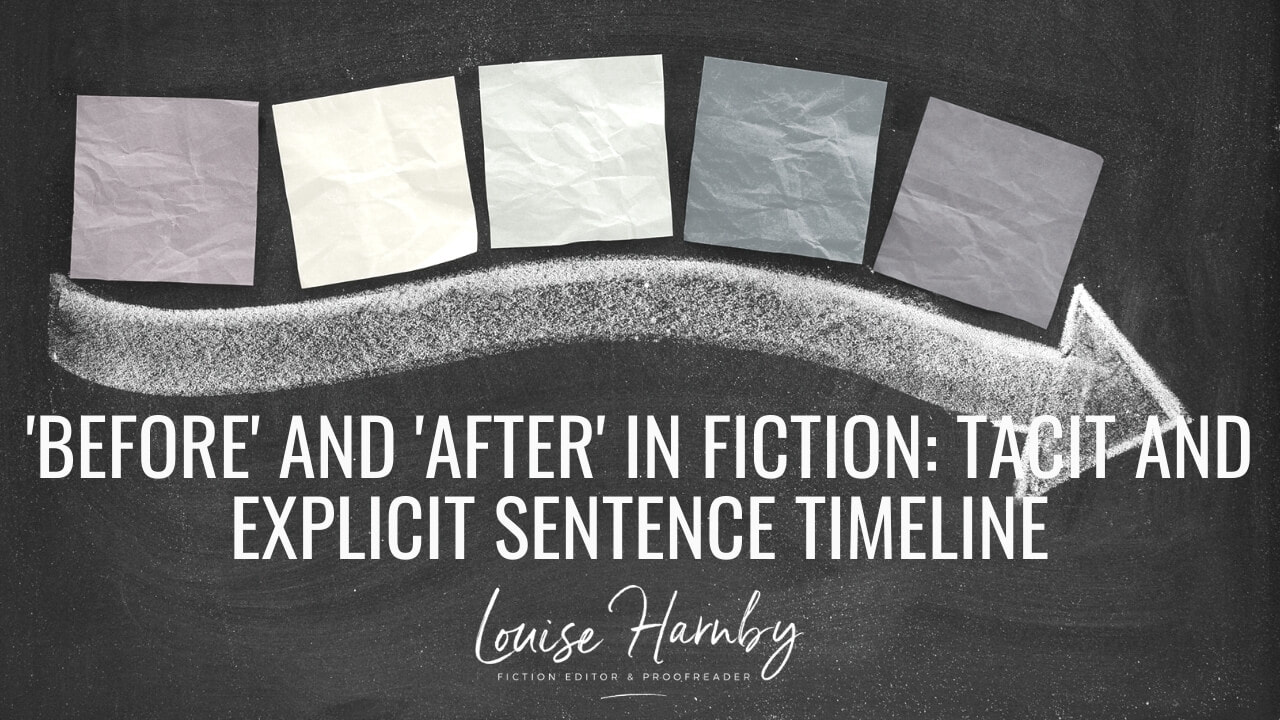
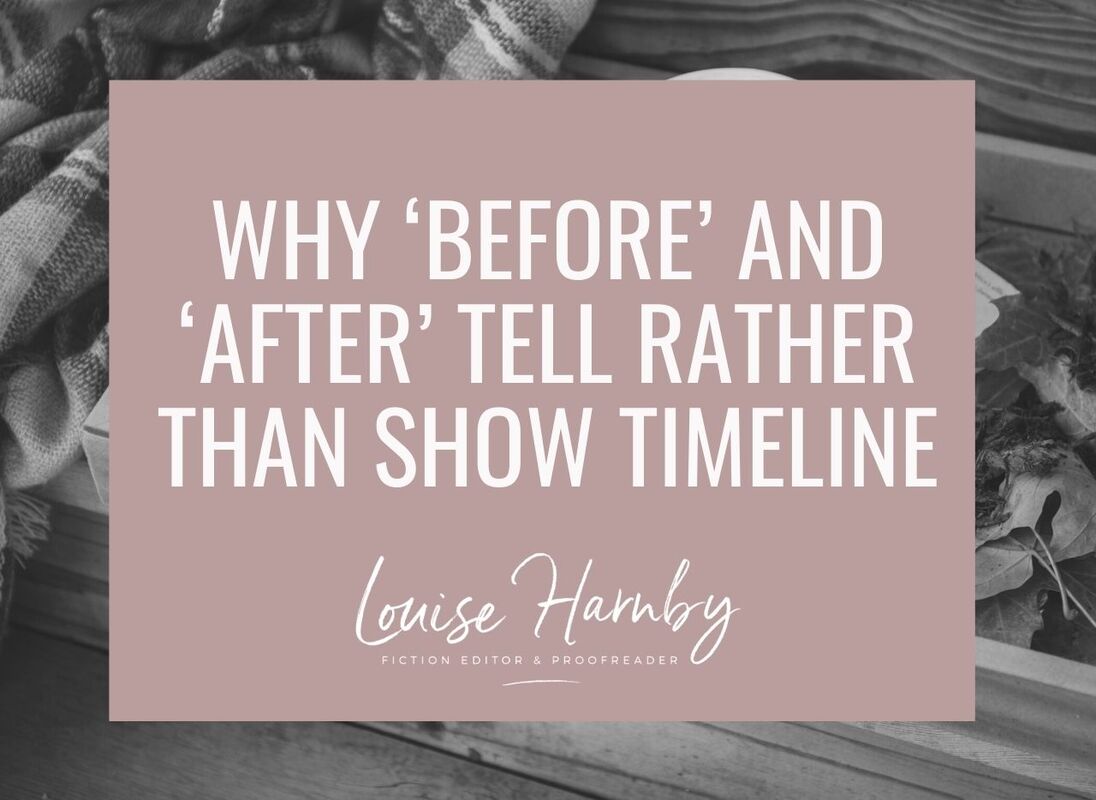
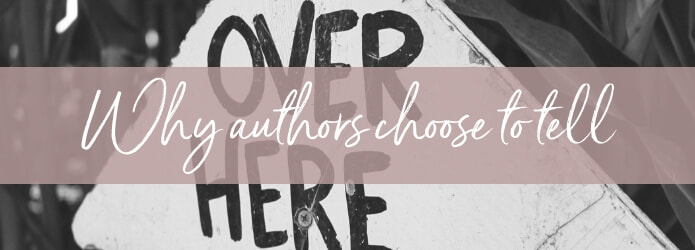
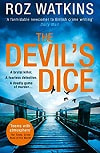
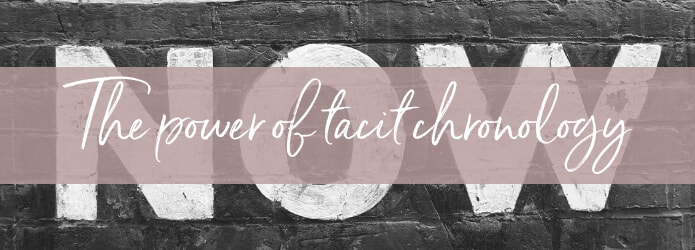
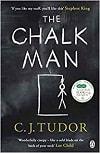

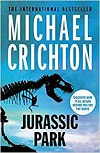
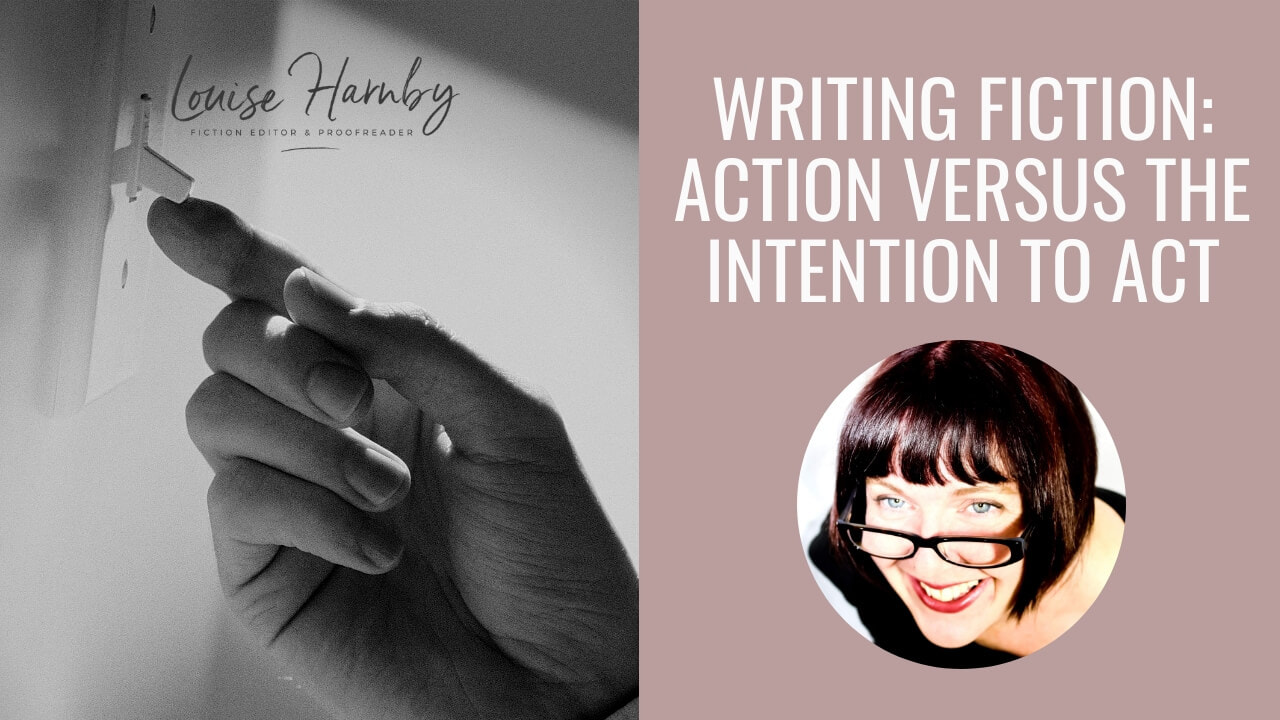

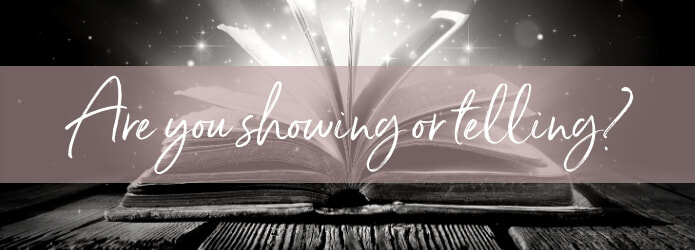

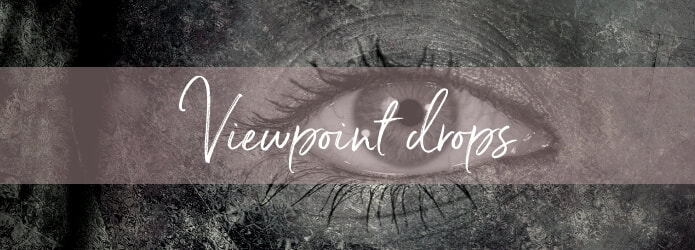
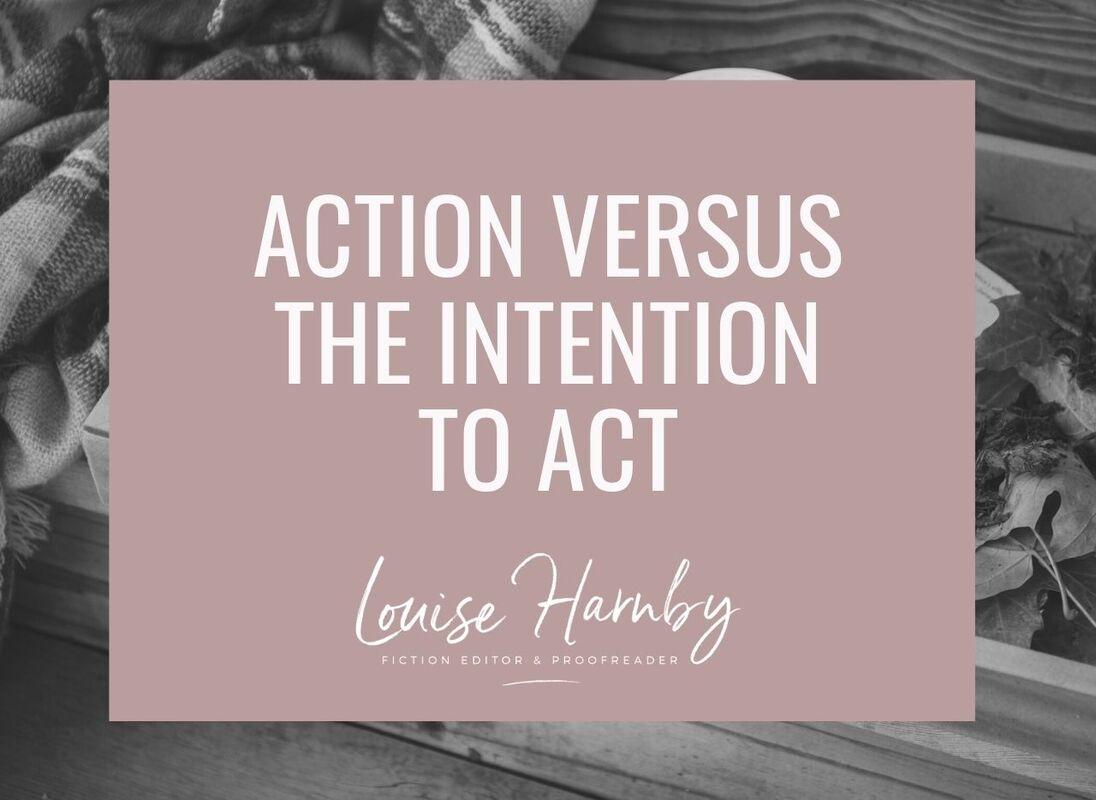

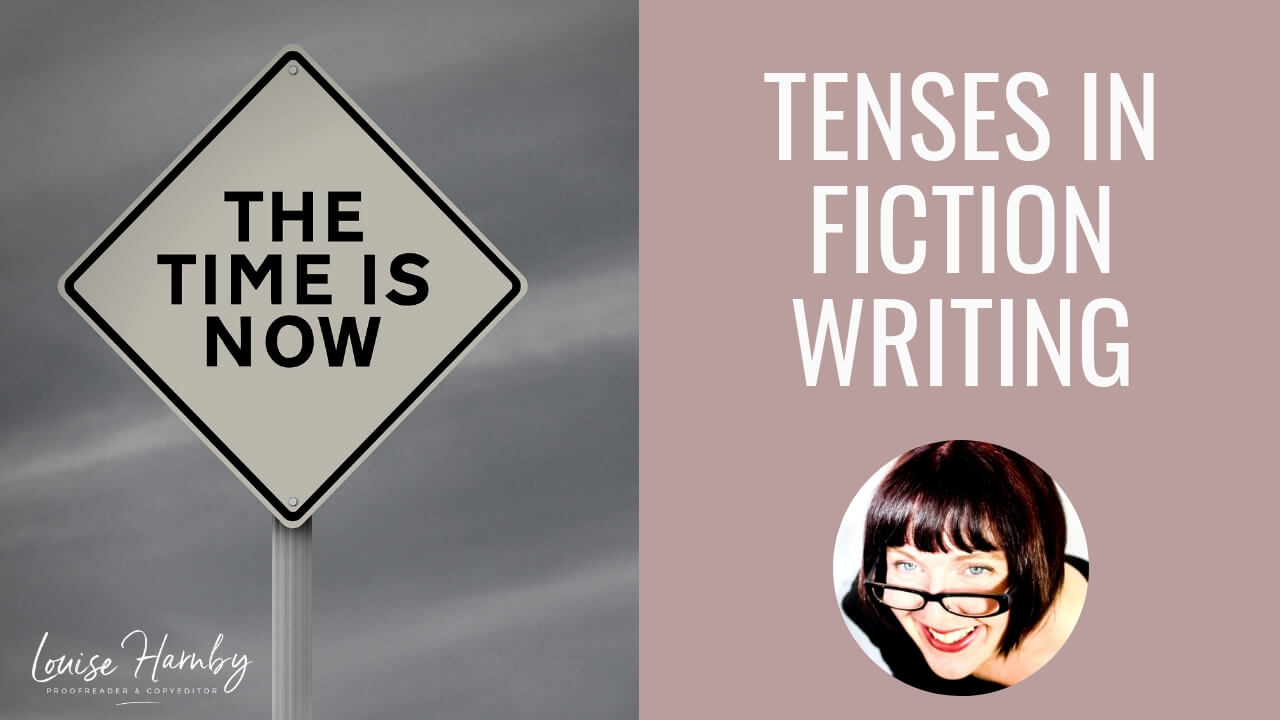
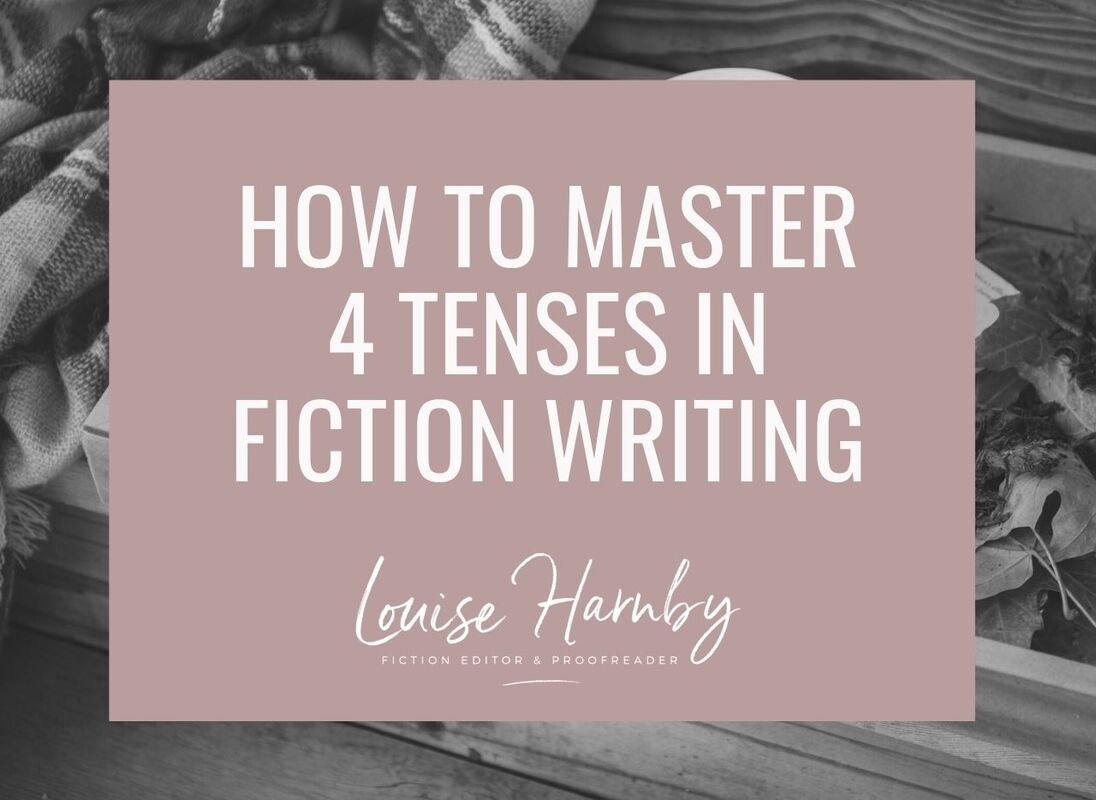
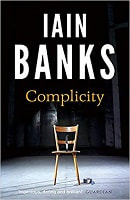

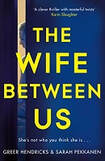
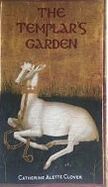
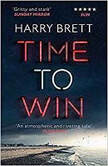
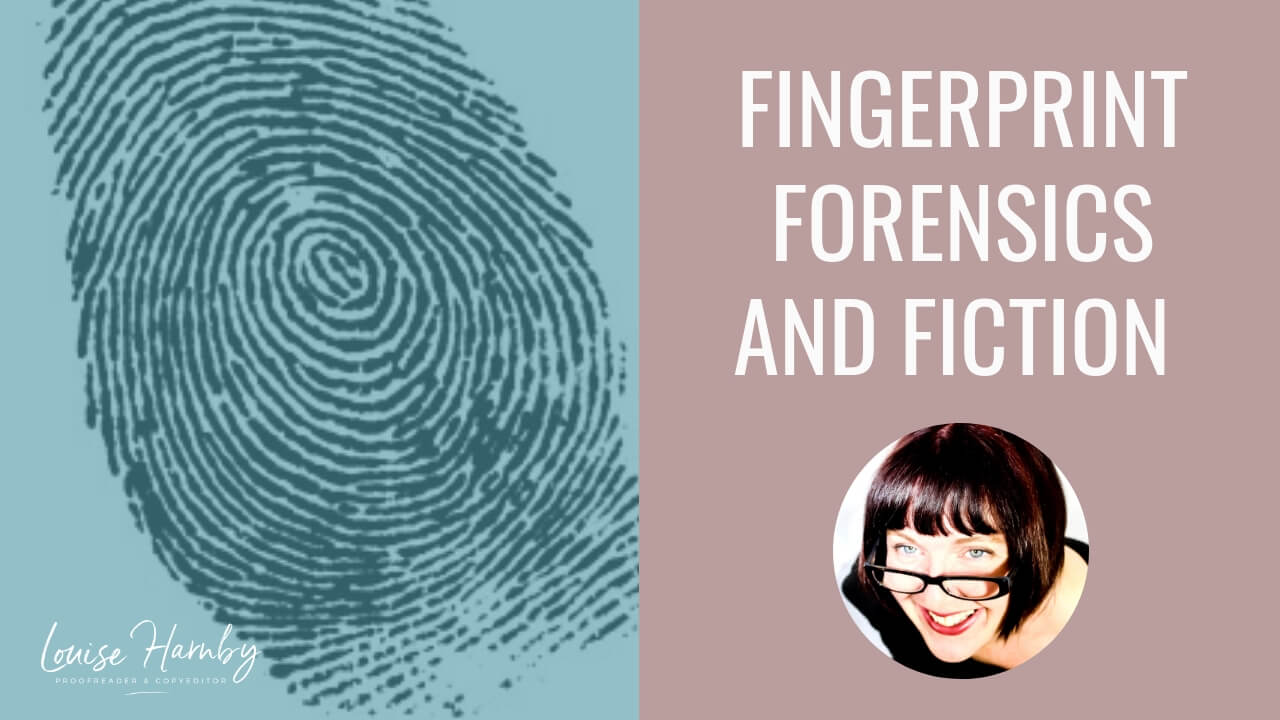

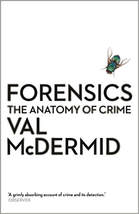
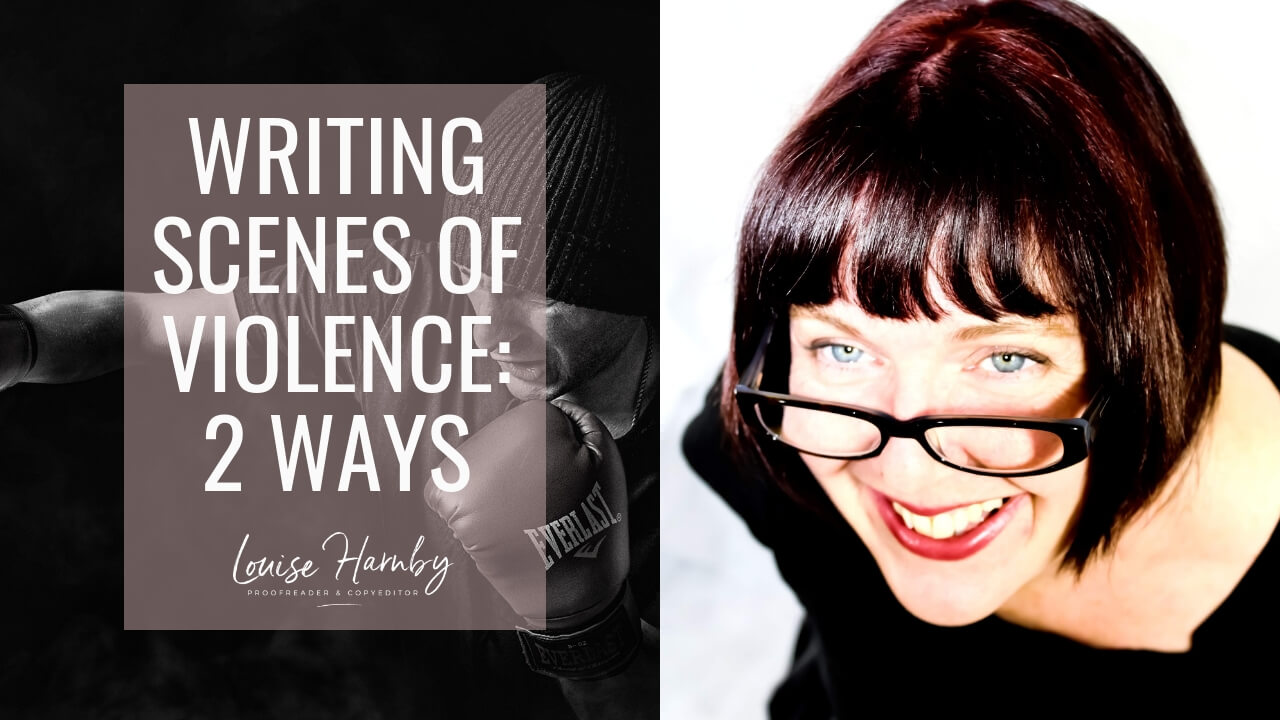
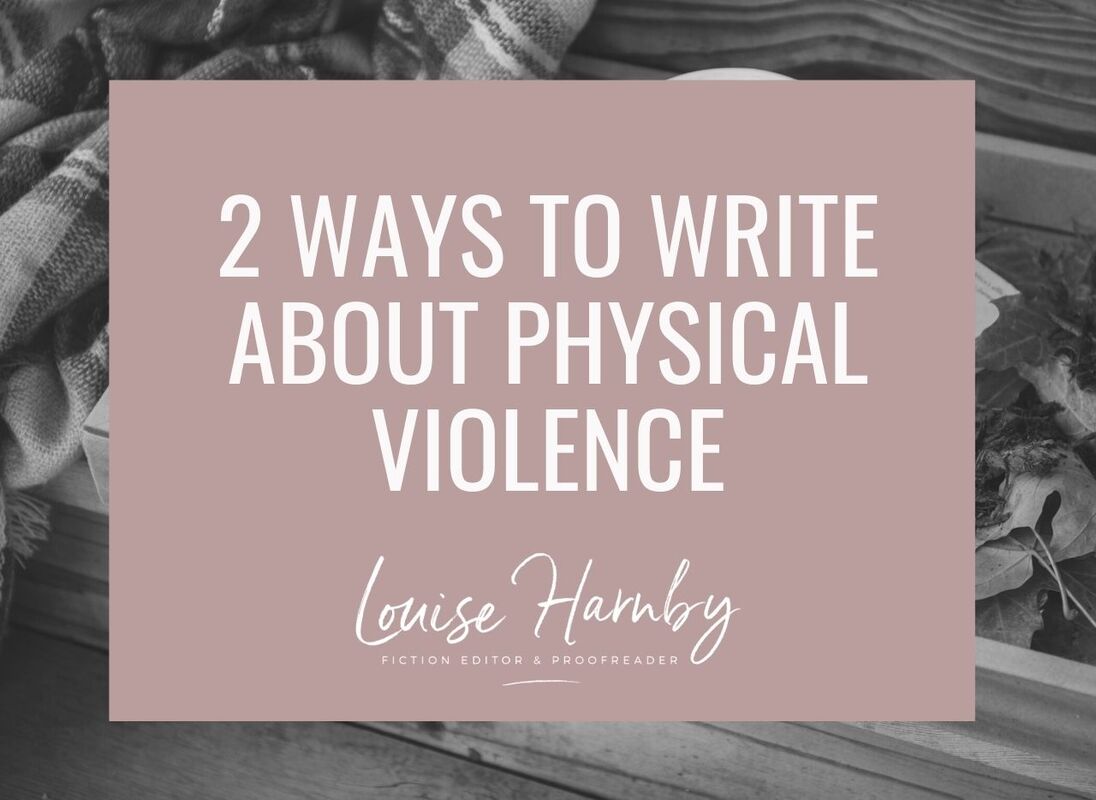
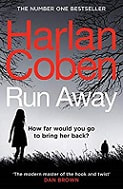
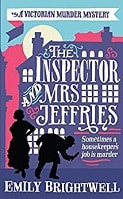
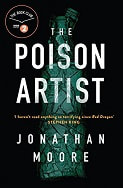
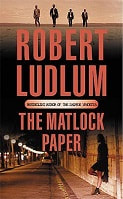
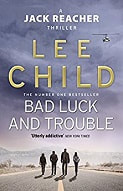

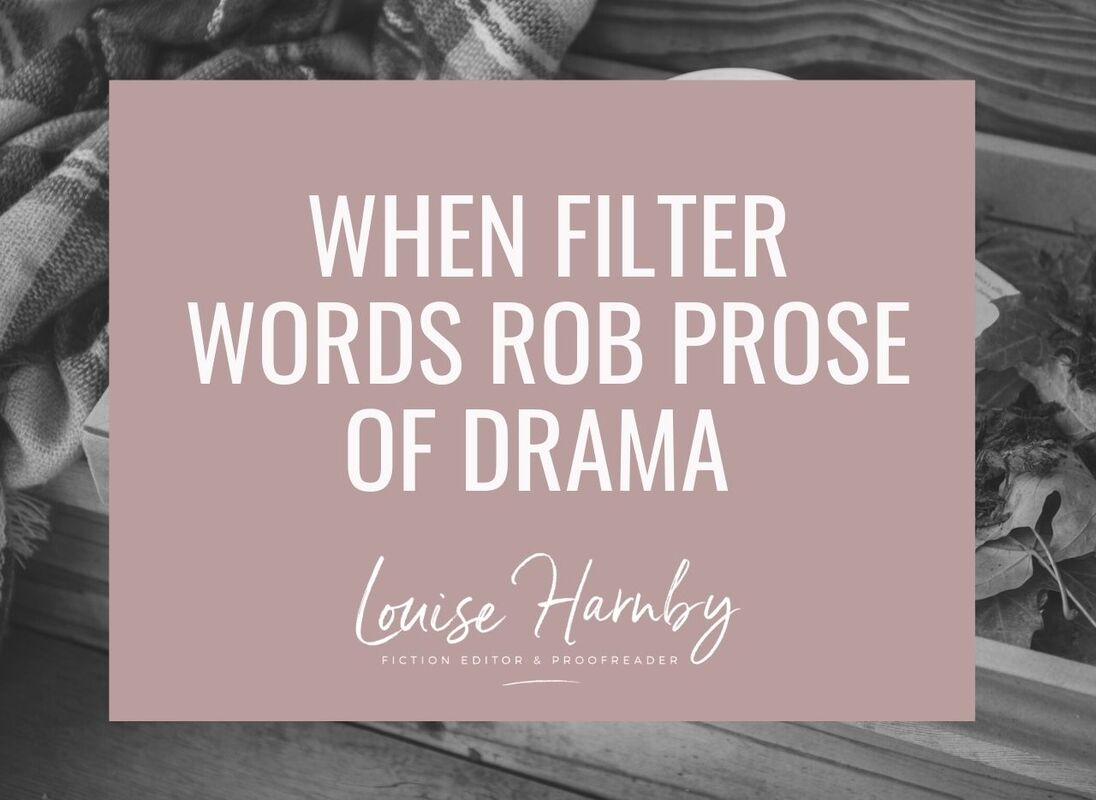
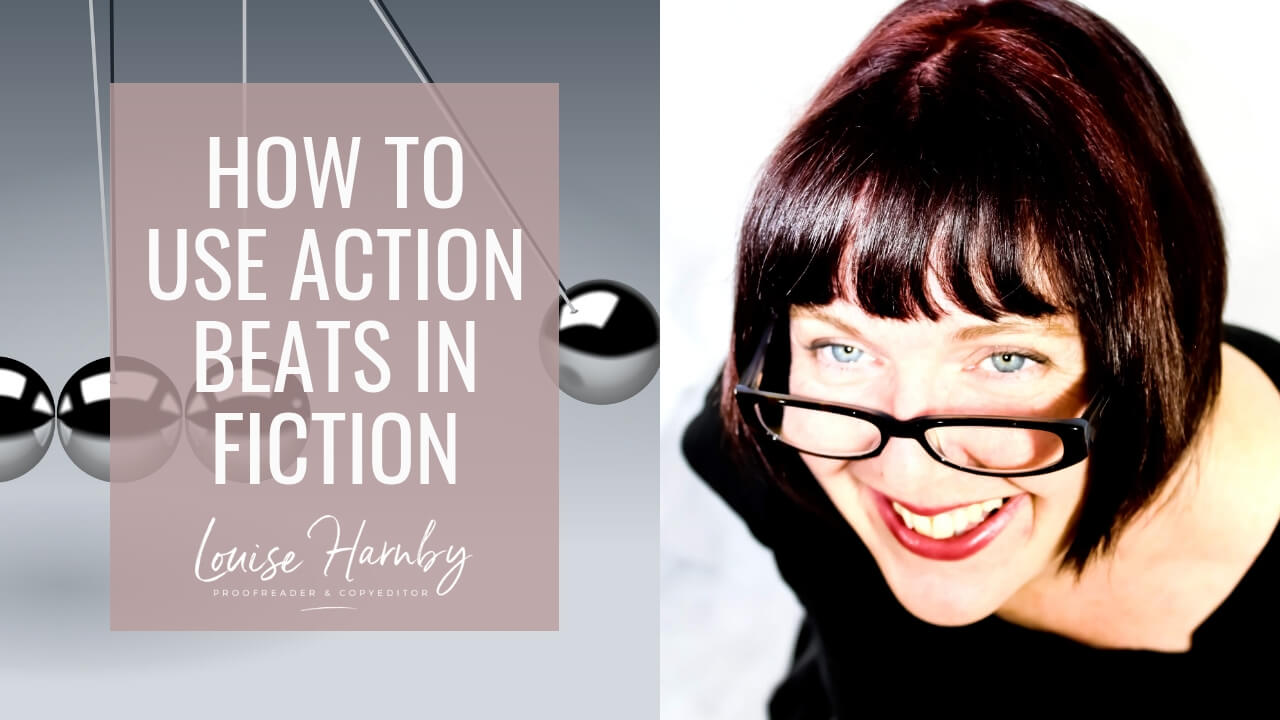
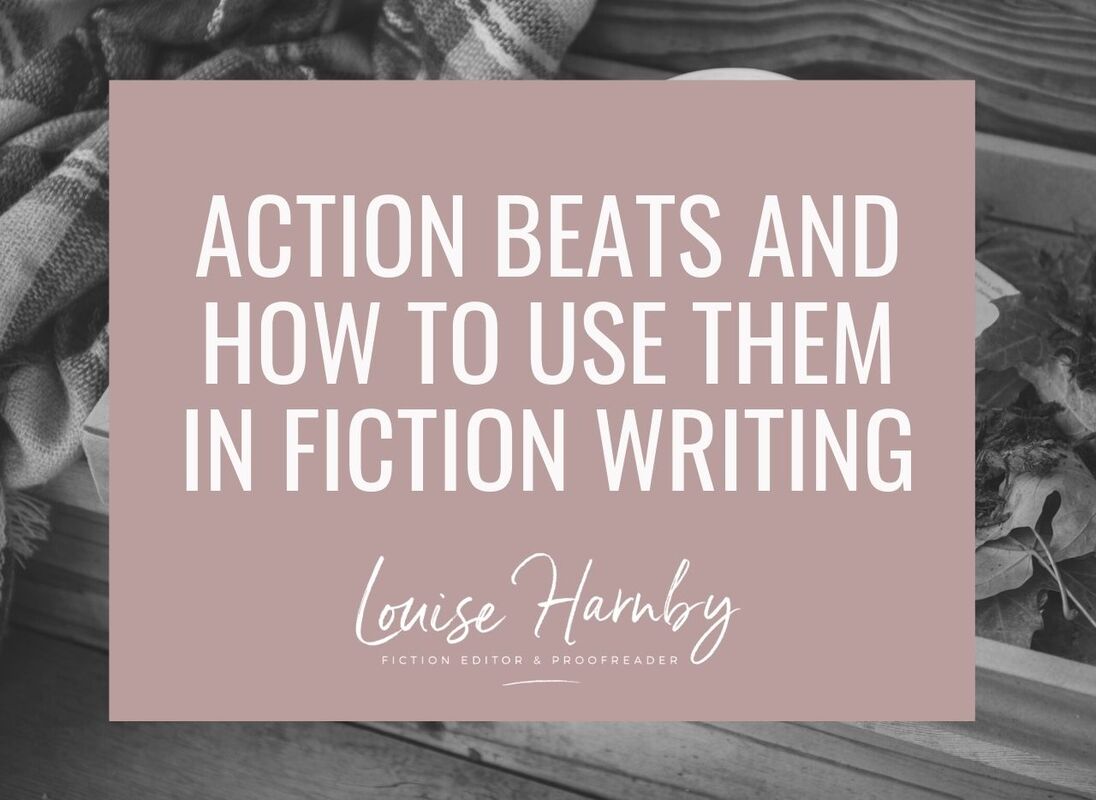
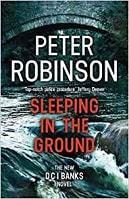
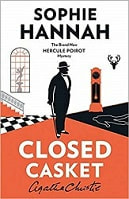
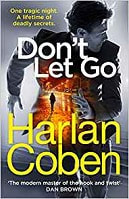
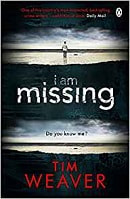
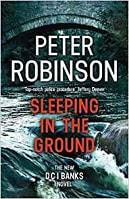
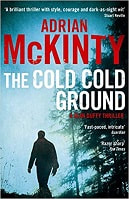


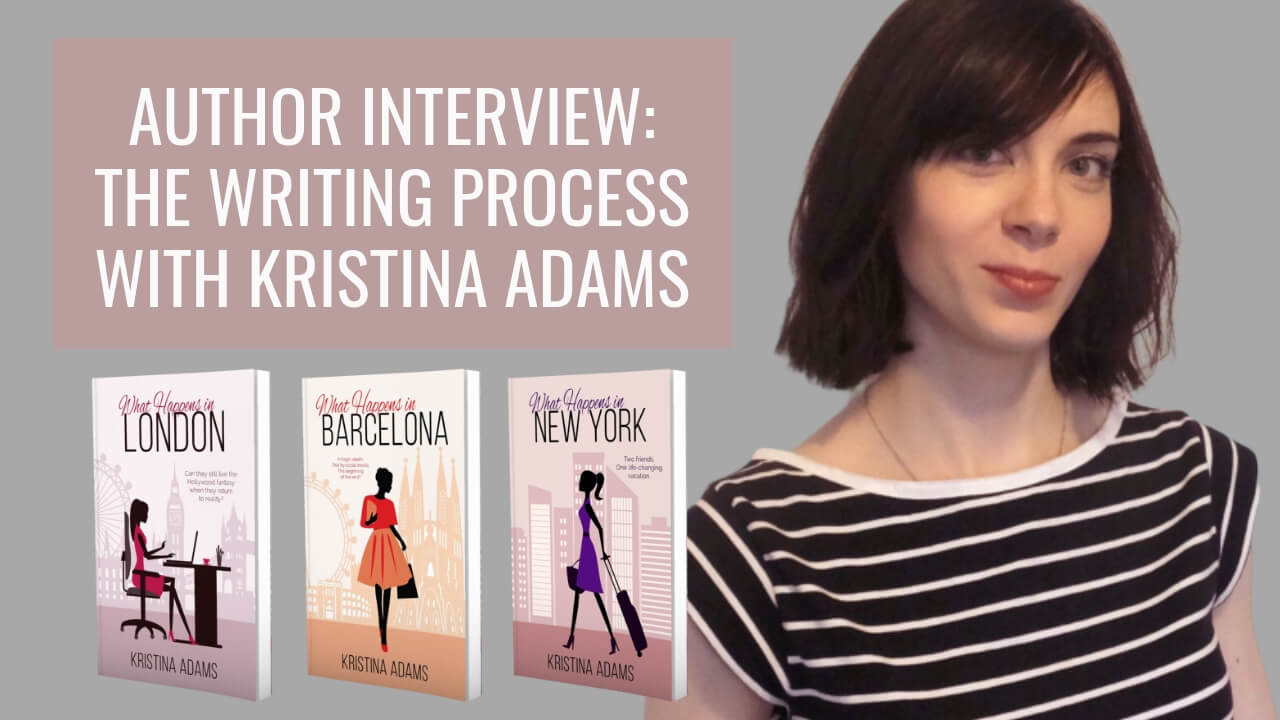
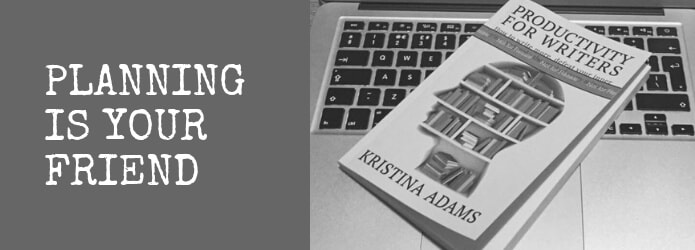





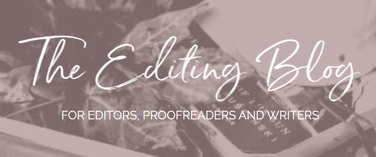

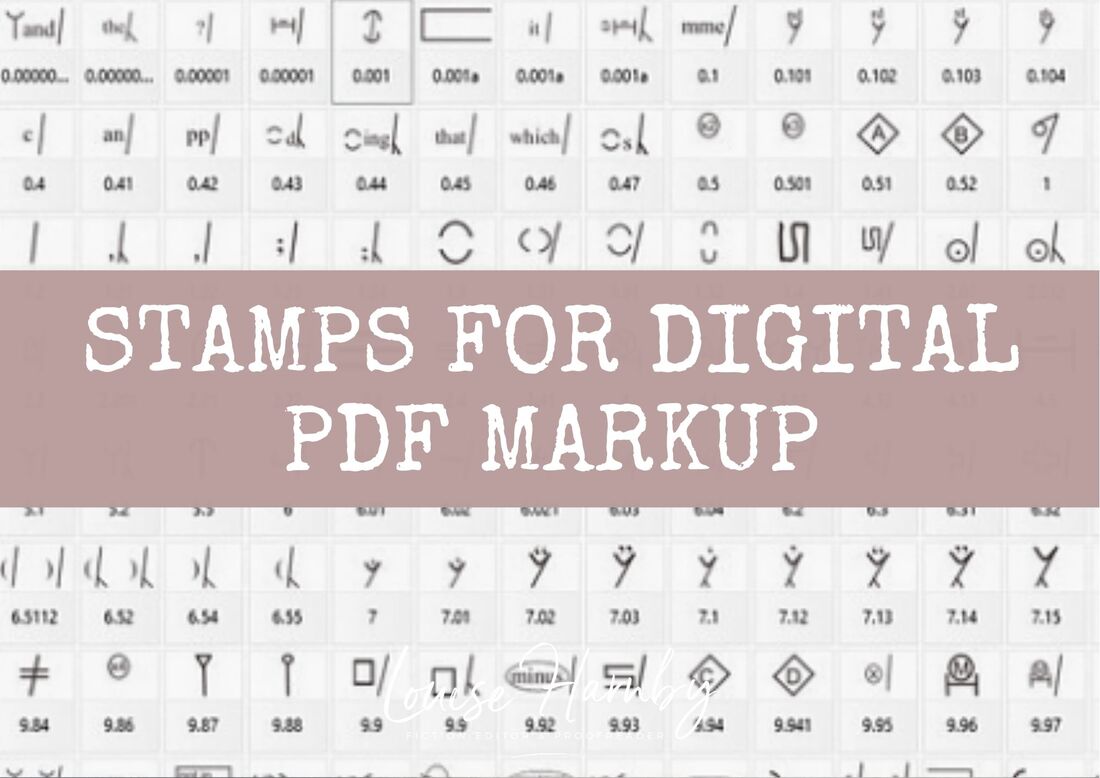
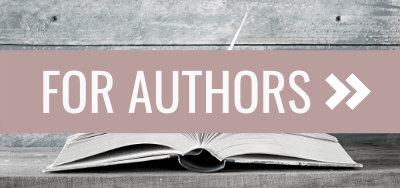
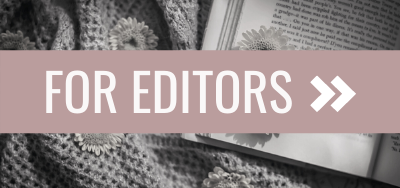

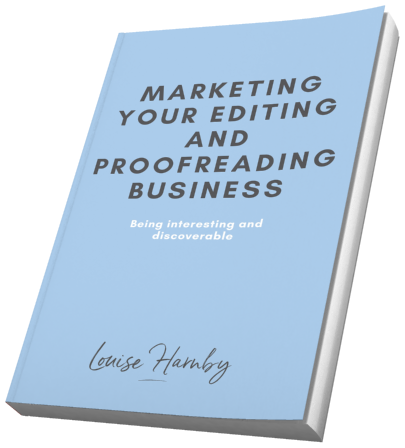
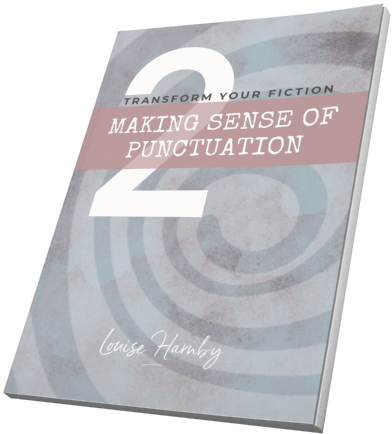

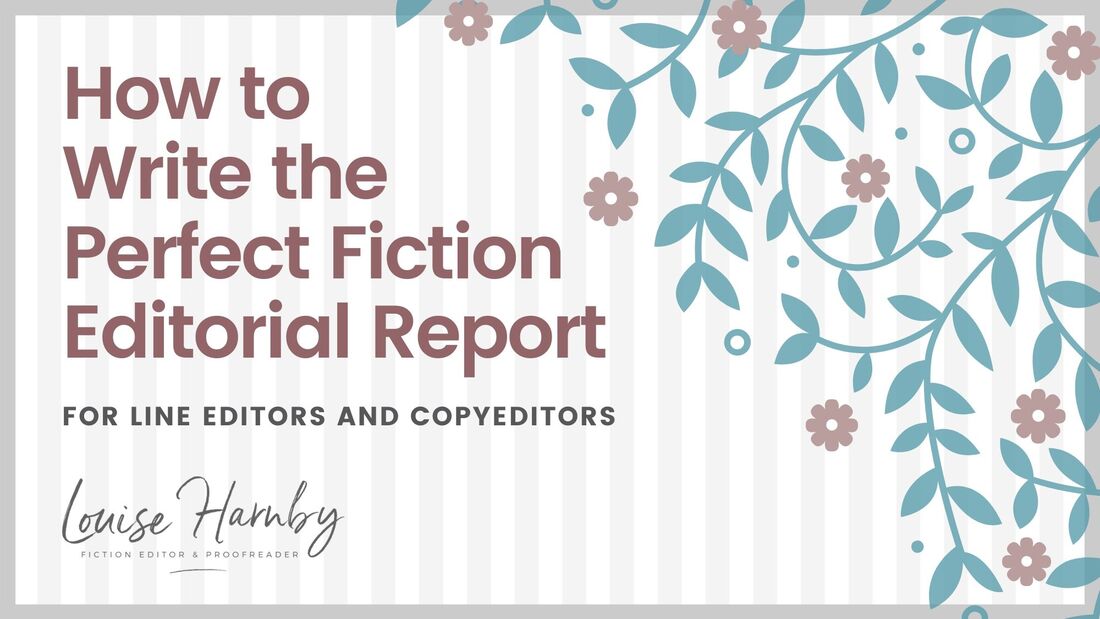
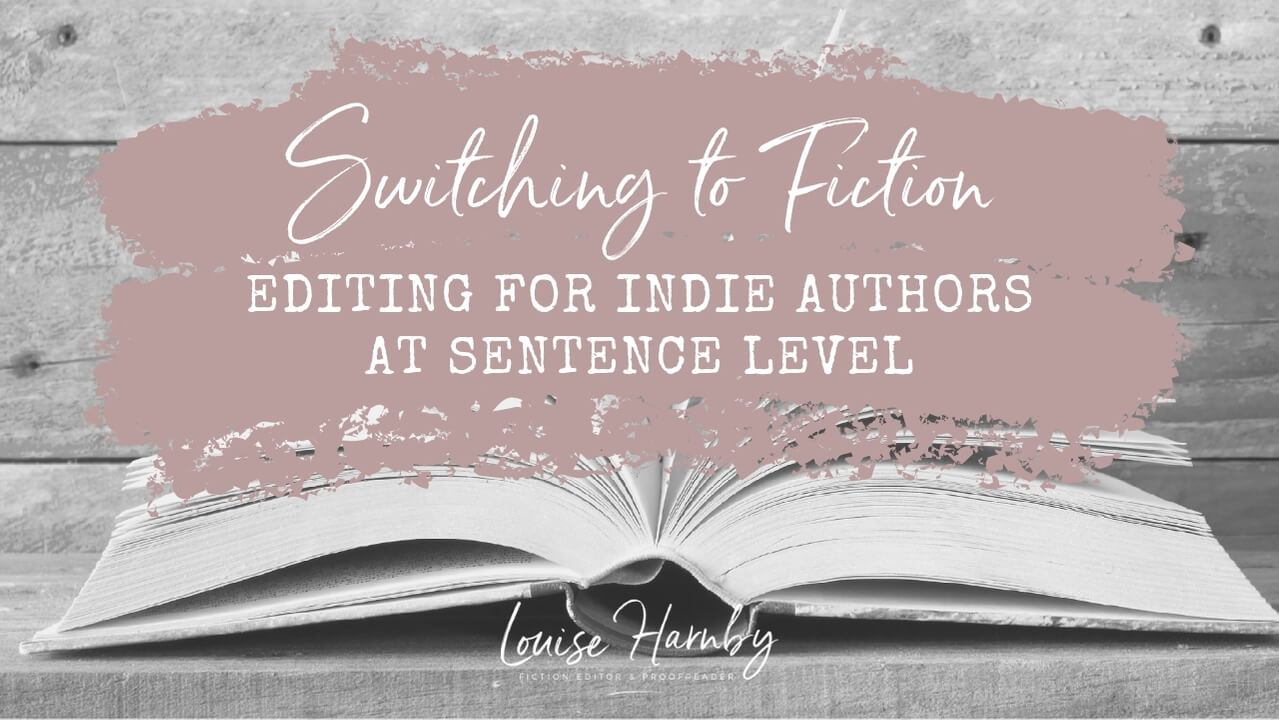
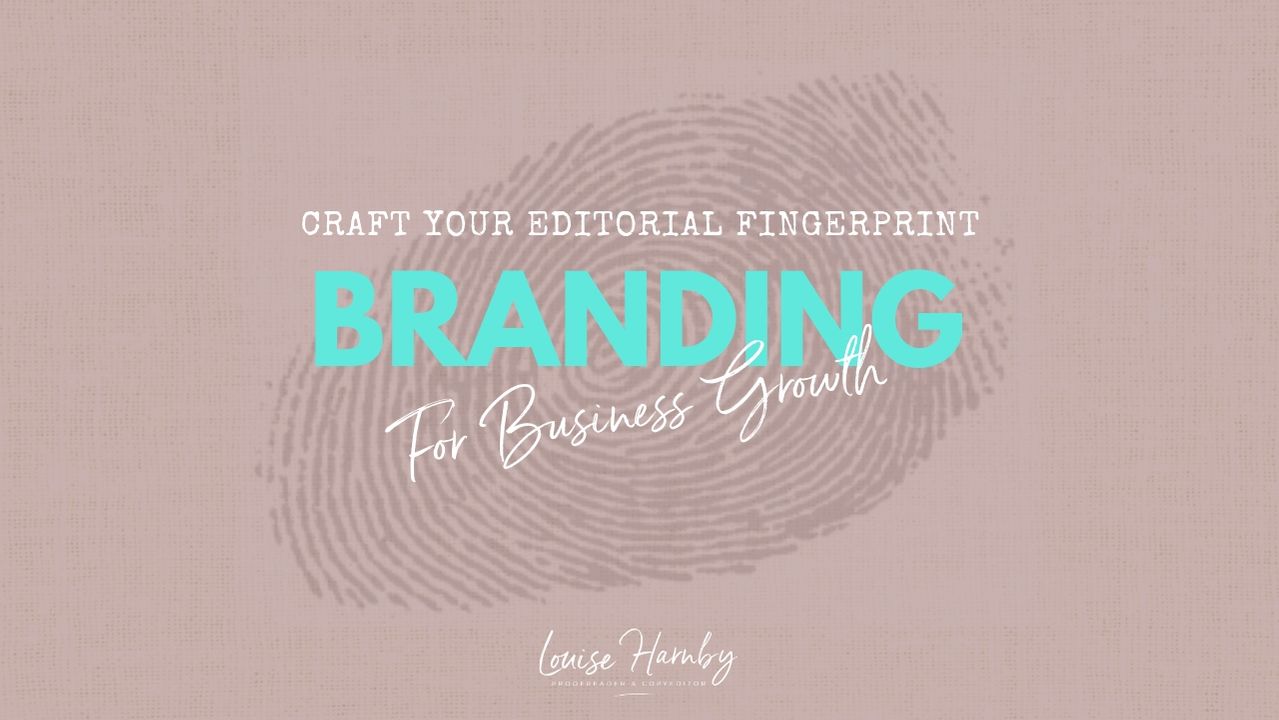
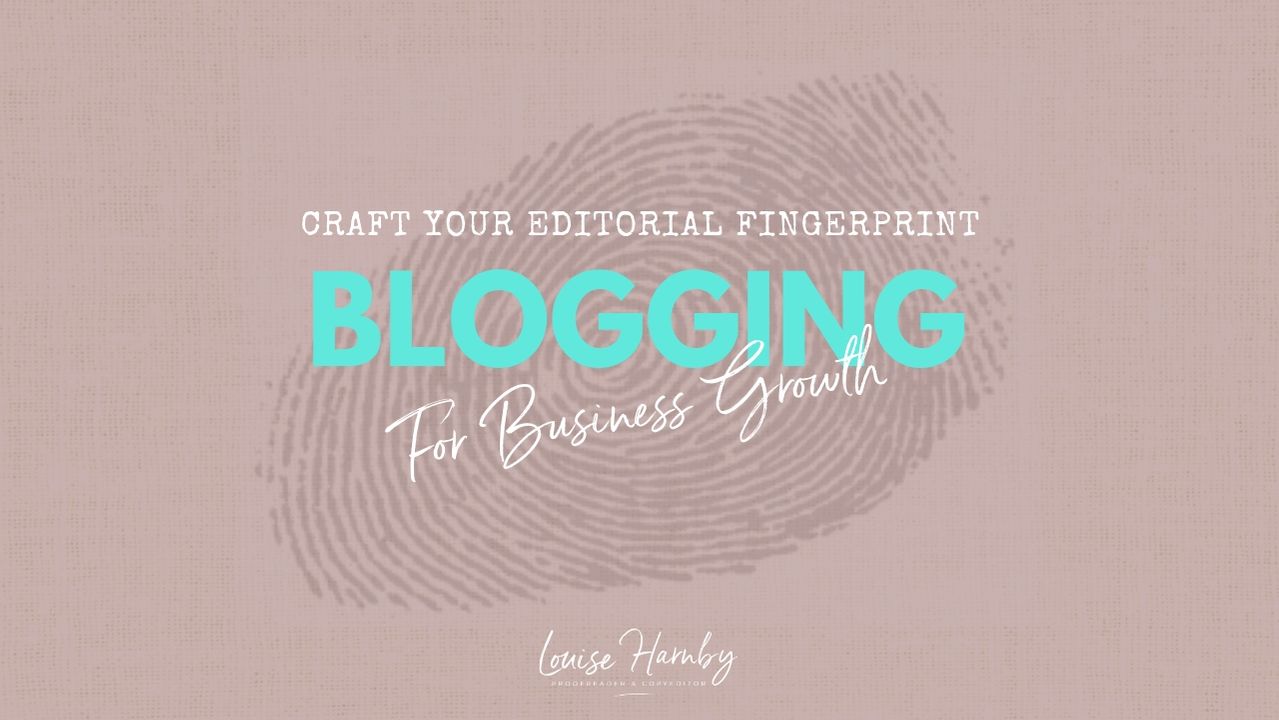
 RSS Feed
RSS Feed





